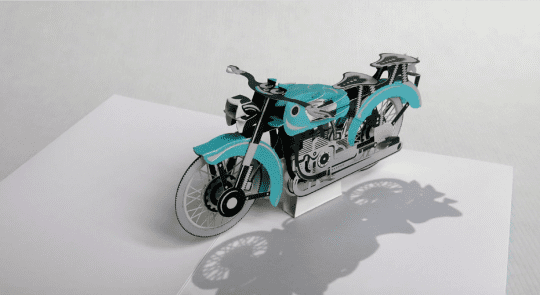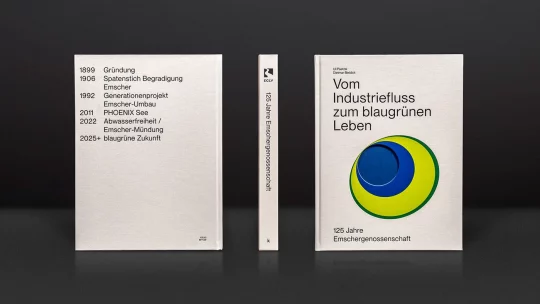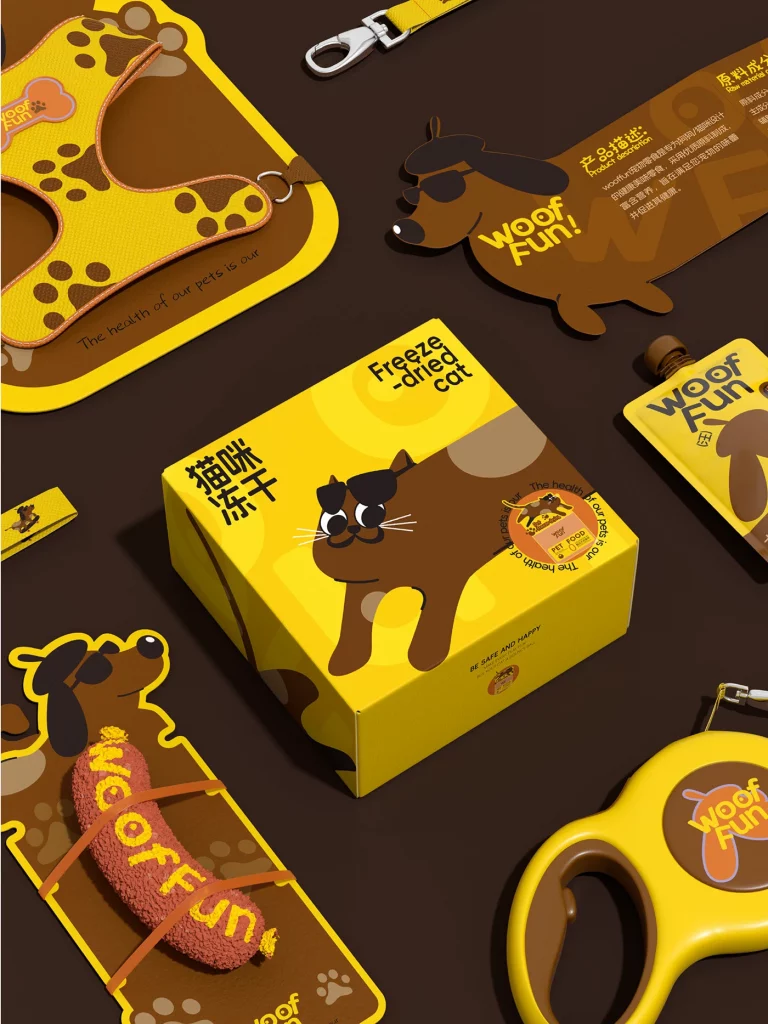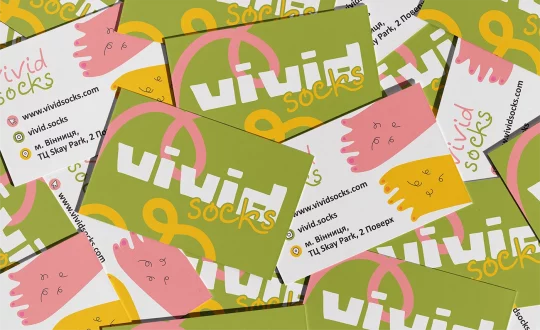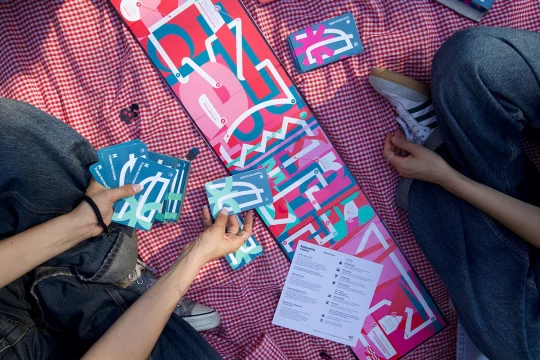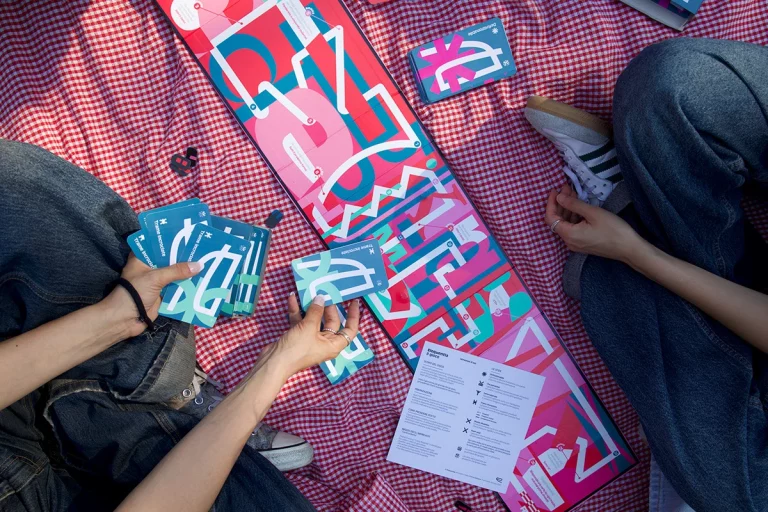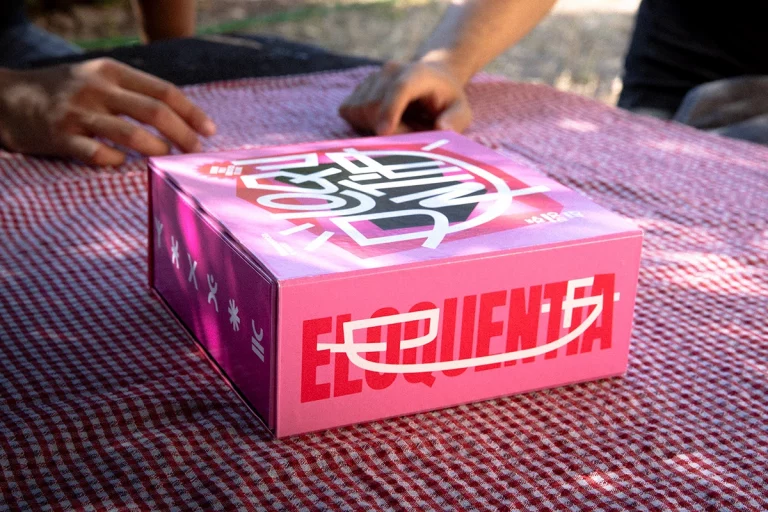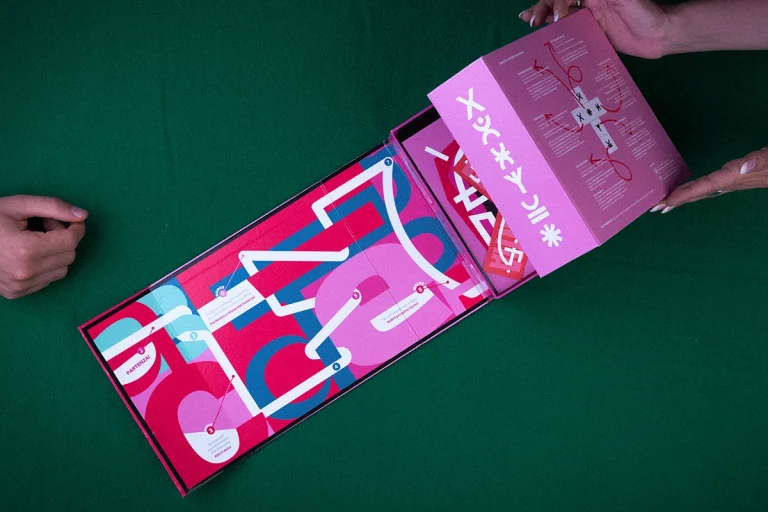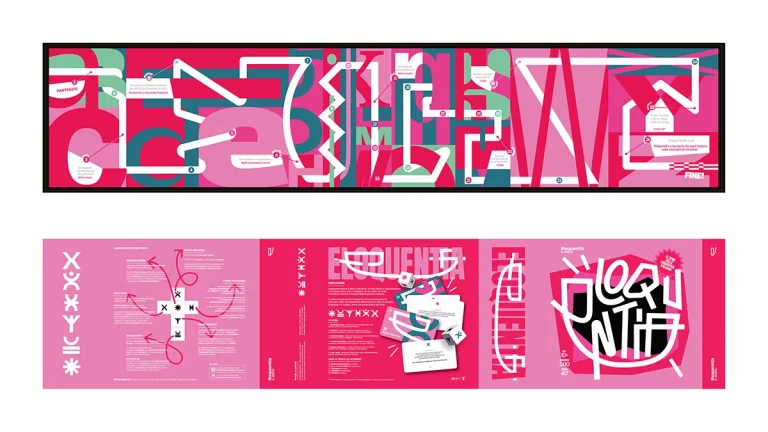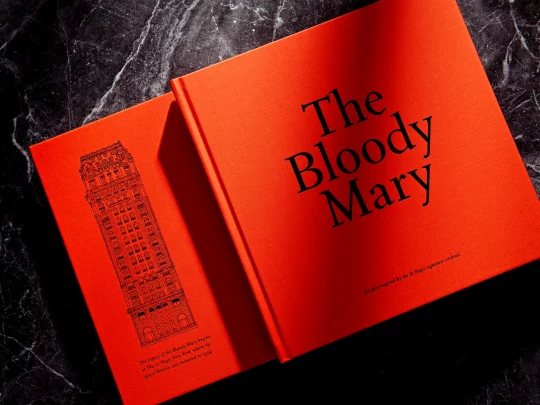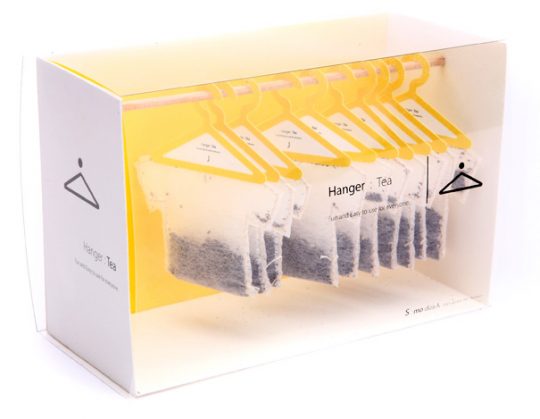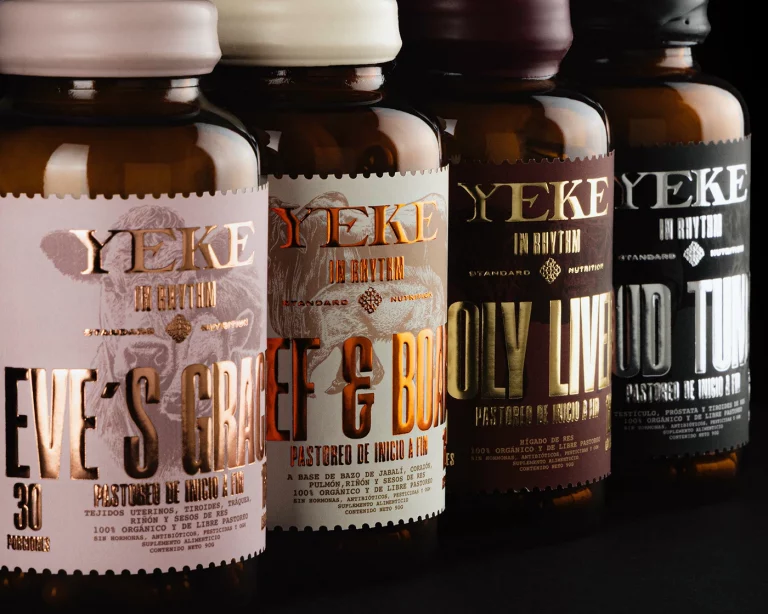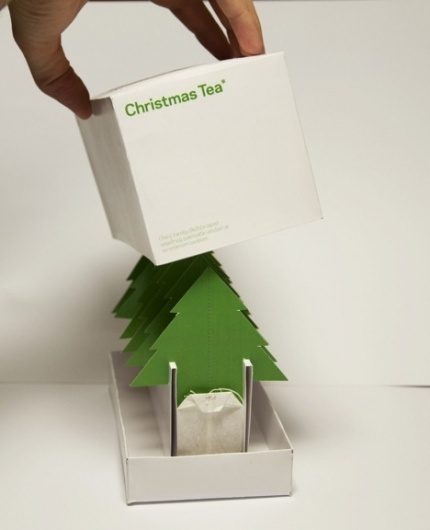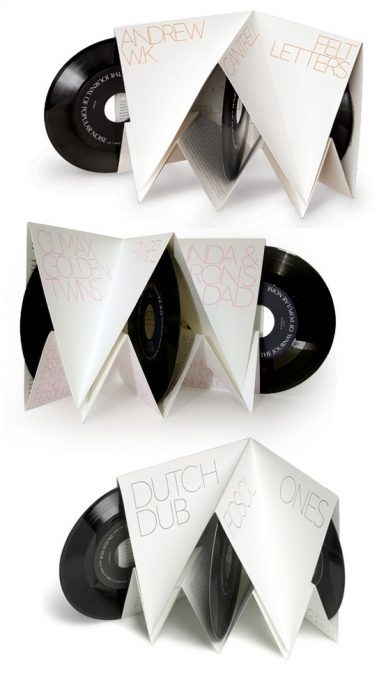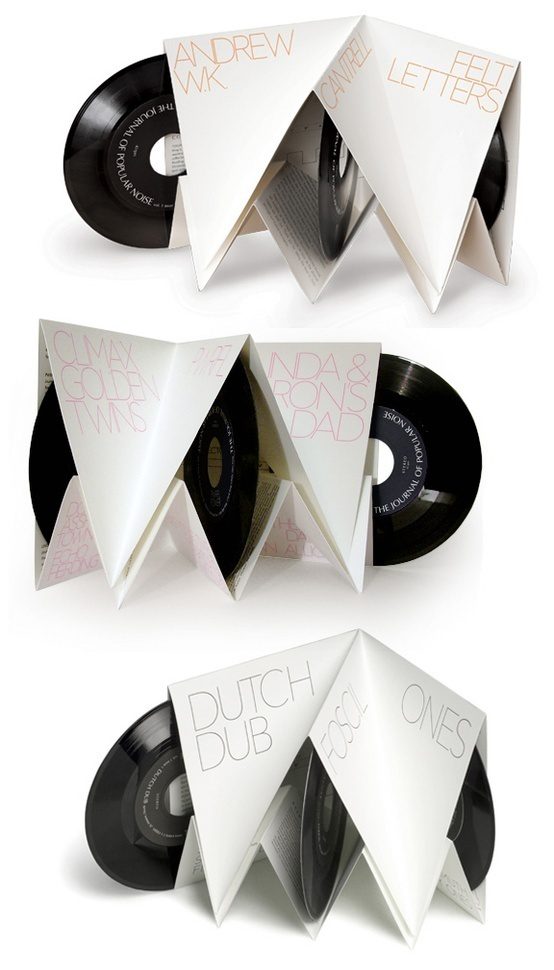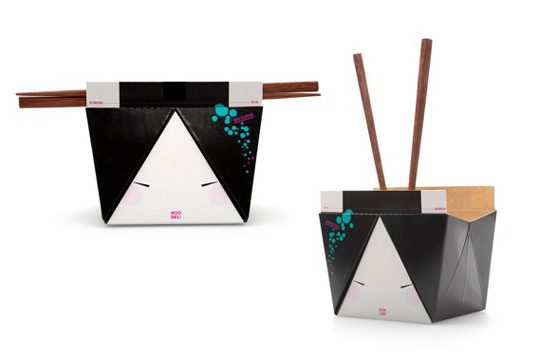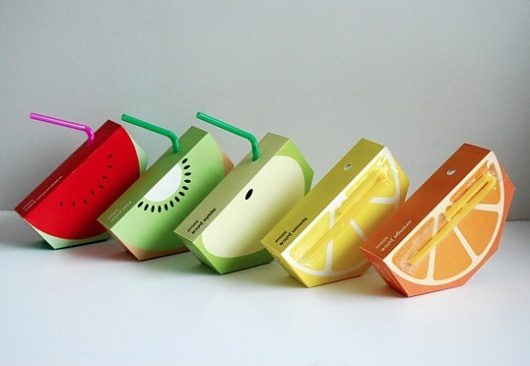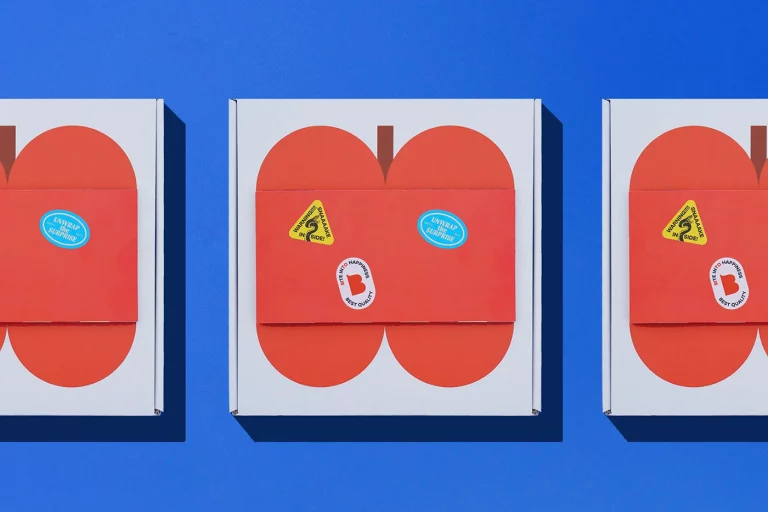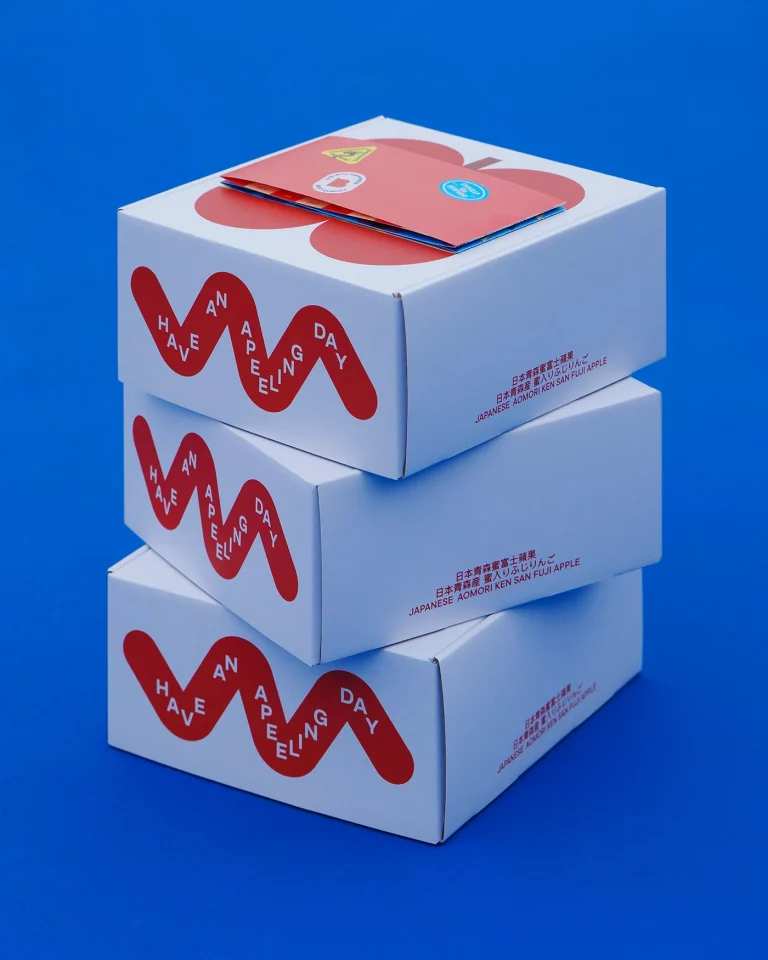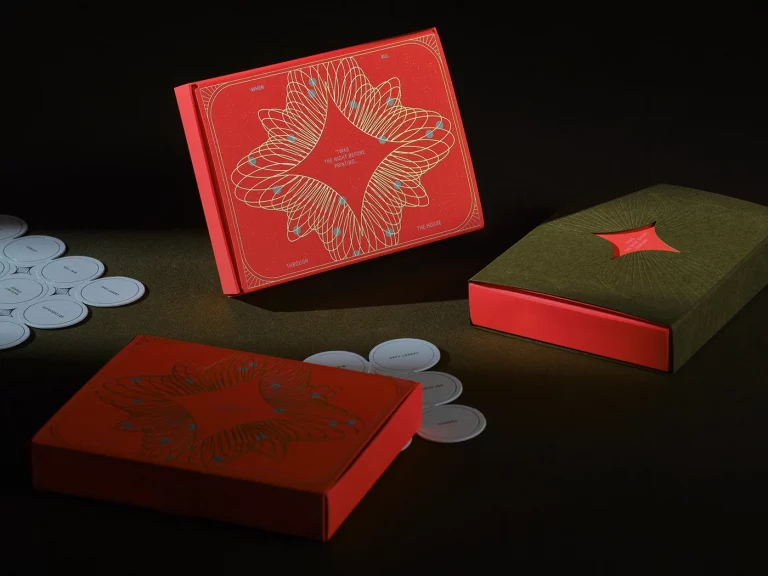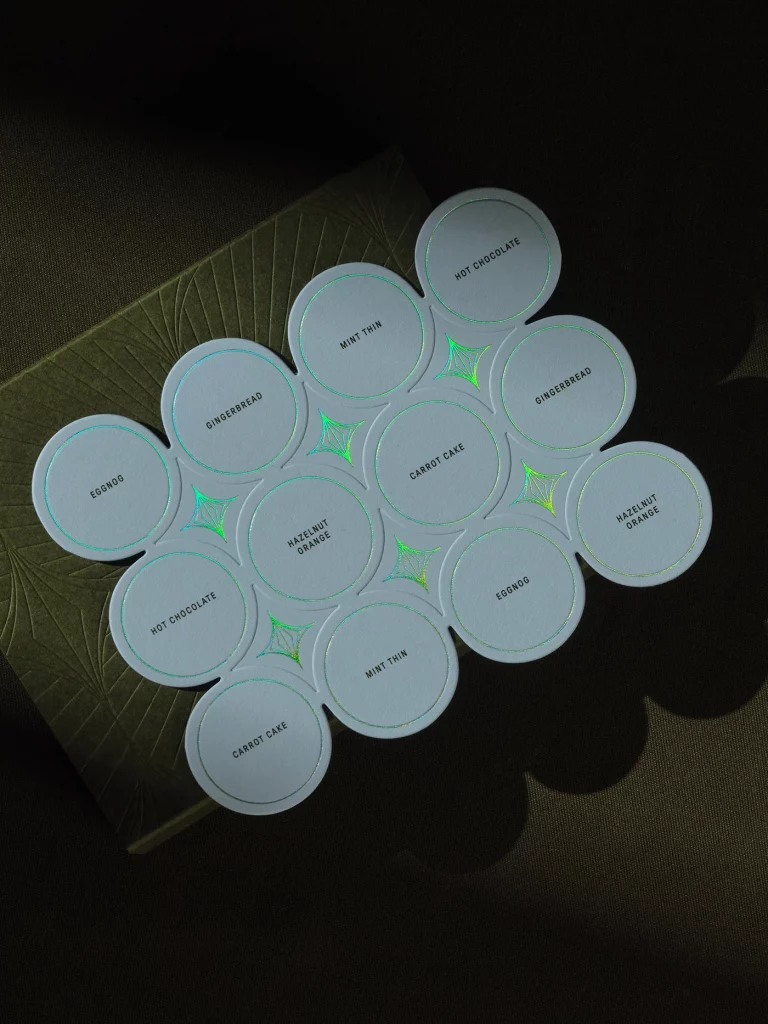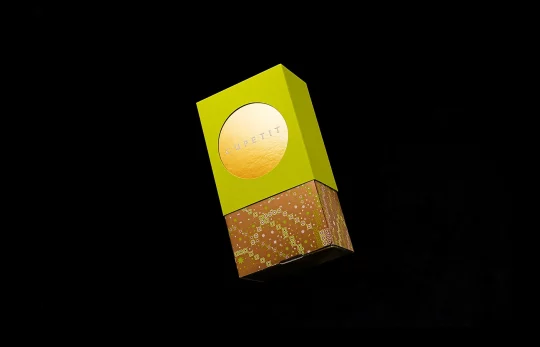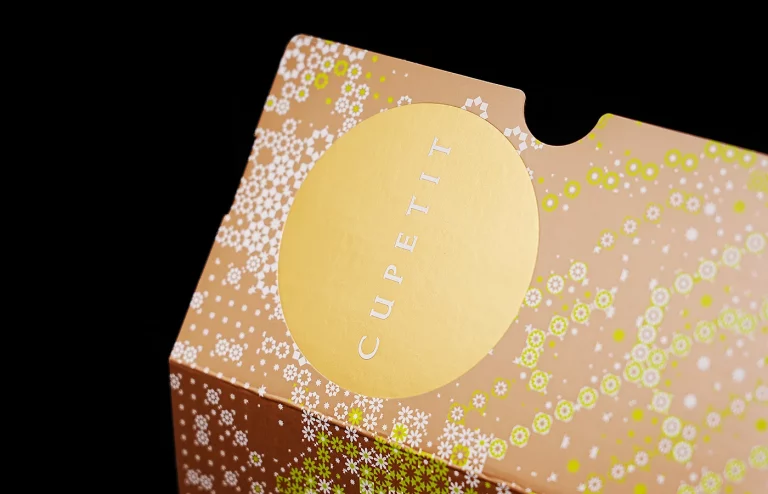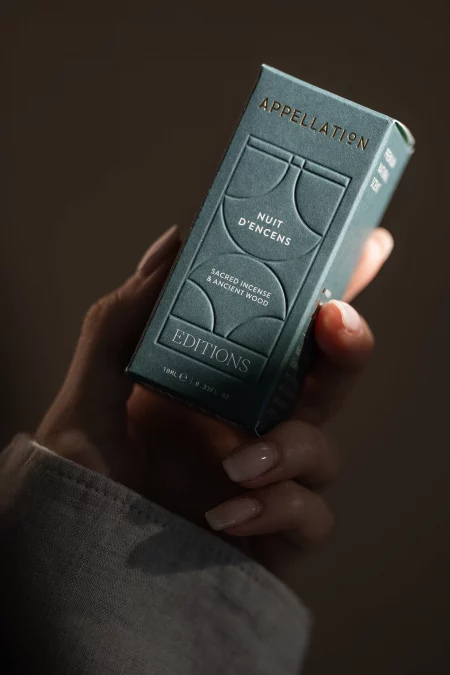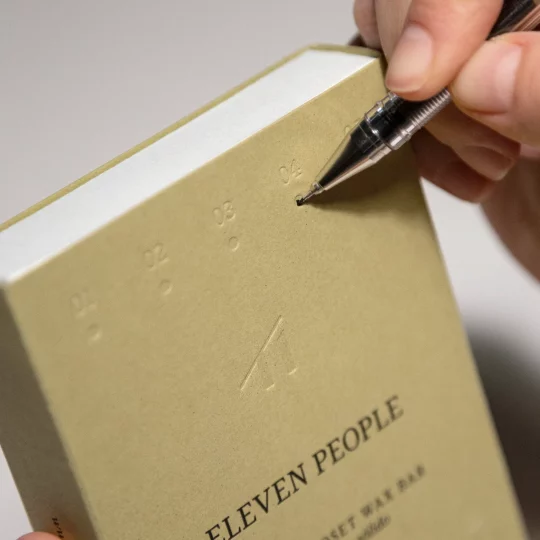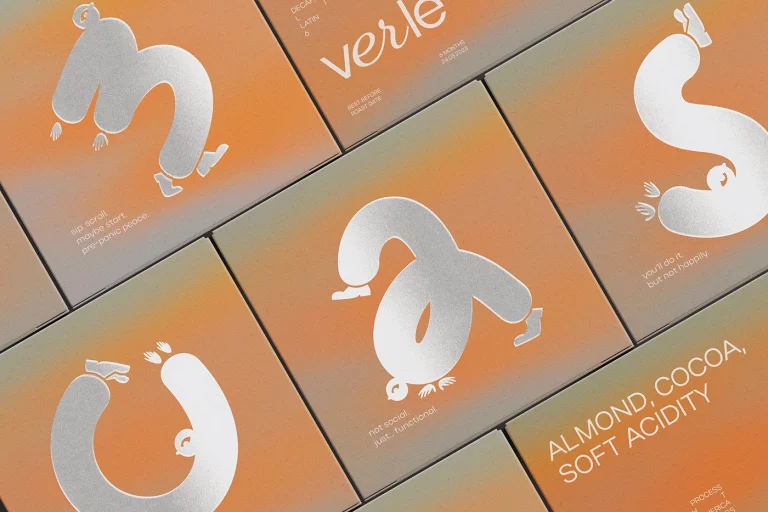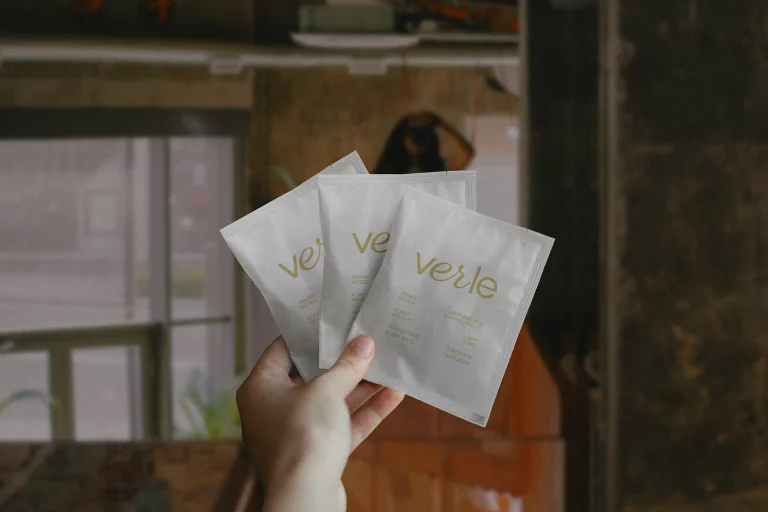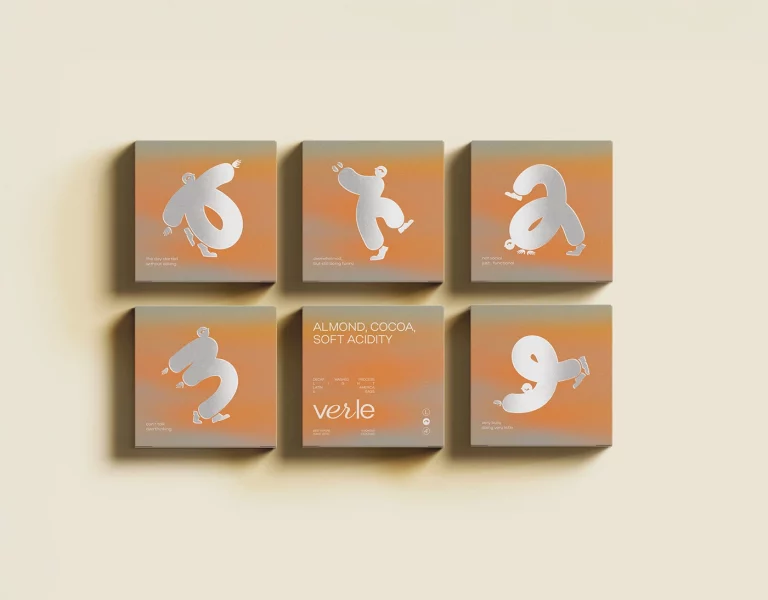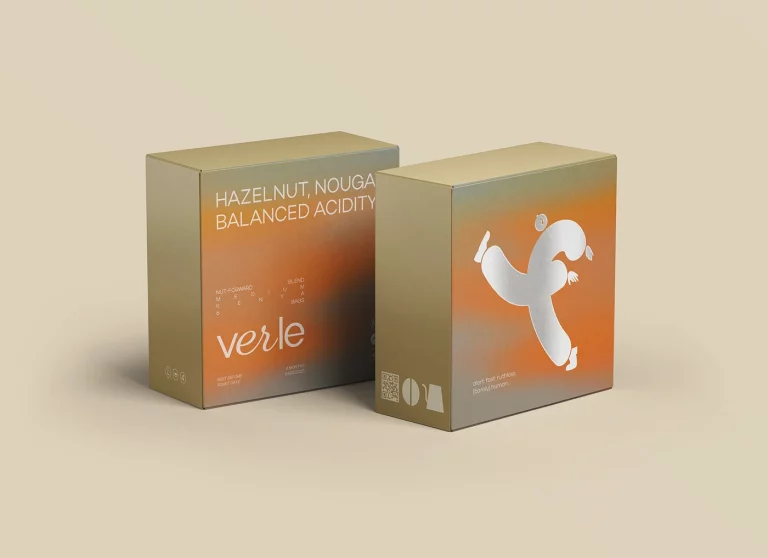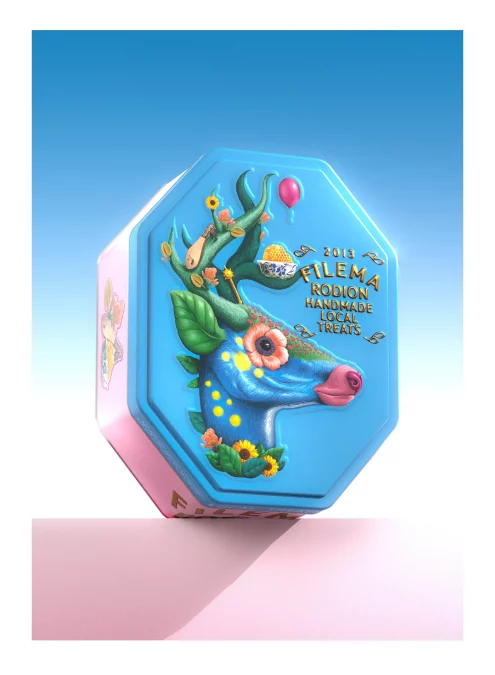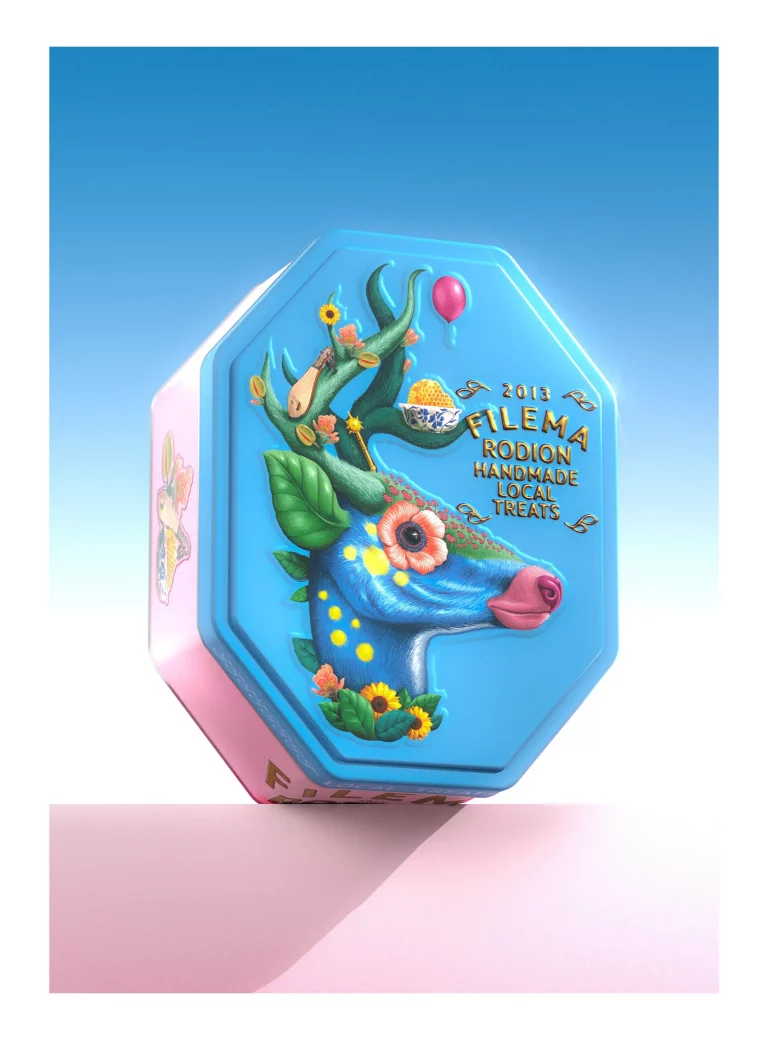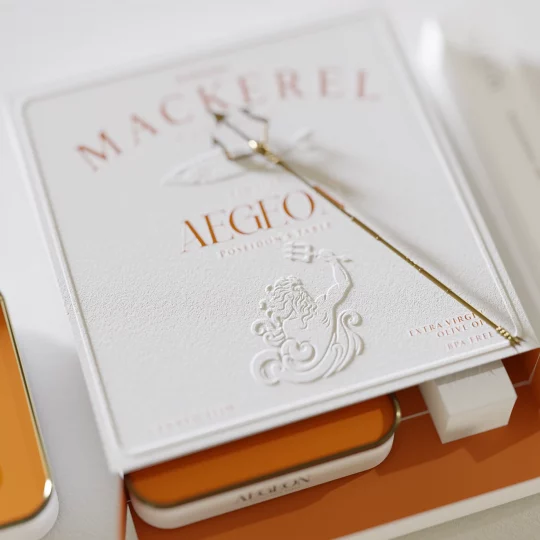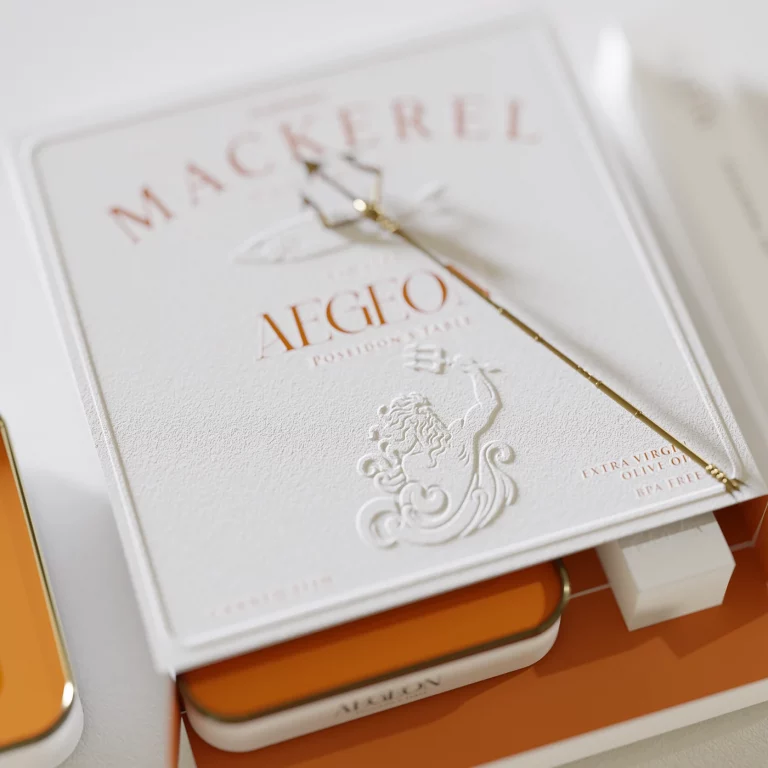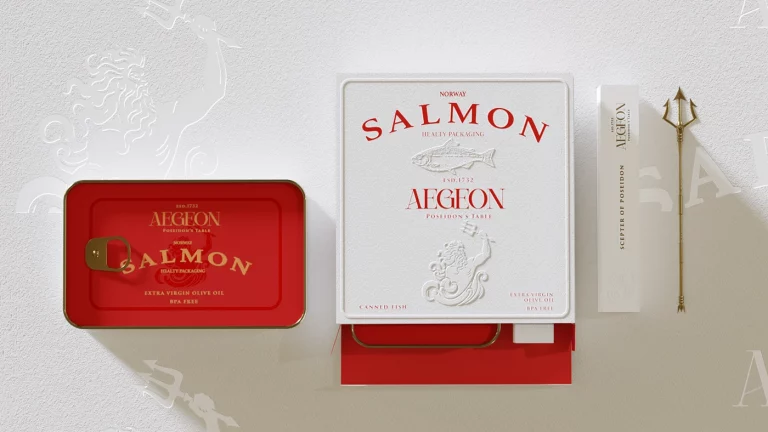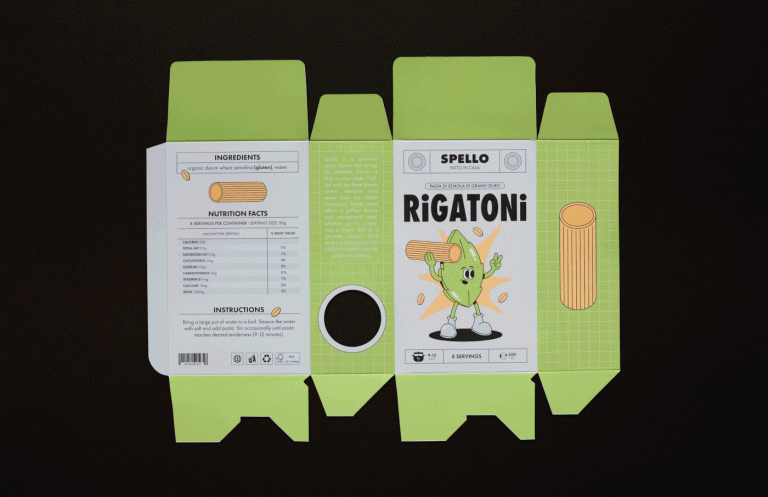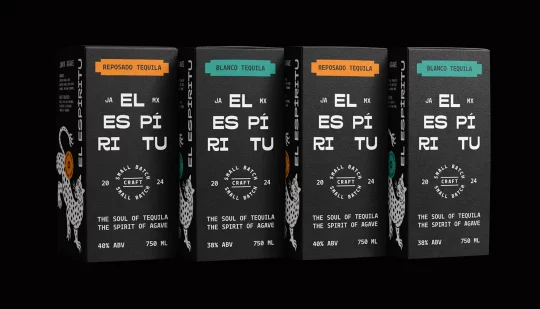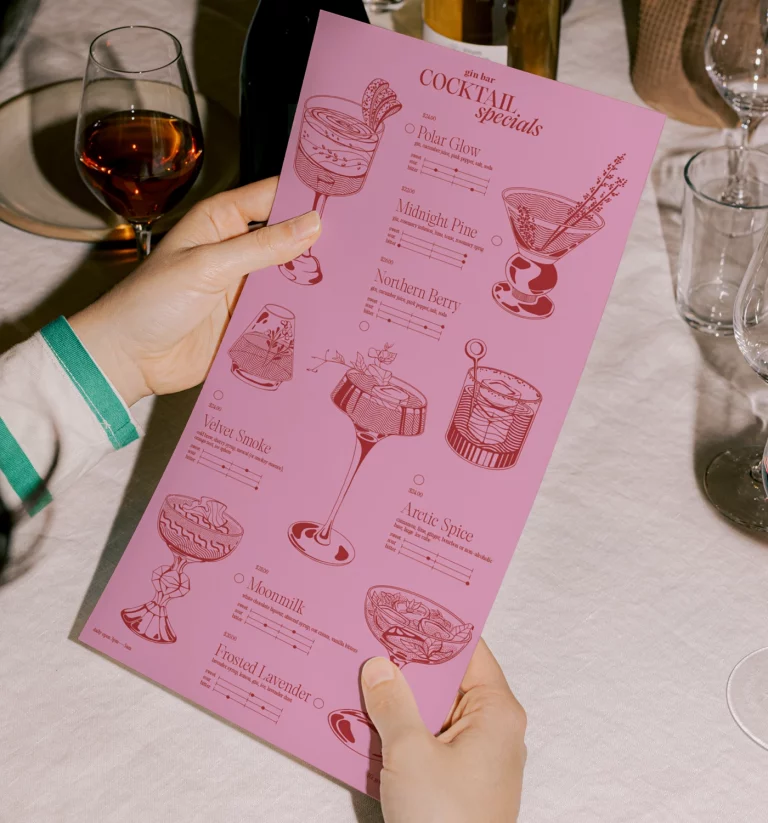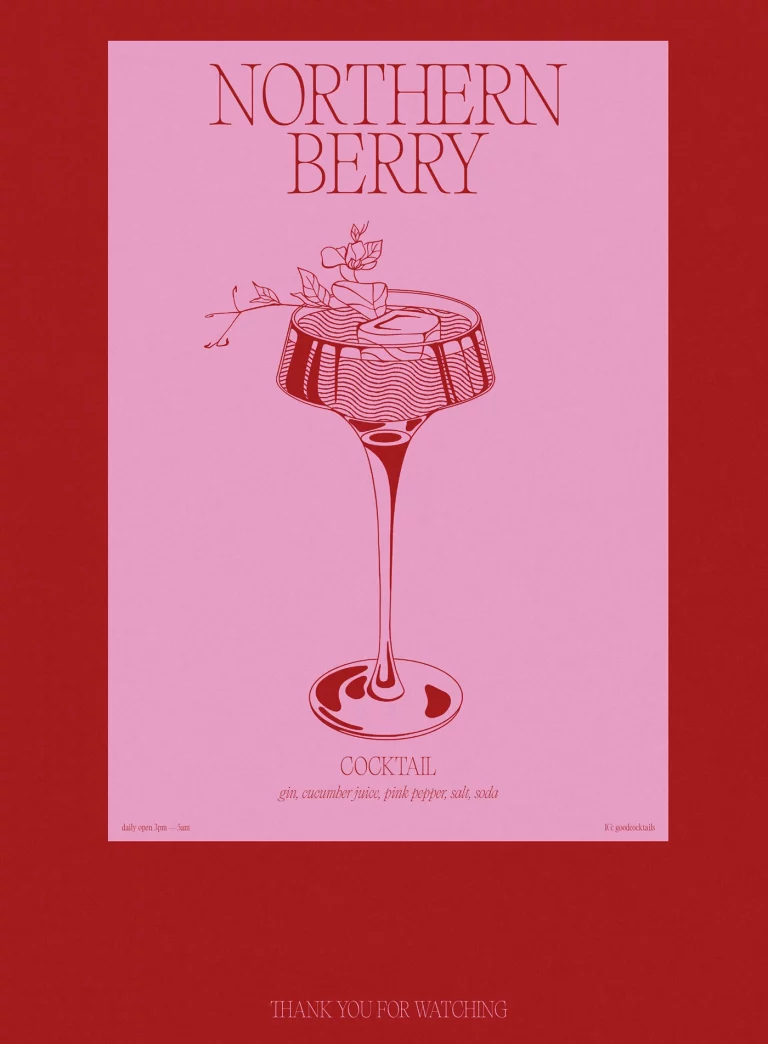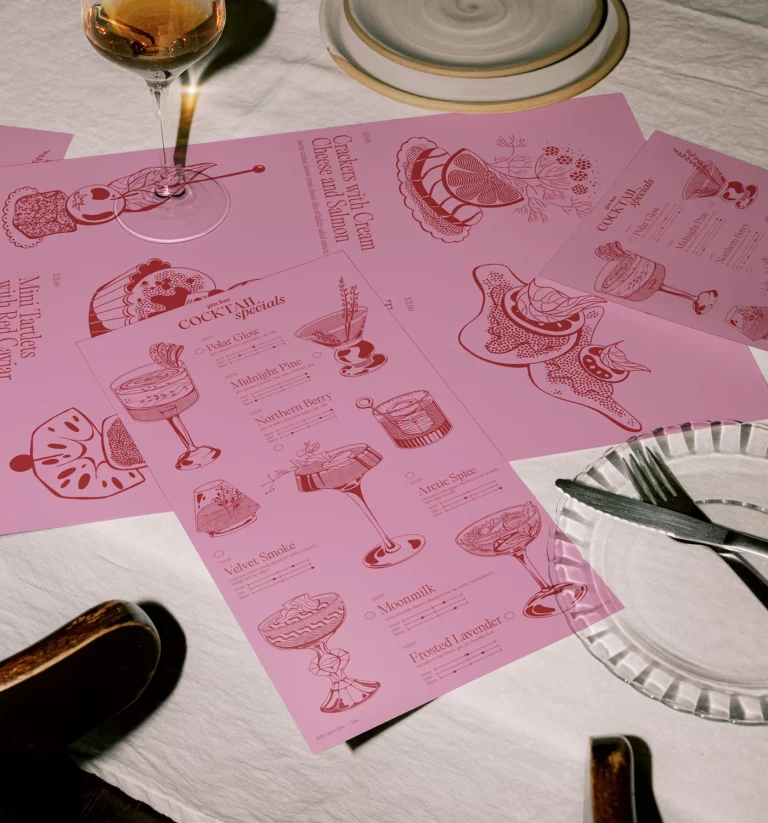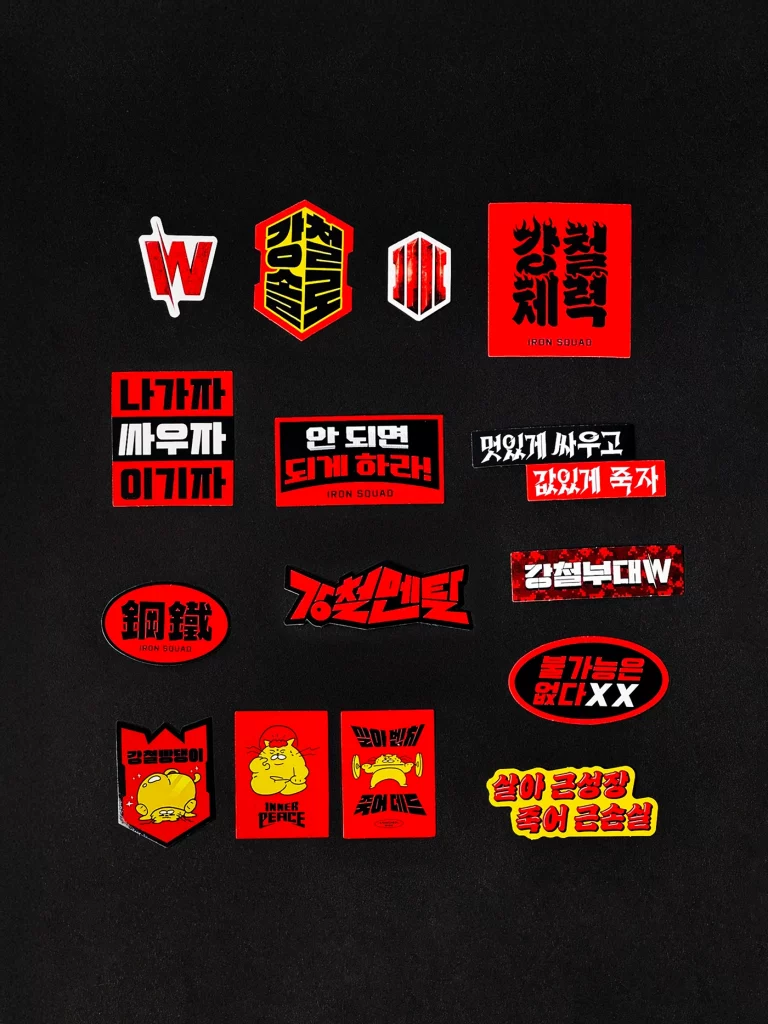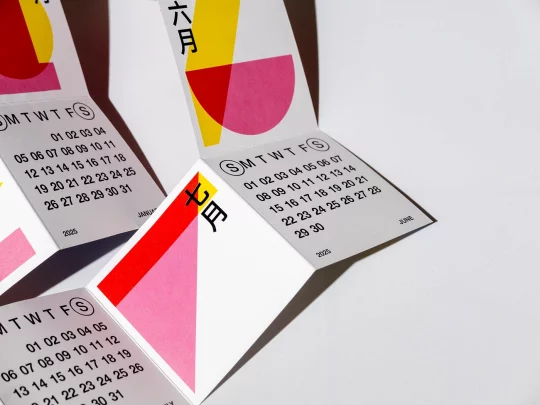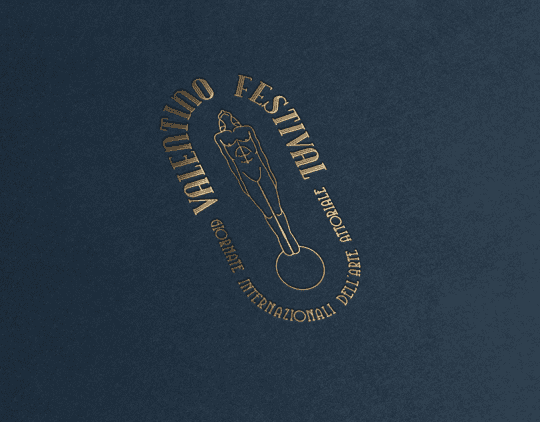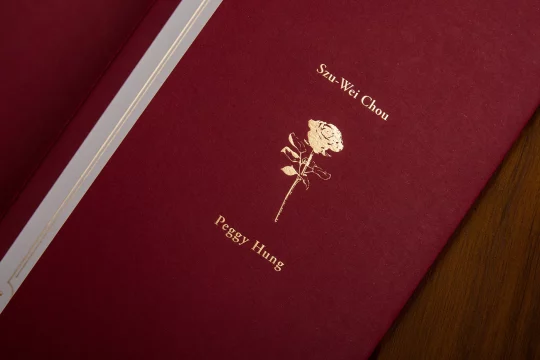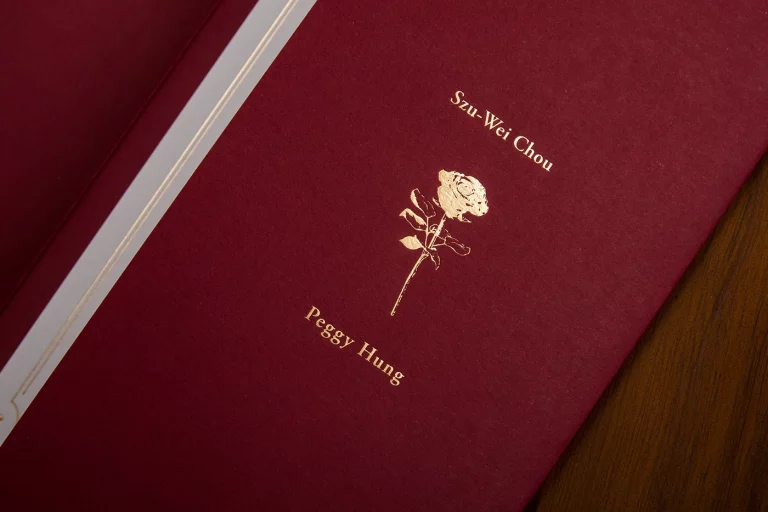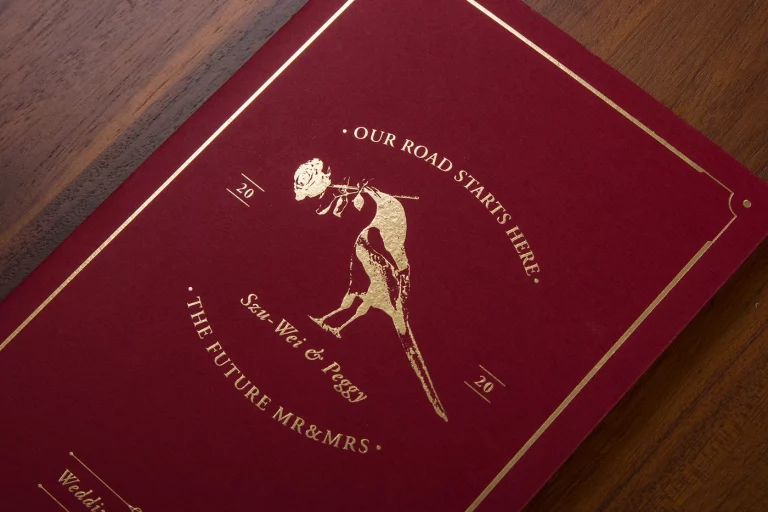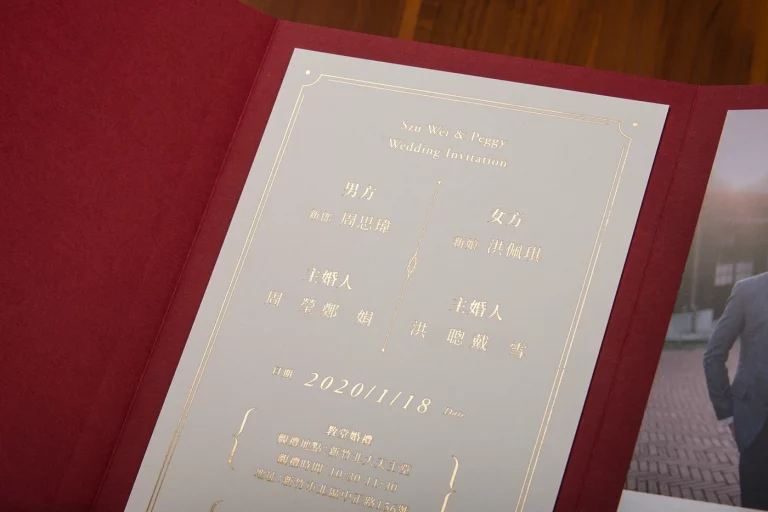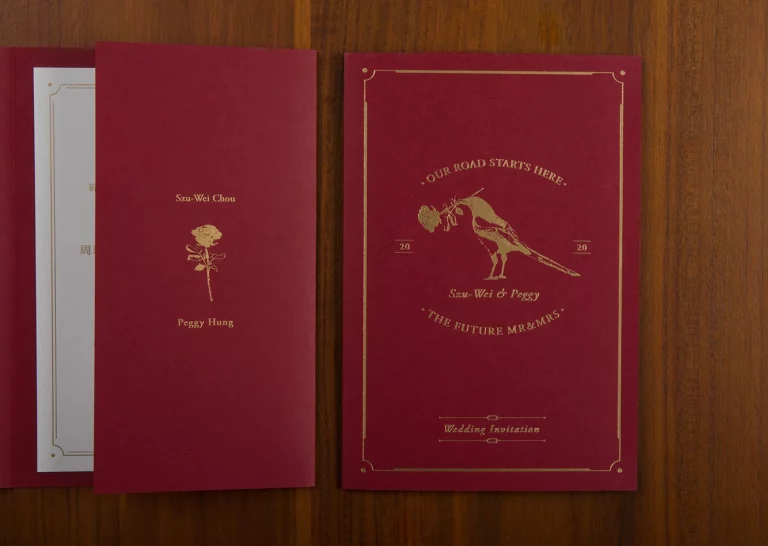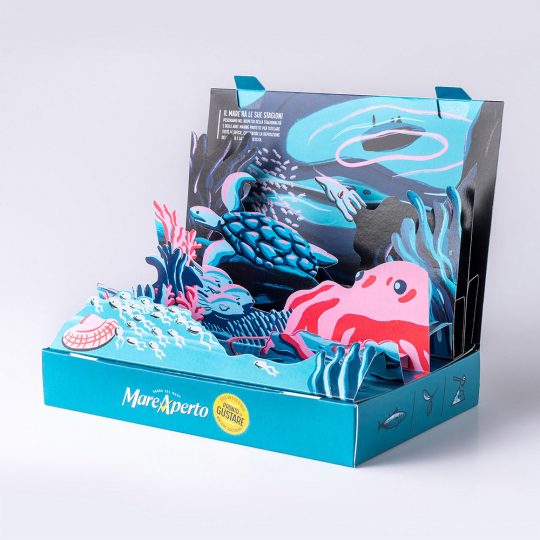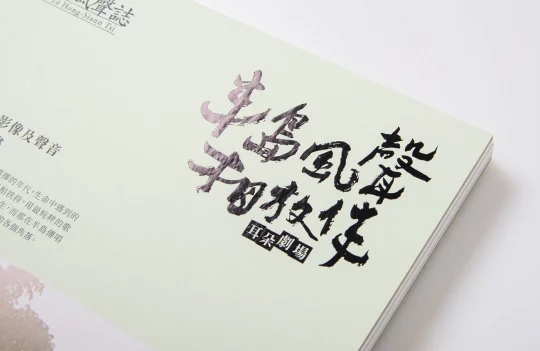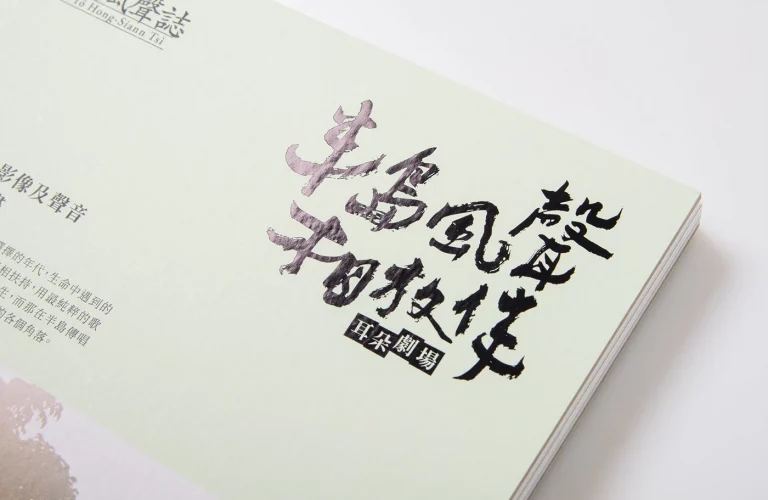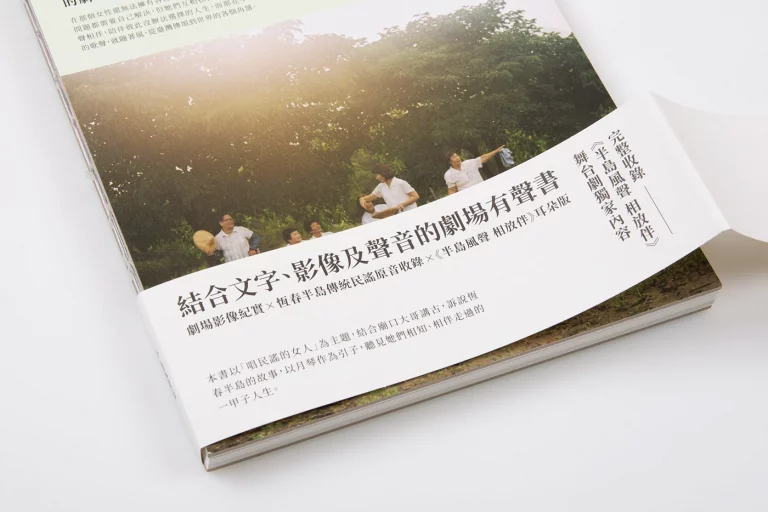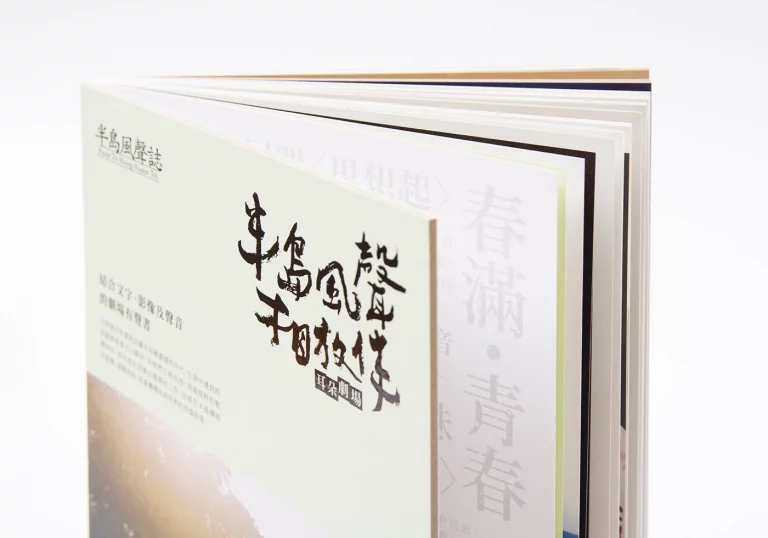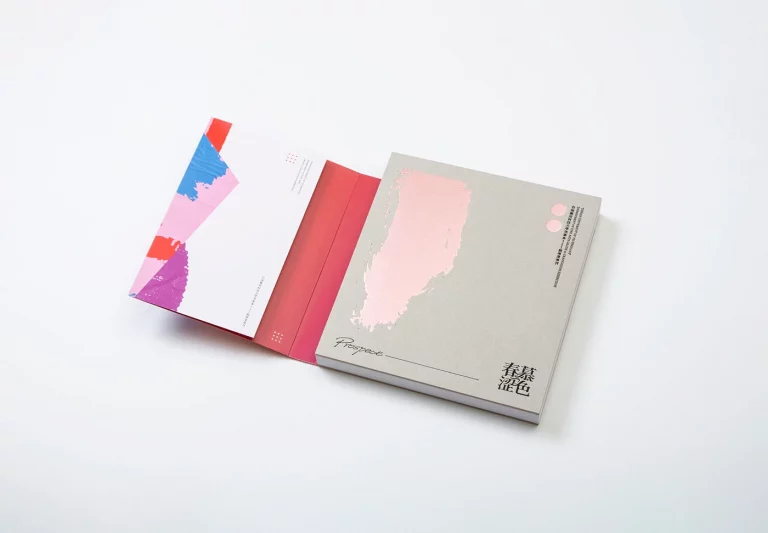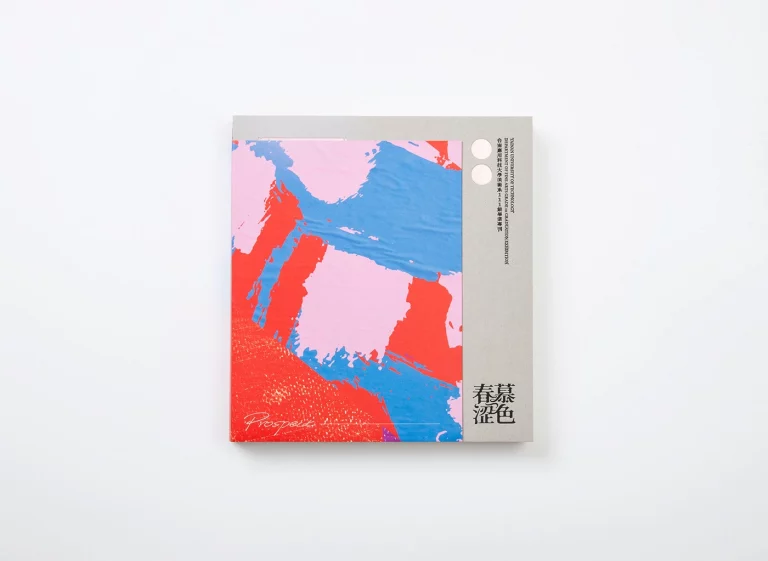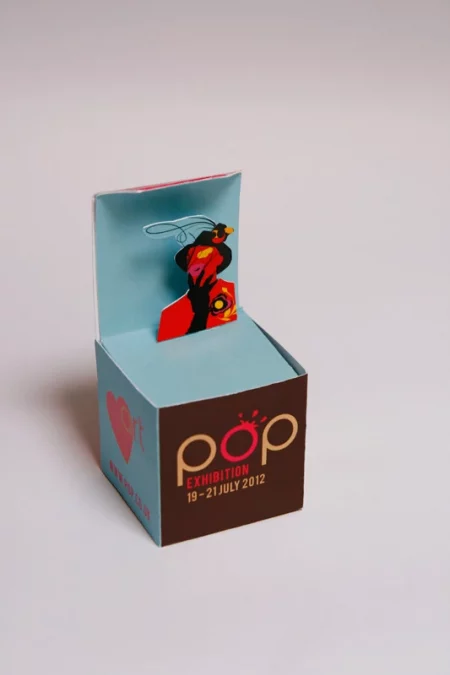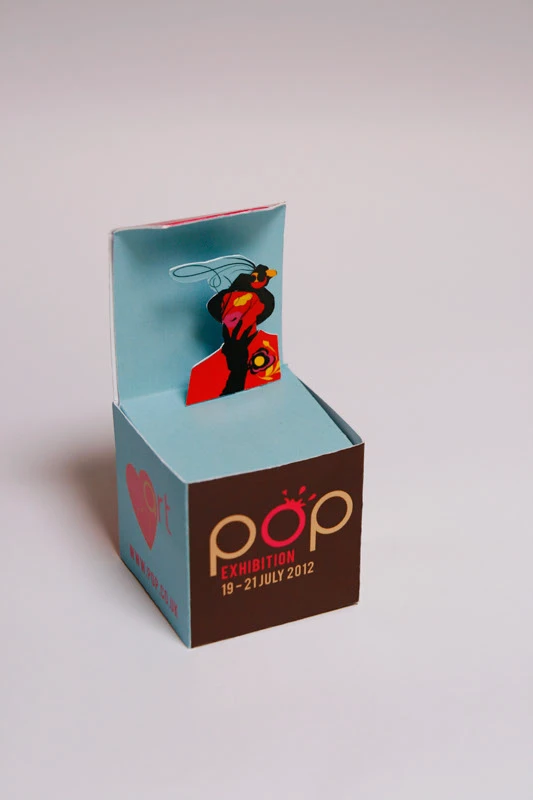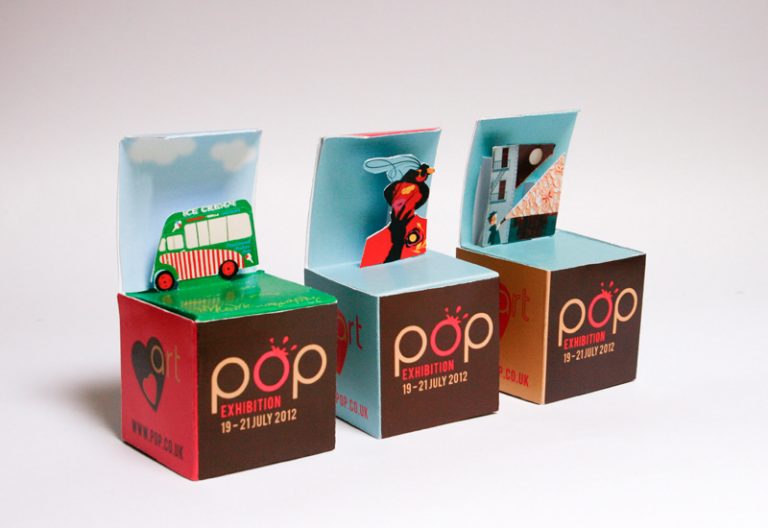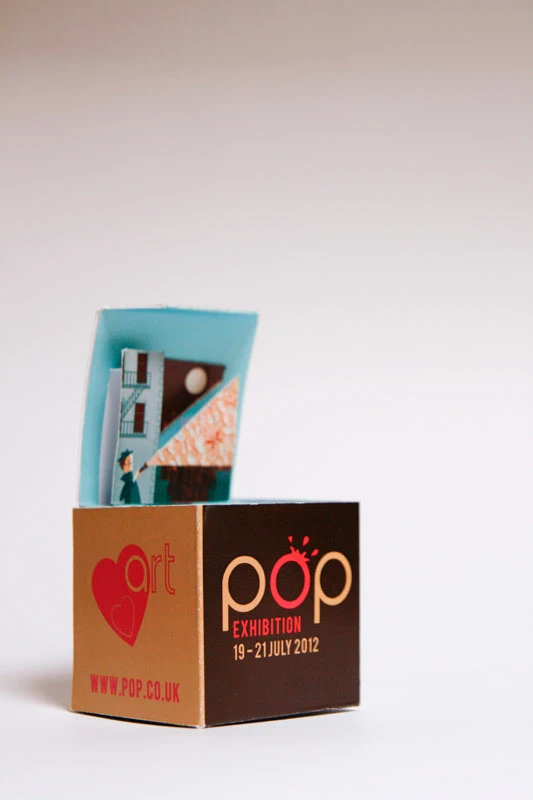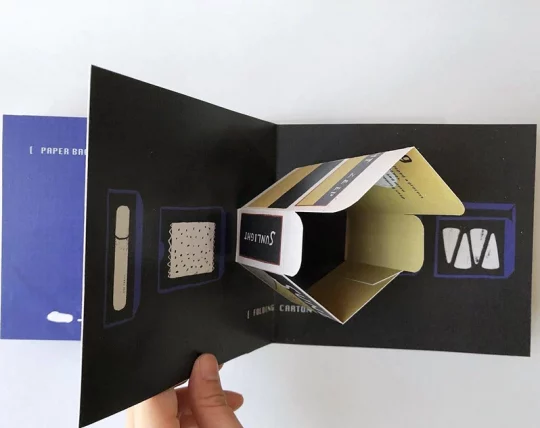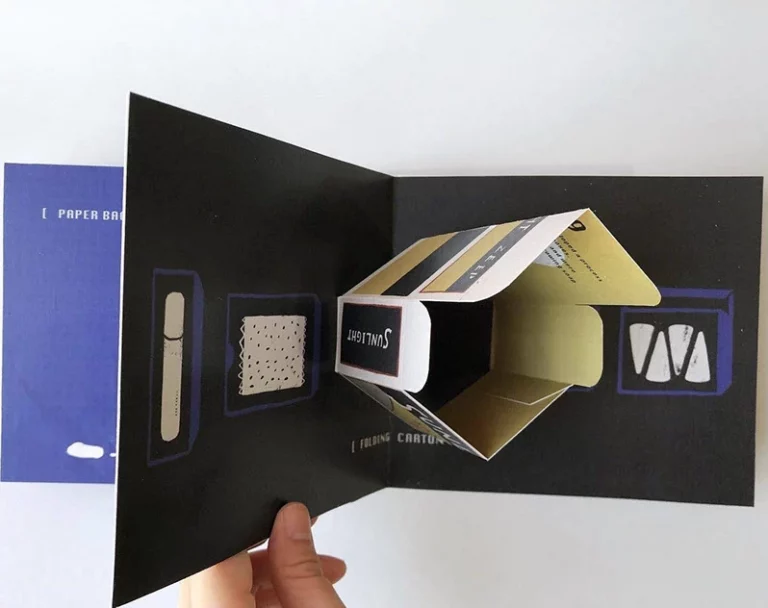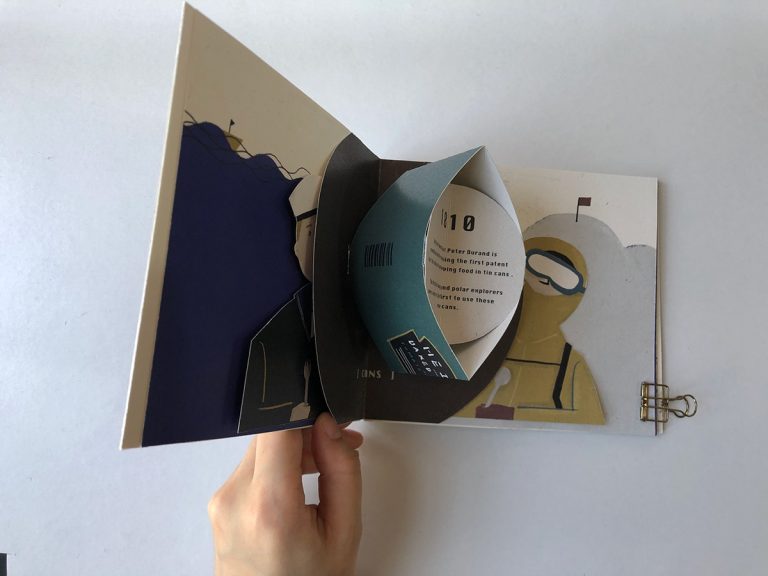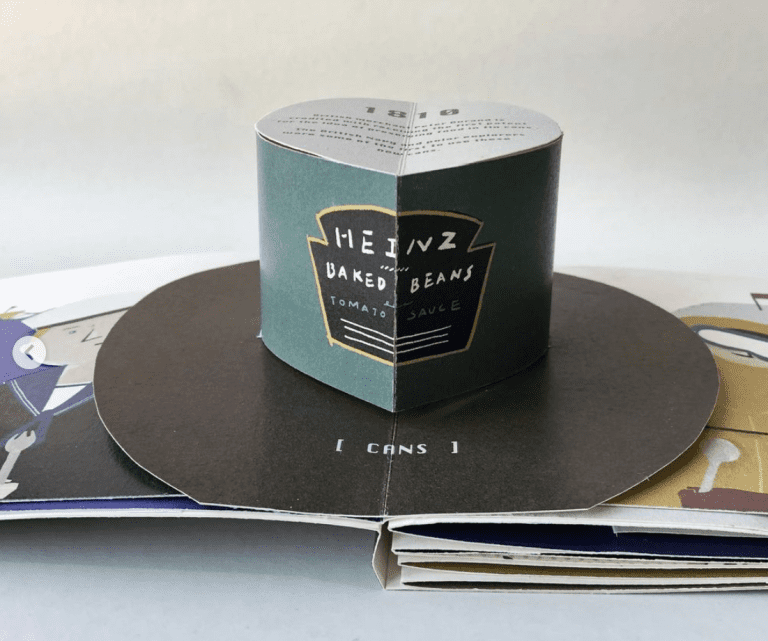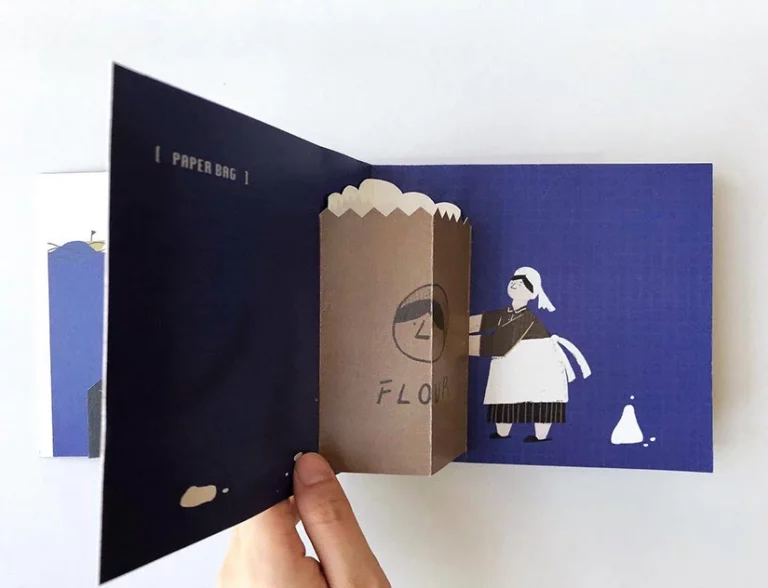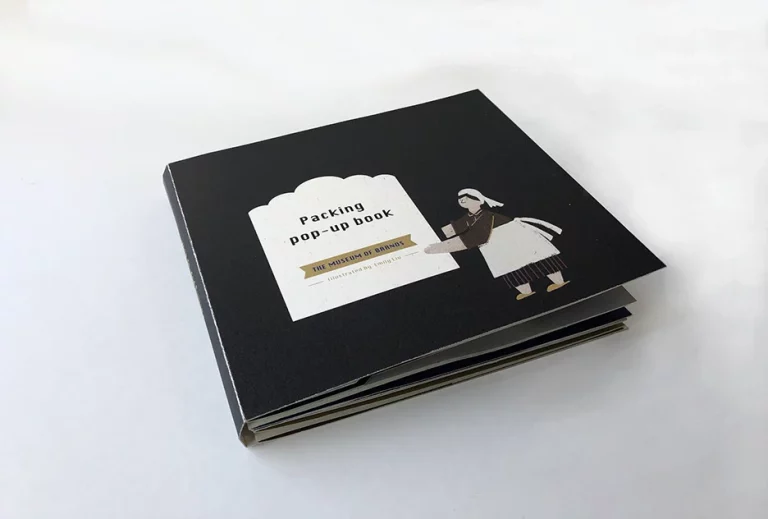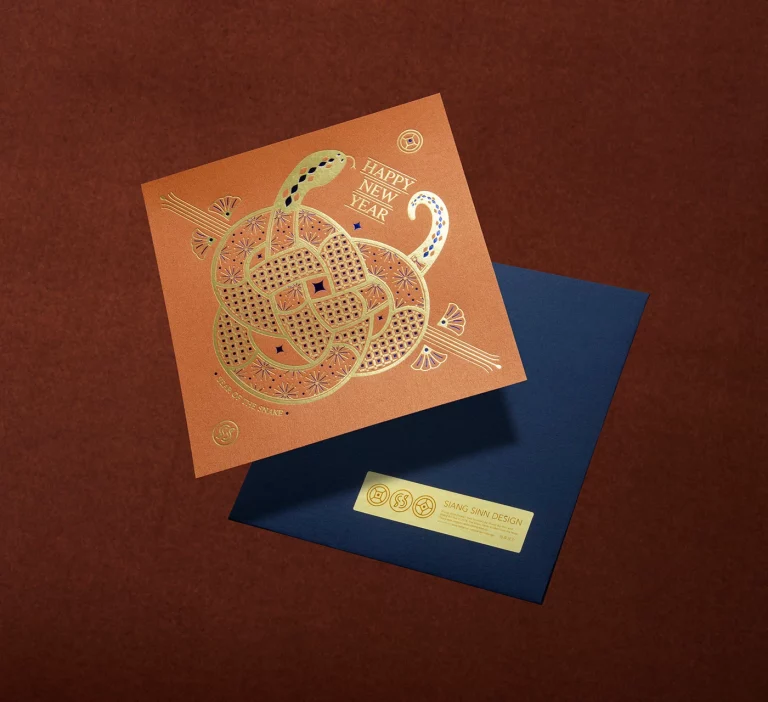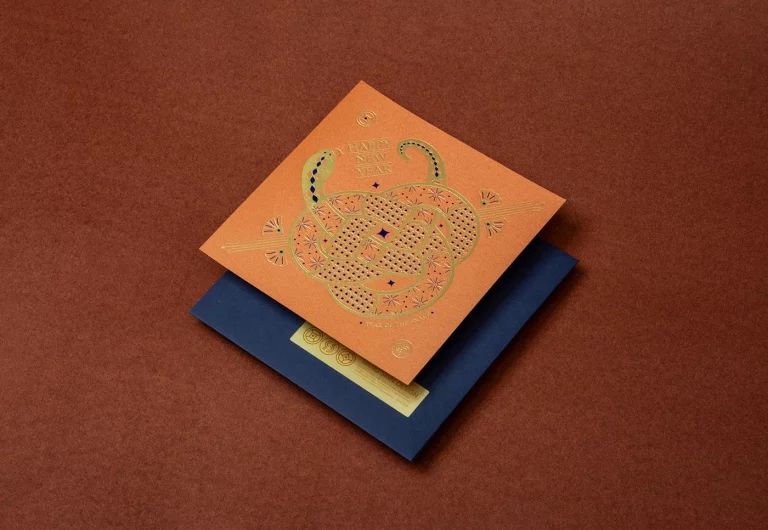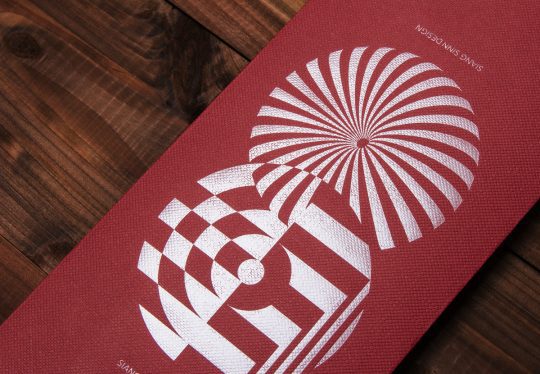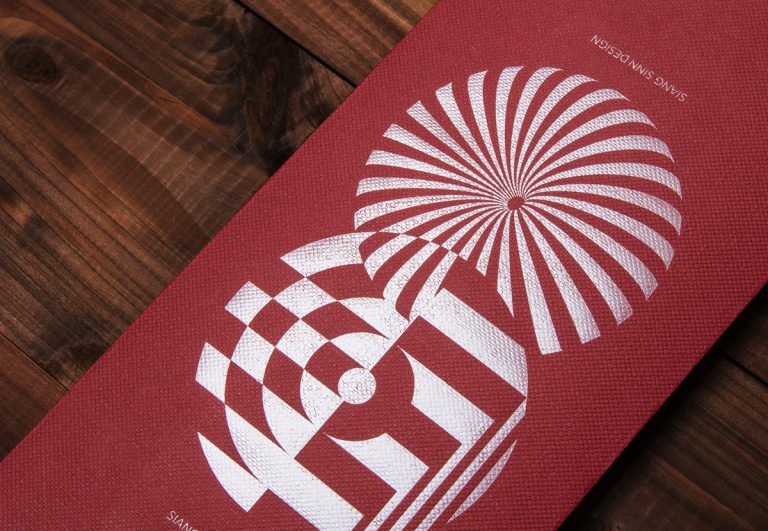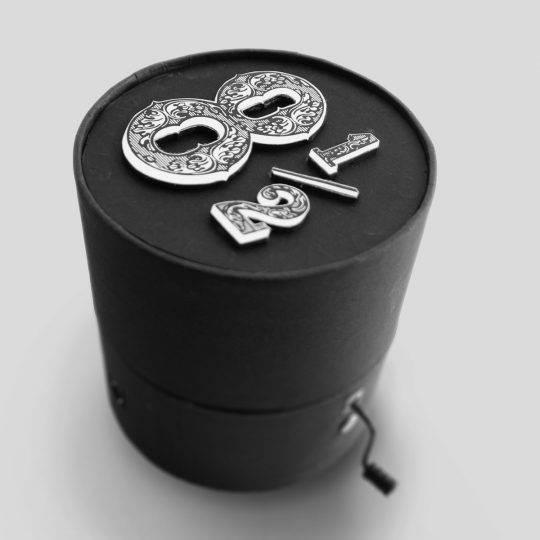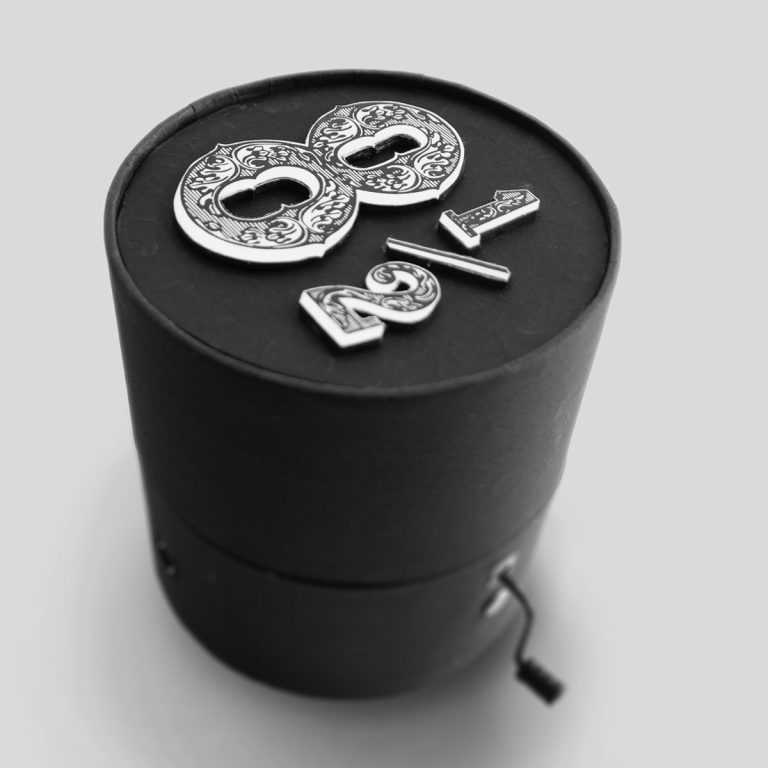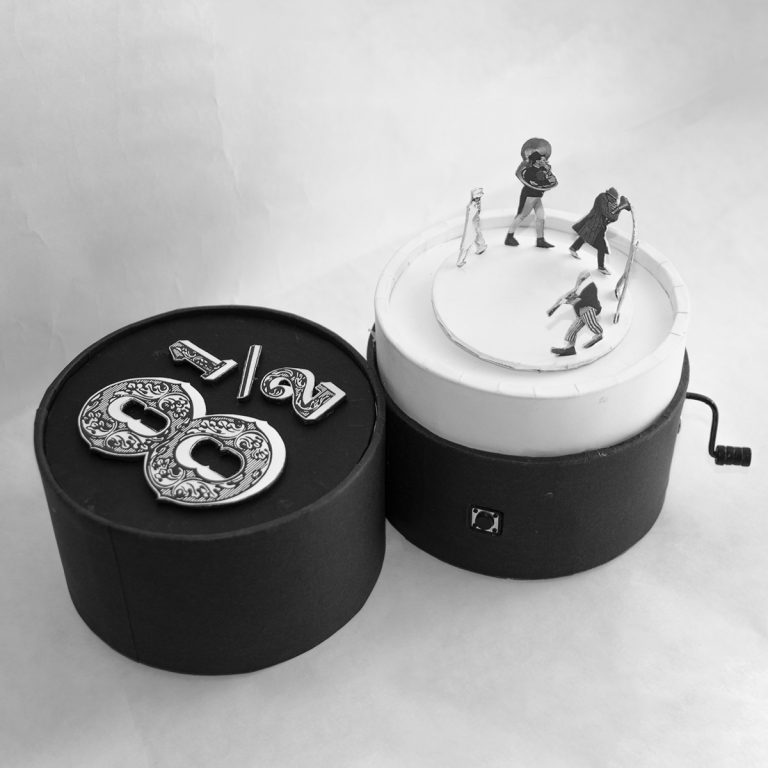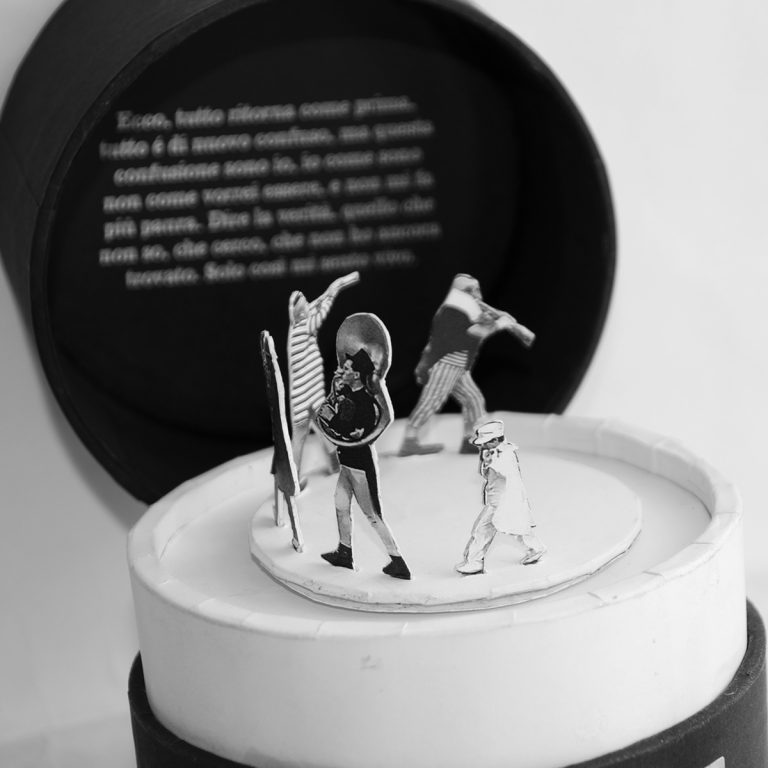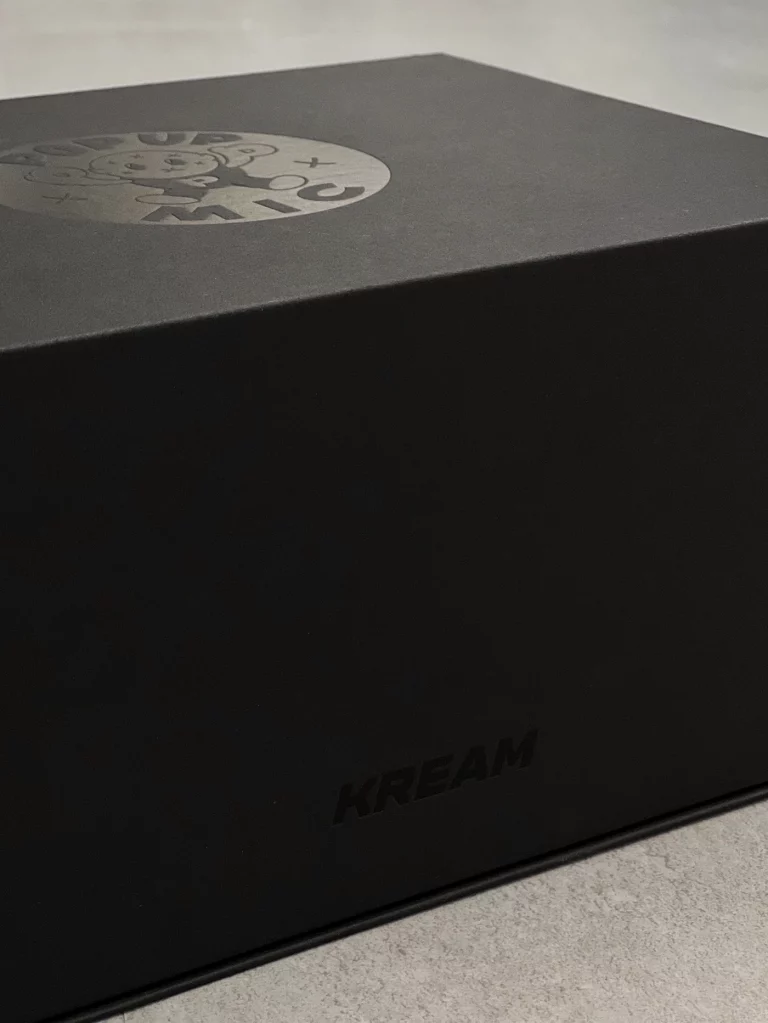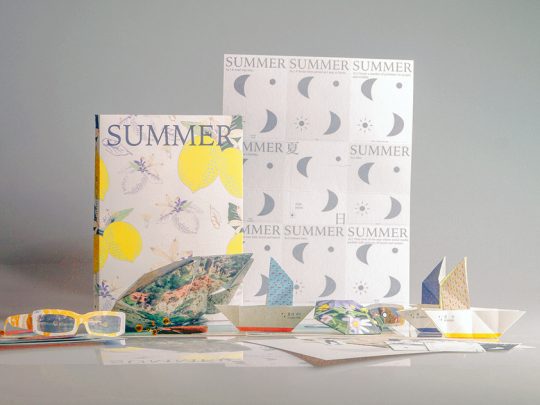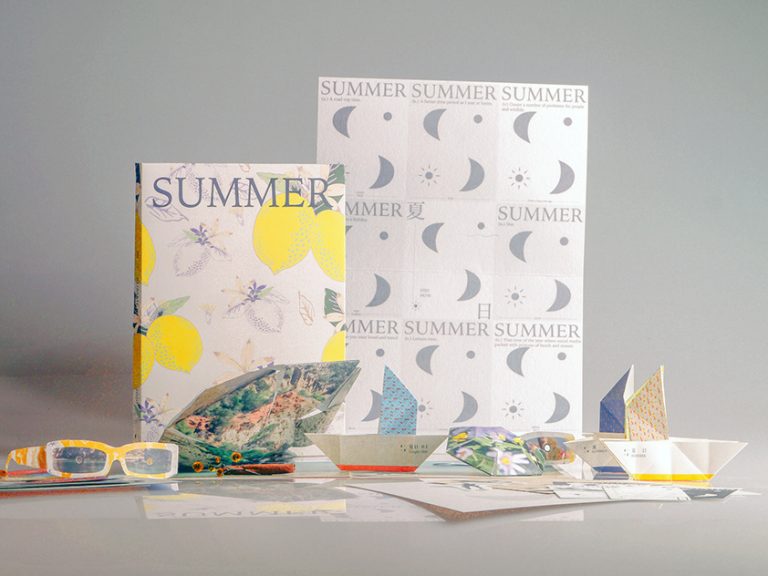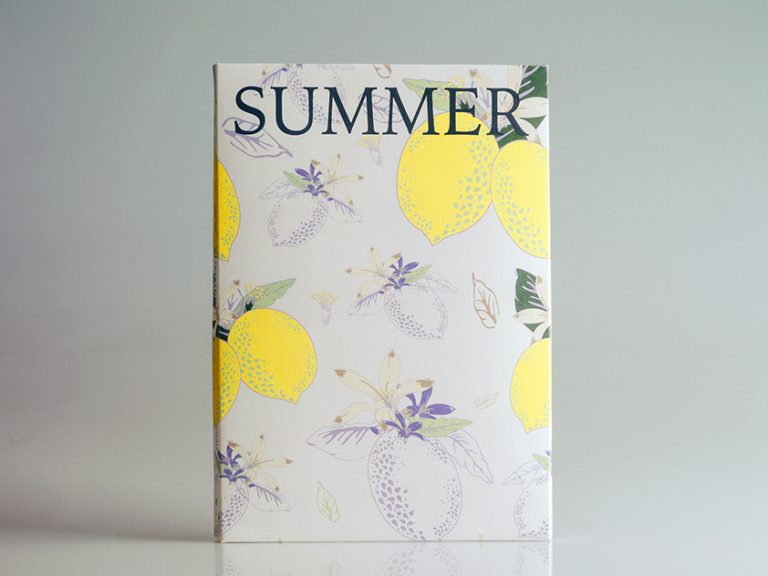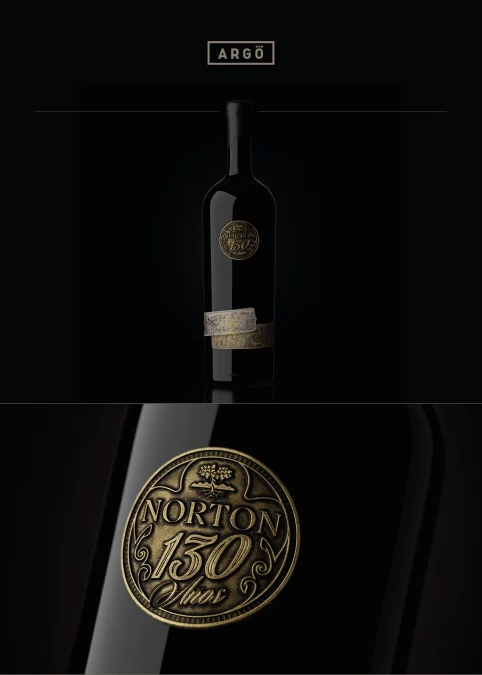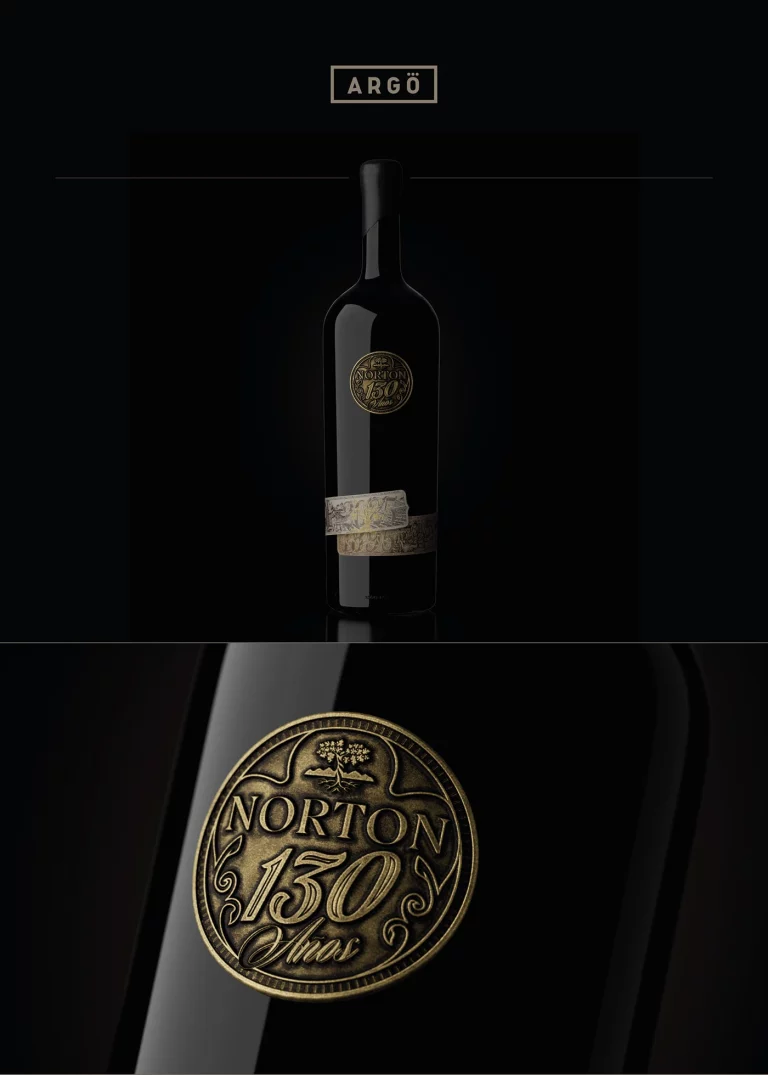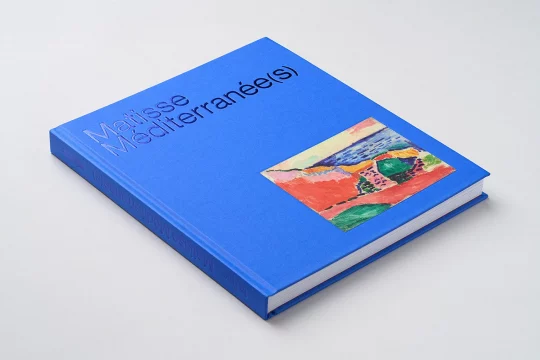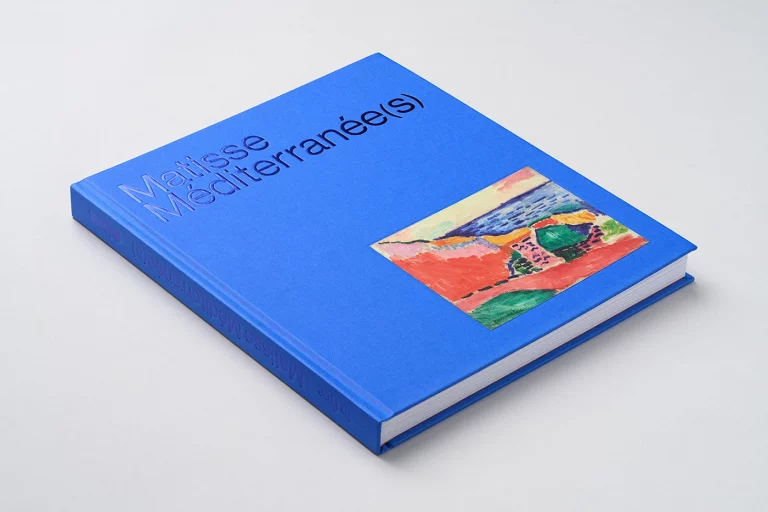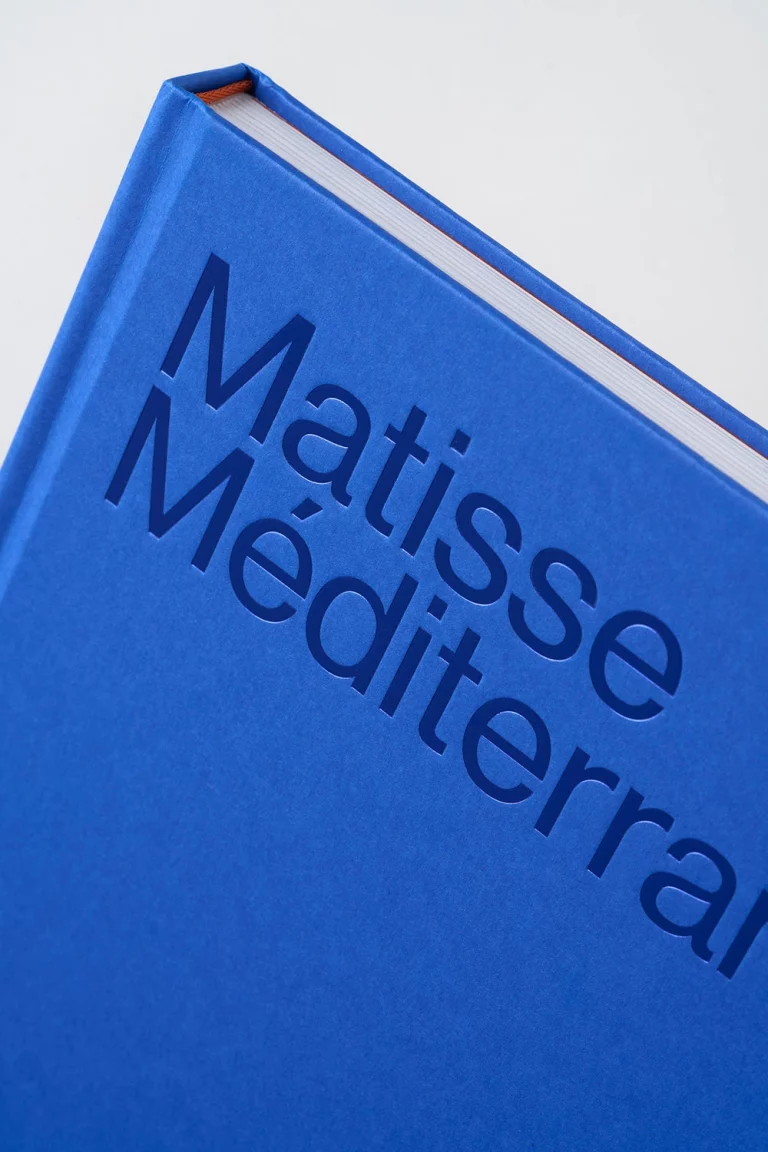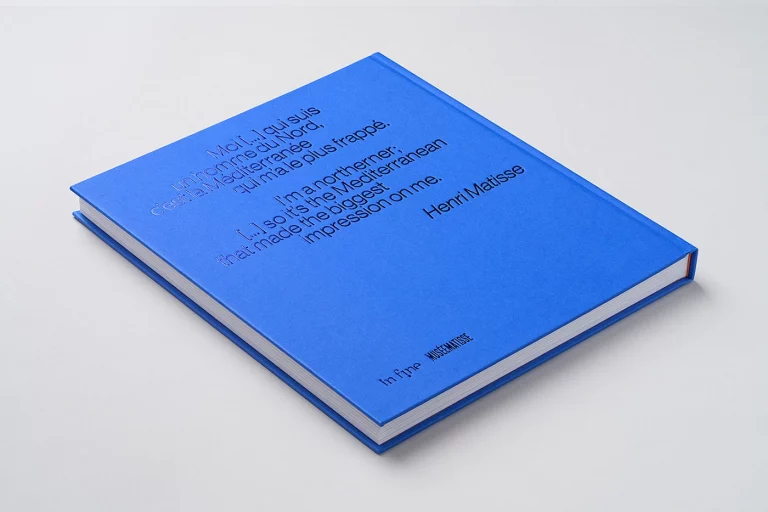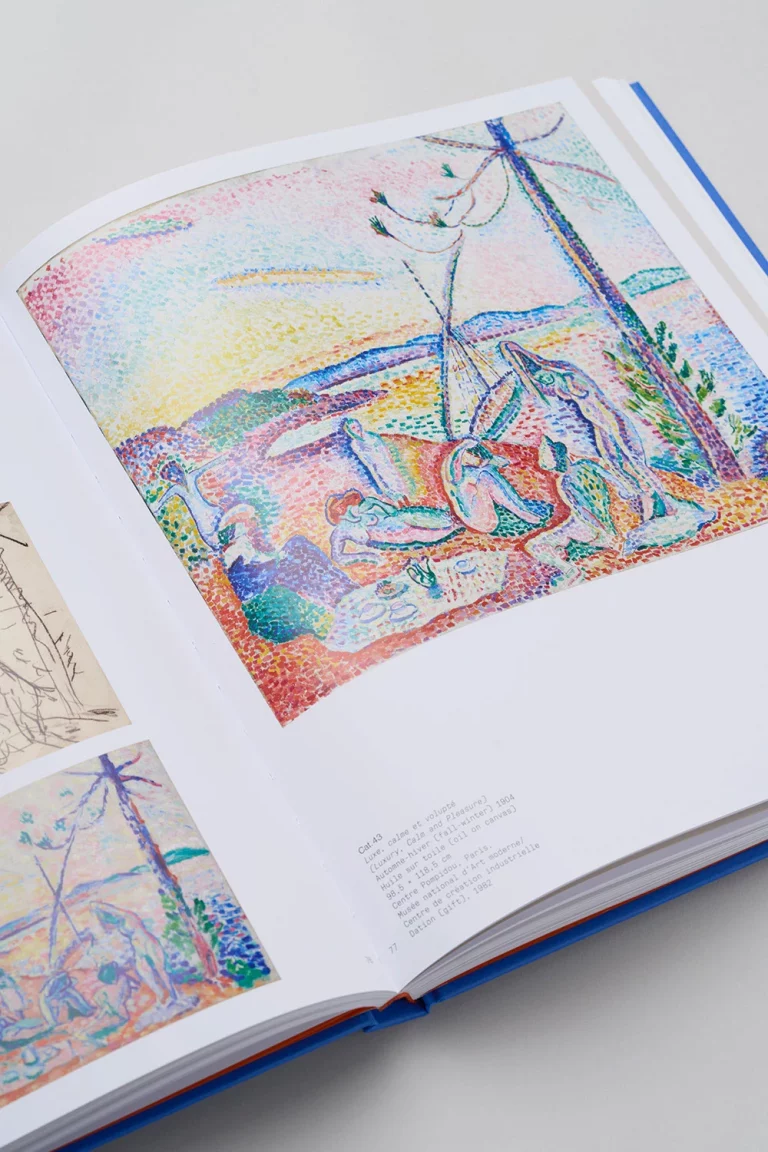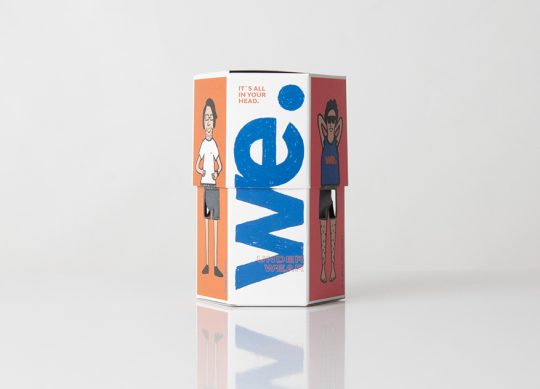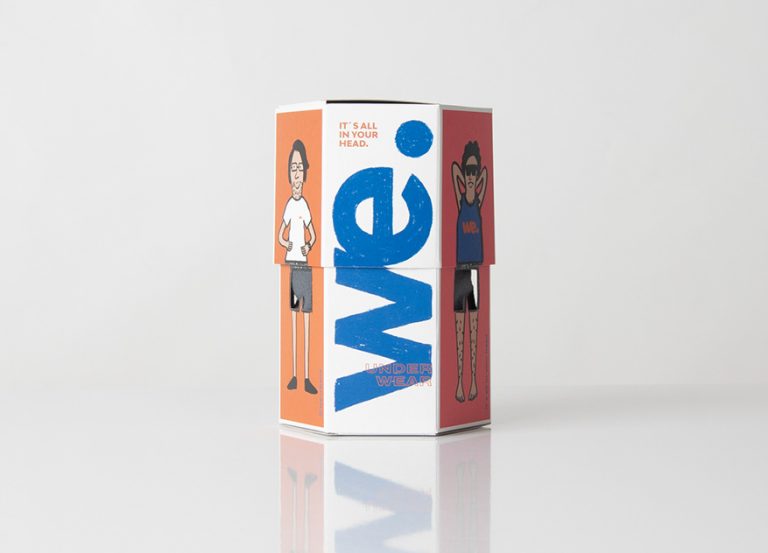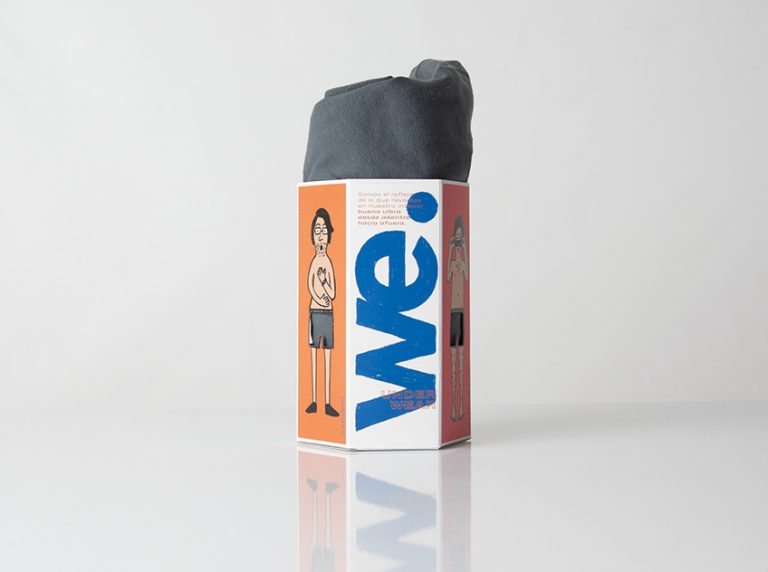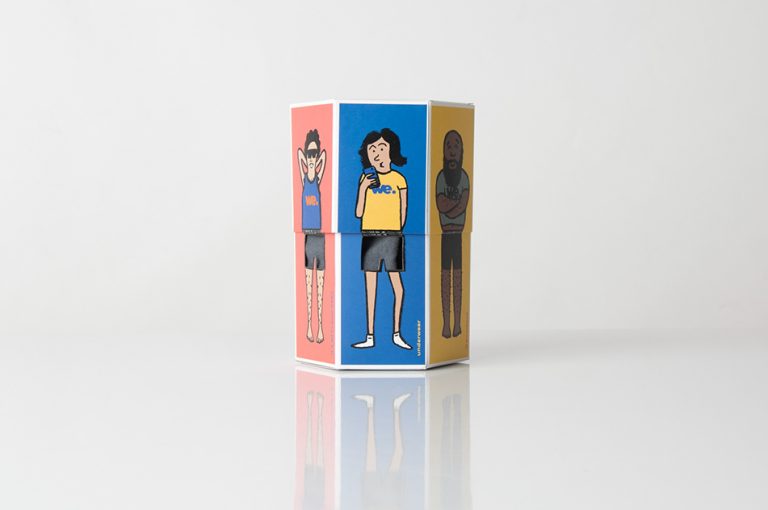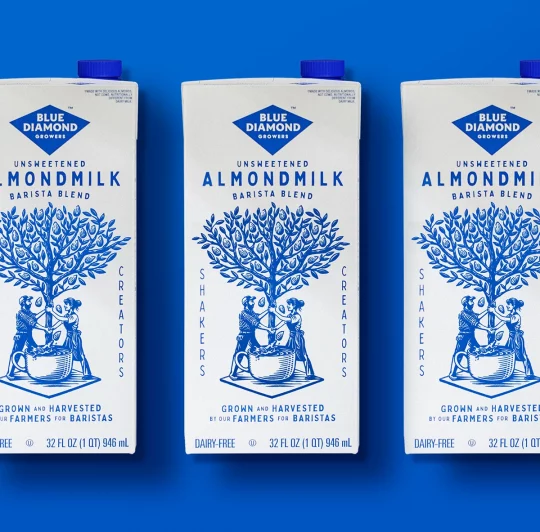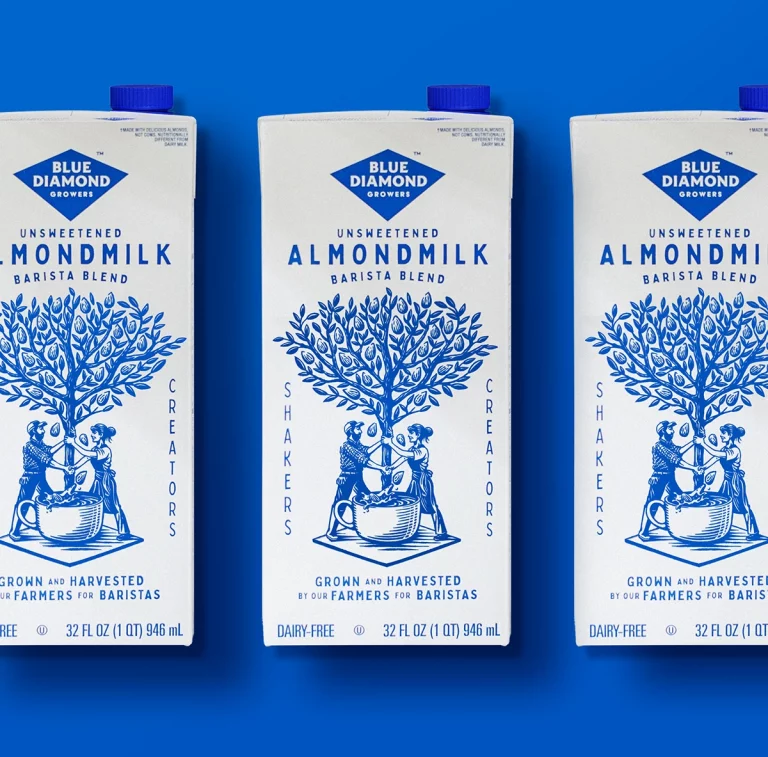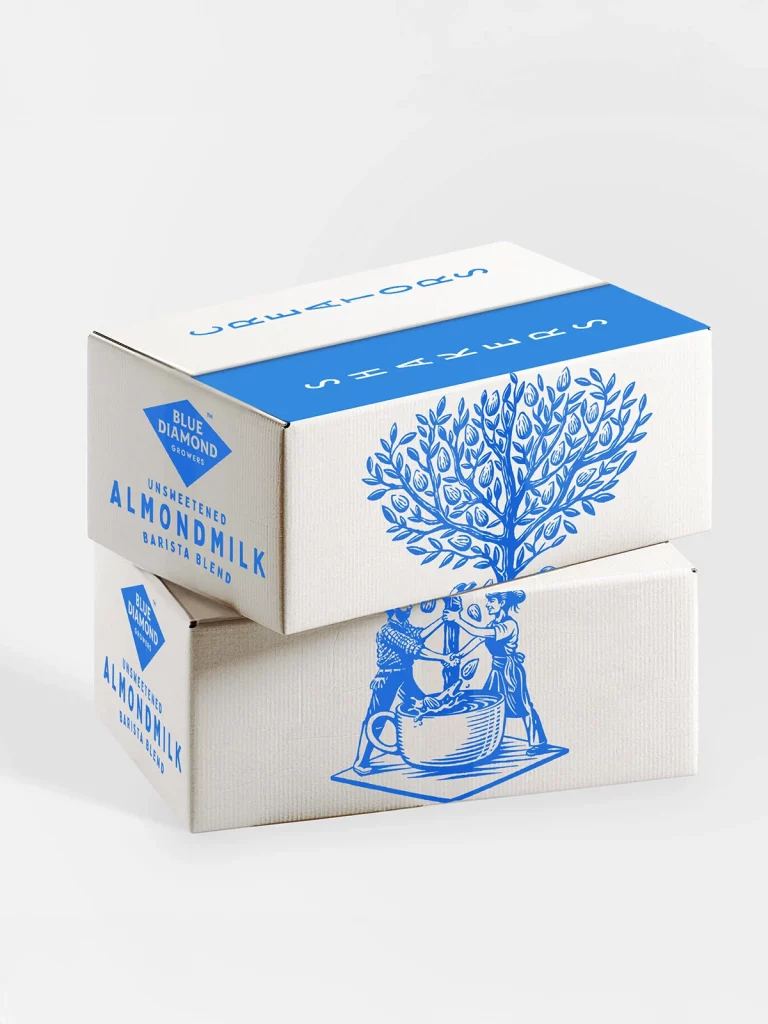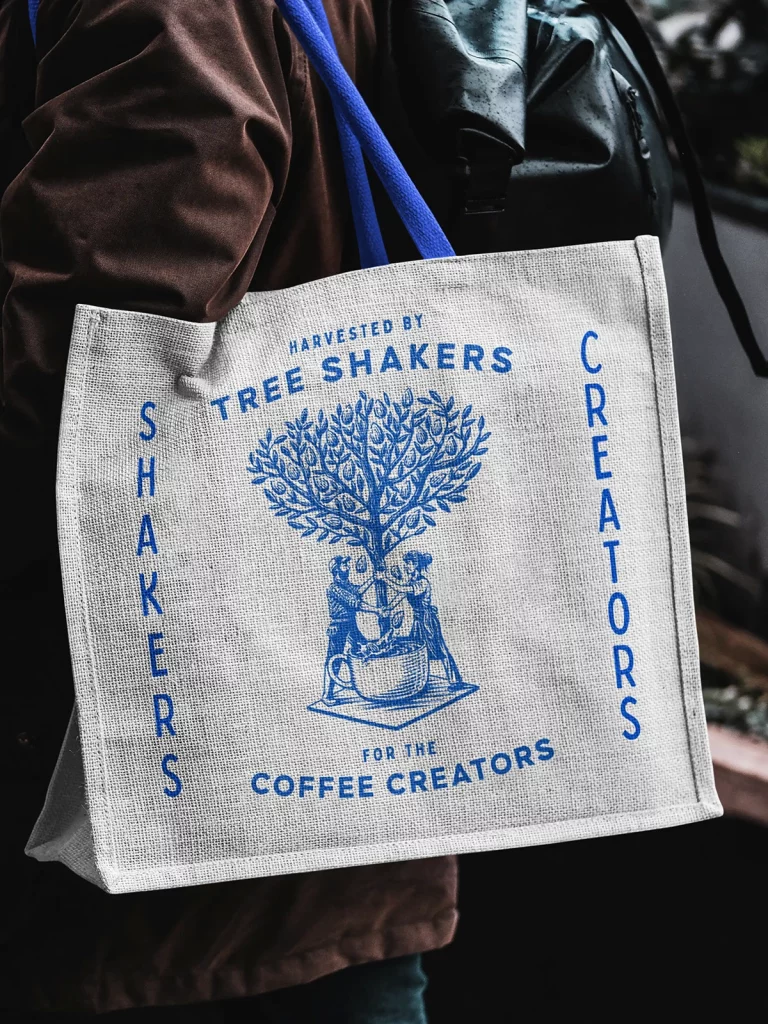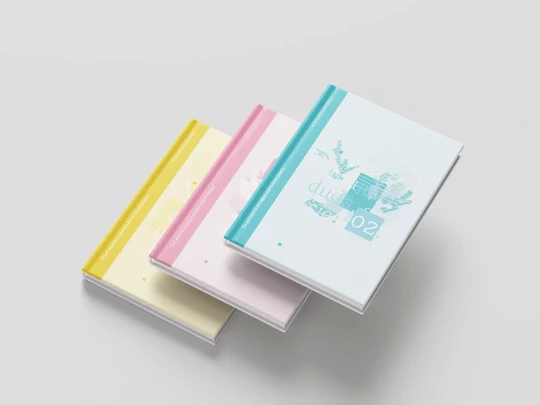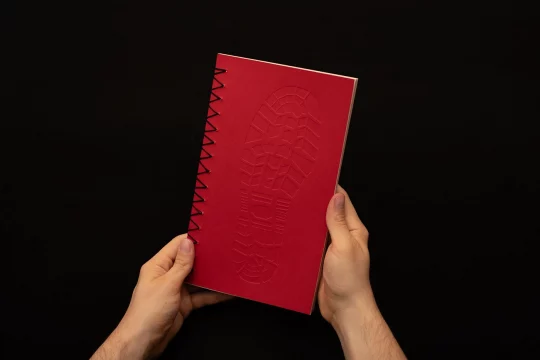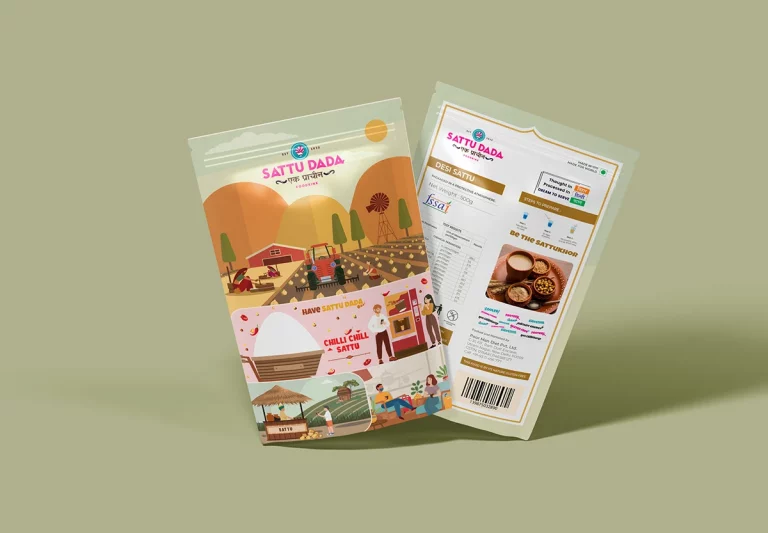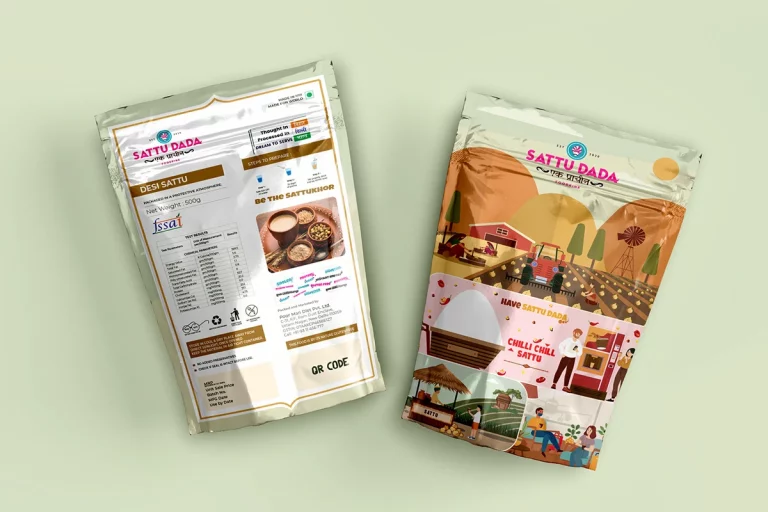“Inspiration is the spark that ignites
the fire of creativity and effort.”
Printspiration
Eine Sammlung von Print- & Packaging-Projekten die zeigen was mit Drucksachen heutzutage so alles möglich ist, was auch wirklich funktioniert und was auffällt.
Book Cover
by Melville Brand Design
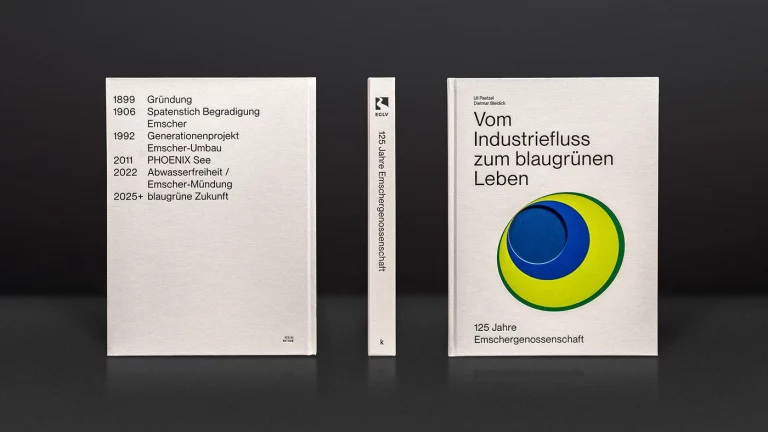


Melville Brand Design
2025
Book Cover
The combination of historical and contemporary images vividly illustrates the profound transformation of the river landscape. By structuring the content around the communities along the river, the book highlights local developments and the unique characteristics of each city and municipality.
Vivid
by Oleksandra Novichenko
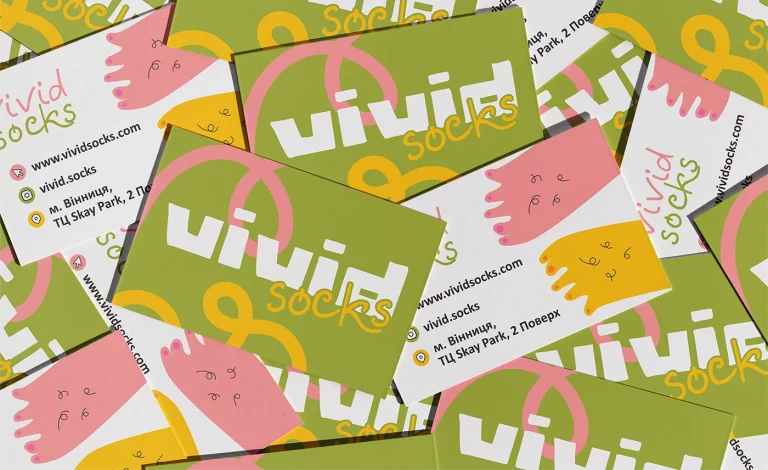
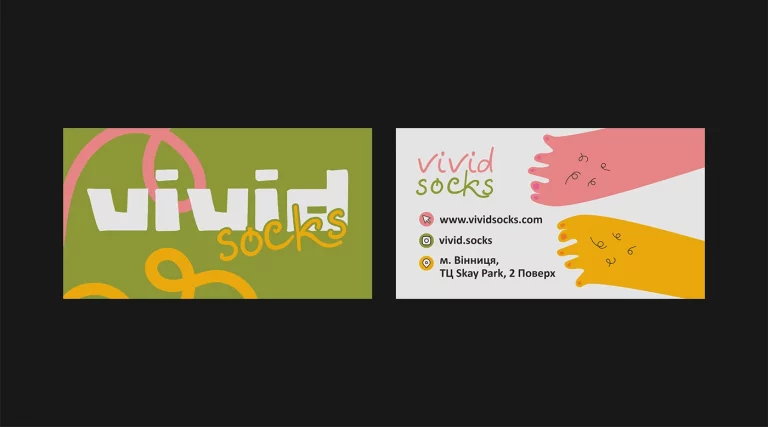
Oleksandra Novichenko
2024
Vivid
We designed a unique logo that symbolizes the cycle of life and endless possibilities for new experiences. Its design combines elements of a ring and text with a playful and magical feel, capturing the spirit of our brand – vibrant, light, and full of positivity.
The Landscape Library
by for&st .co





for&st .co
2025
The Landscape Library
This name card set uses her painting, “The Landscape Library,” as the project background, in which landscape is a significant element used for emotional expressions in her works. By extracting different landscapes from her past works, the set brings the concept of the The Landscape Library to life. Each set contains a variety of landscapes extracted with her paintings from different periods, creating a unique collector’s item.
Dizzybomb
by Wang Zhiheng





Wang Zhiheng
2023
Dizzybomb
We develop the design based on the three major product series of Essential, Fun, and Active. According to the different characteristics of each series, three colors of yellow, orange and blue were extracted, and the three visual elements and color combinations of “smoke”, “explosion” and “spiral” were refined to form three different colors under the same style. The visual presentation extends to different sections of the brand to form a system.
The Bloody Mary Book
by Sanja Planinić
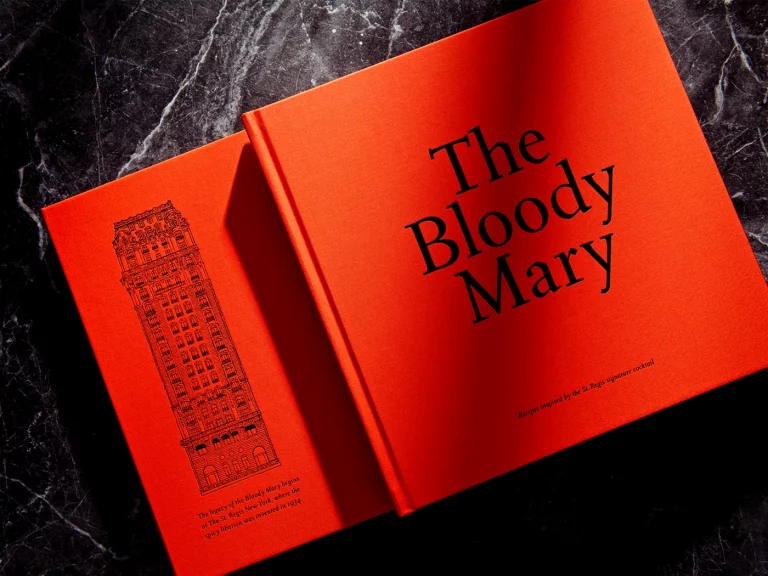
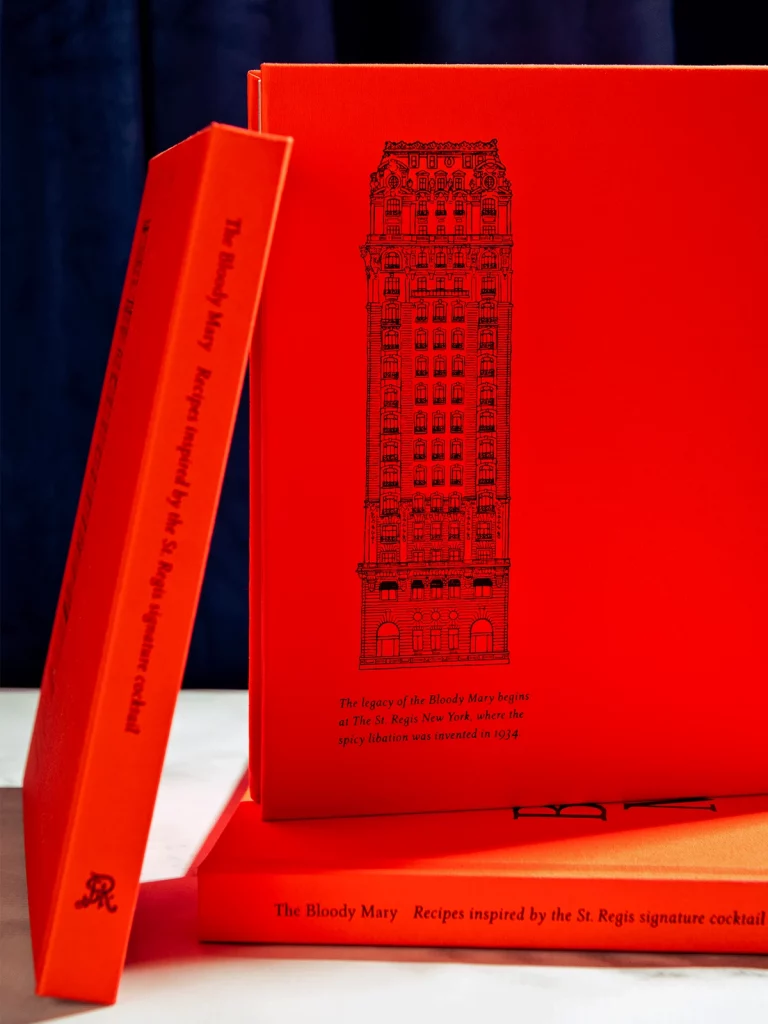
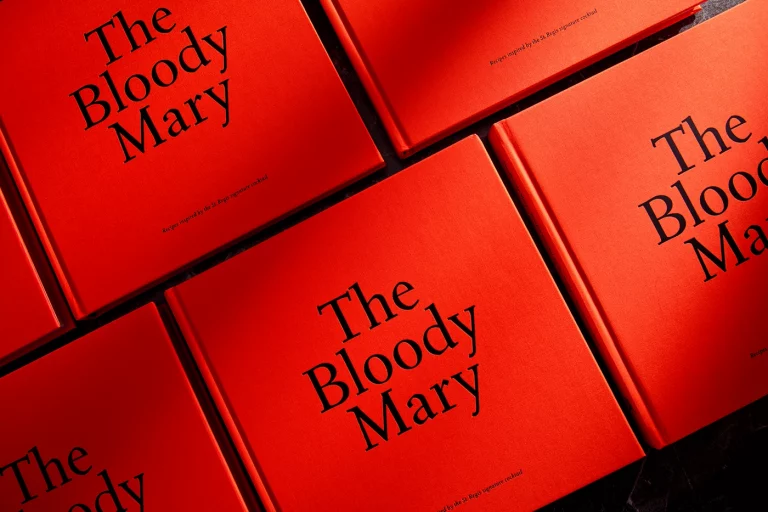
Sanja Planinić
2025
The Bloody Mary Book
The cover design is bold and vibrant, a reflection of the storied Bloody Mary. On the back cover, we pay homage to the iconic St. Regis New York with a delicately debossed line illustration.
HANG ME SOME TEA
by Soon Mo Kang
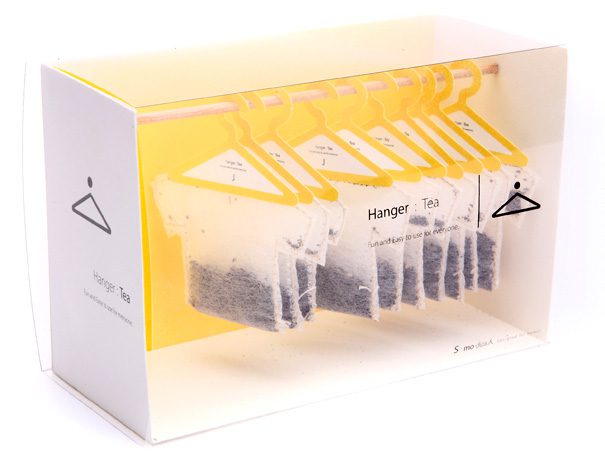
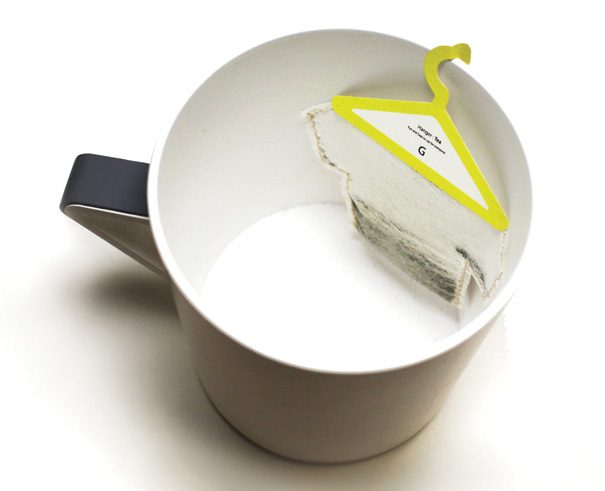

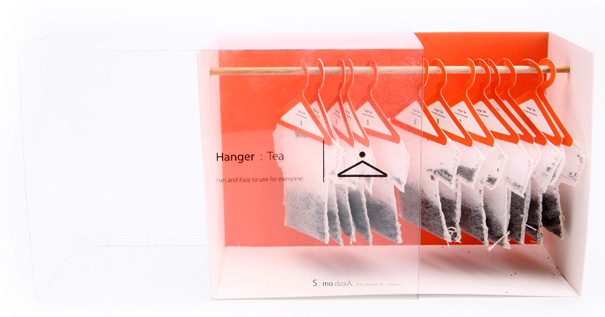
Soon Mo Kang
2010
HANG ME SOME TEA
If the Hanger Tea were to be submitted as an entry to tea-packaging-awards (if such a thing existed), I say it would win hands down! I can’t think of a better or more obvious way to pack teabags than this hanger & T-shirt design. It’s a funny take on how the simple motion of hanging a used teabag on the rim of your cup, be done. Color-coded for different varieties, the hangers are rather cute and so are the tea-shirts!
Poilu
by Simon Laliberté



Simon Laliberté
2013
Poilu
This humoristic packaging offers the function of assembling two products (two paintbrushes) together with only one cardboard printed on both sides. One paintbrush is a big one and the other is a small one for finishing touches. Once it’s folded, the package has two utilities: 1. Protecting paintbrushes when he is shipped. 2. Supporting the paintbrushes when it’s full of paint. Each paintbrushes has been named and linked to a size number to identify them.
Kranium
by Acne
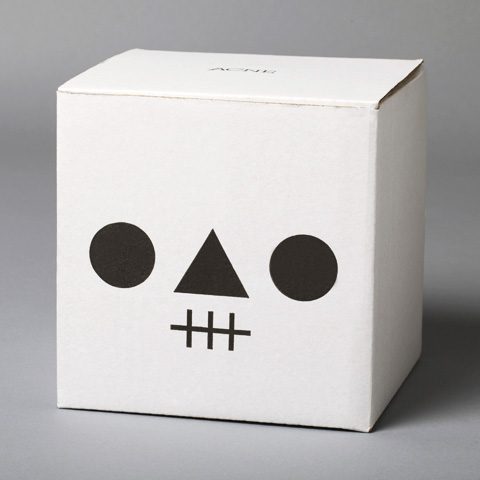
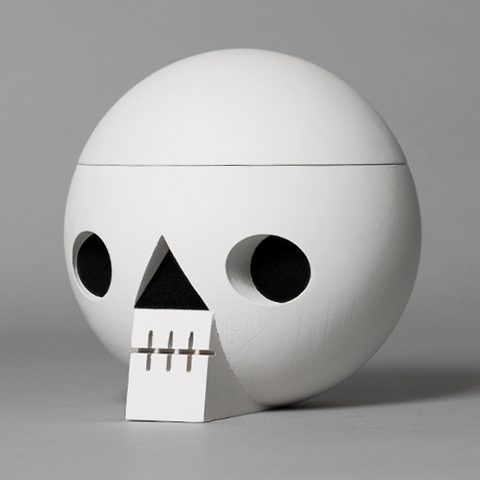
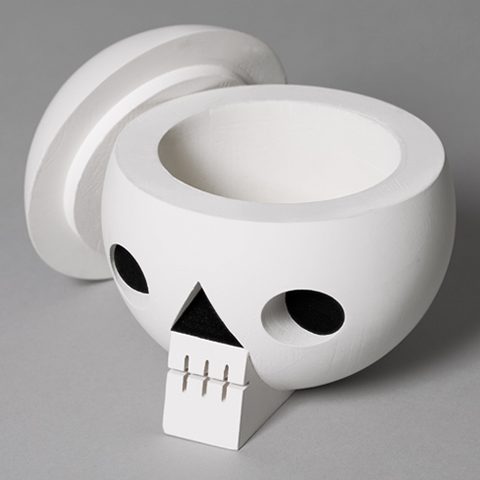

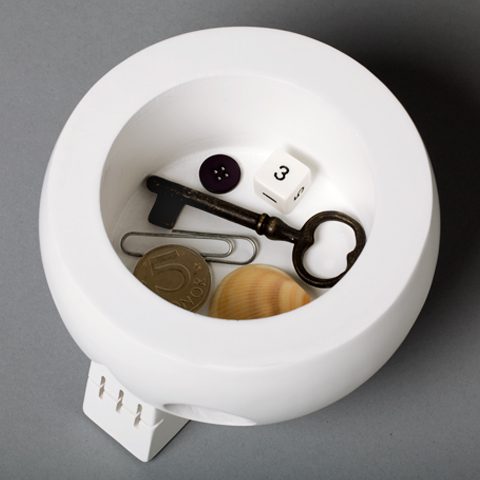
Acne
Kranium
Wooden skull with secret compartment. For keeping memories. Packed in a cardboard box with a graphic Kranium print.
Birdy Juice
by Mats Ottdal


Mats Ottdal
2010
Birdy Juice
An adorable packaging concept for fruit juice using the form of the standard juice carton to create wings and feet for bird characters.
Food Packaging
by Smashfreakz
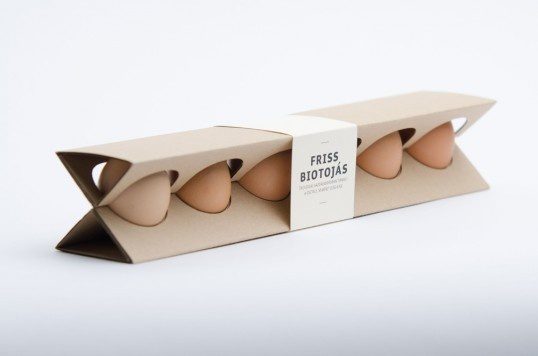
Smashfreakz
Food Packaging
d Packaging Design Inspiration
NL International
by Juliya Eva





Juliya Eva
2025
NL International
Packaging design for a limited edition series of NL International products, timed to coincide with the New Year holidays.
The concept is based on the slogan “Switch on the holiday to the full!” which is reflected in the visuals in the form of the switch on button and New Year confetti.
Appellation
by Giada Tamborrino
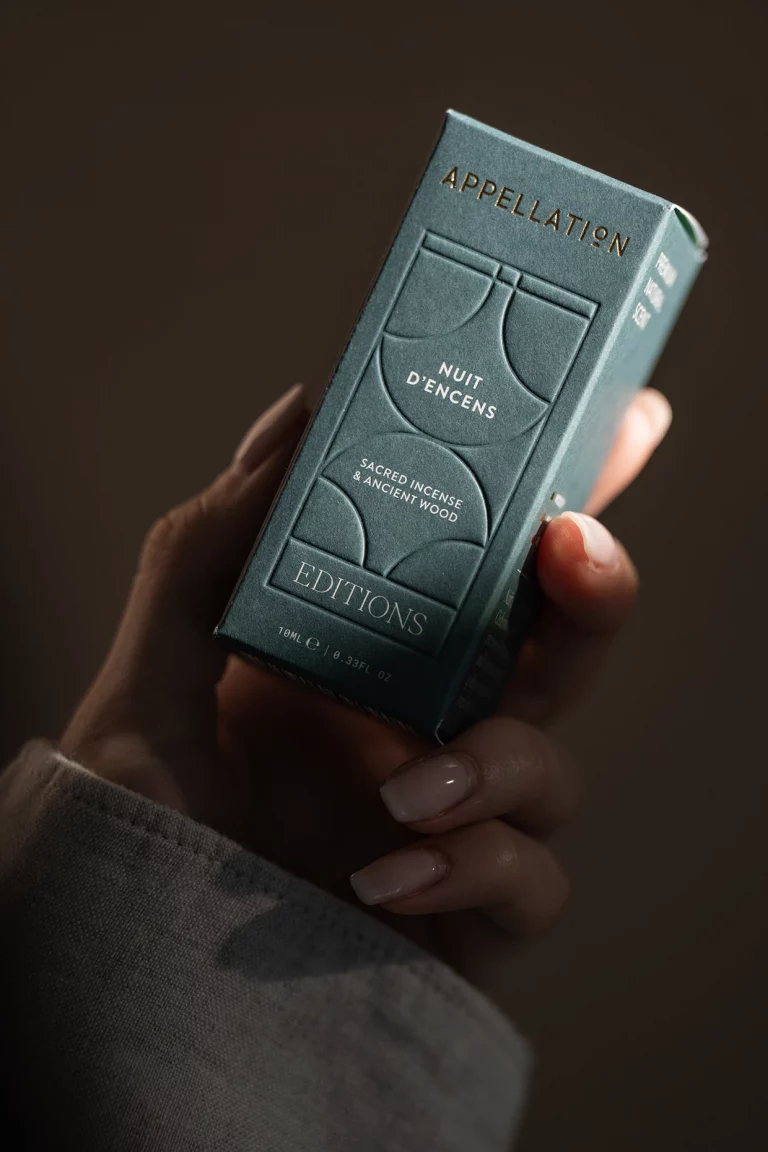
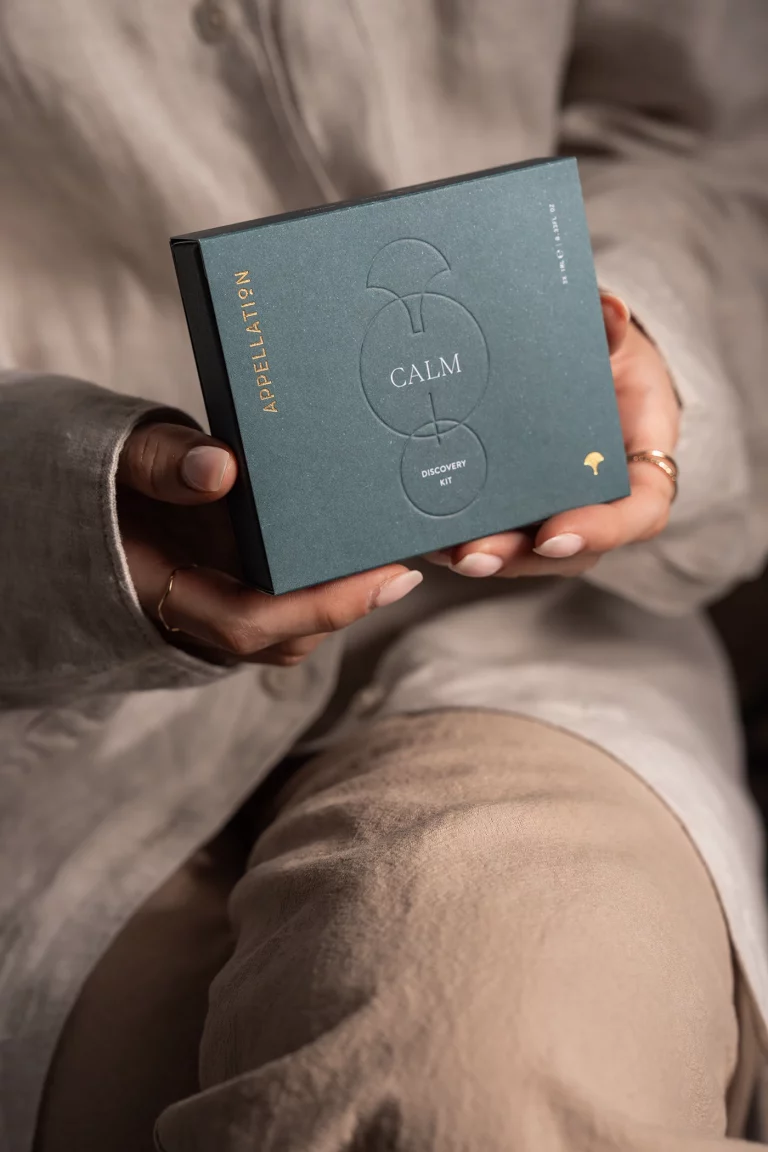


Giada Tamborrino
2025
Appellation
Appellation’s commitment to conscious luxury runs through every layer of its packaging. To embody this ethos, we selected Favini Shiro Echo Bright White, an uncoated, 100% recycled paper that brings a tactile, grounded quality to the design.
Its soft matte finish contrasts beautifully with the refined gold foil and tone-on-tone printing, allowing each detail to shine while maintaining a minimalist, elevated feel.
Eleven People
by Alacuerno Studio
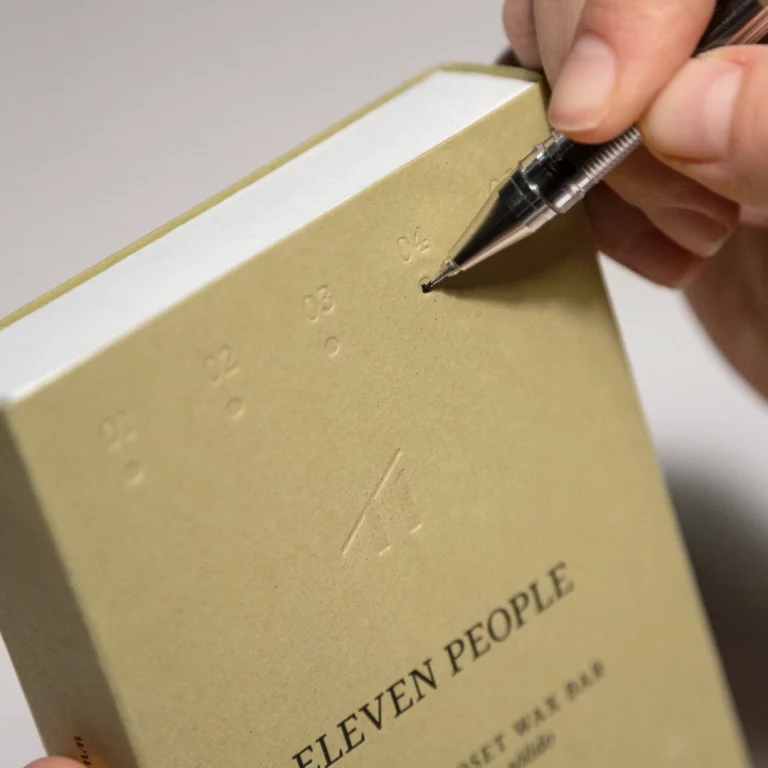
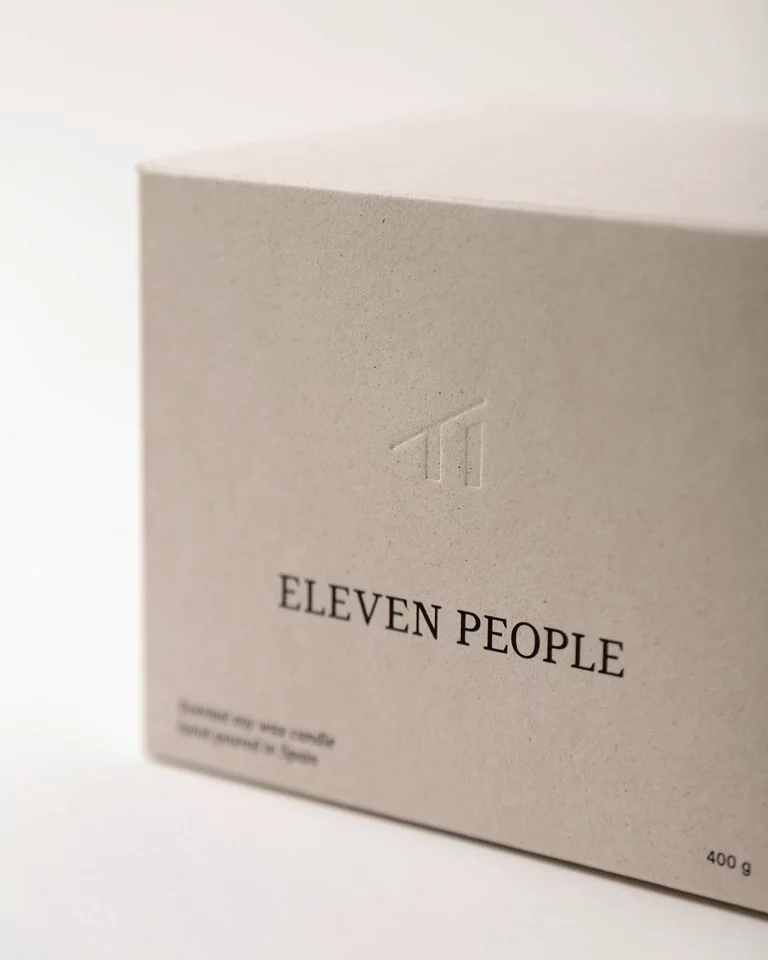
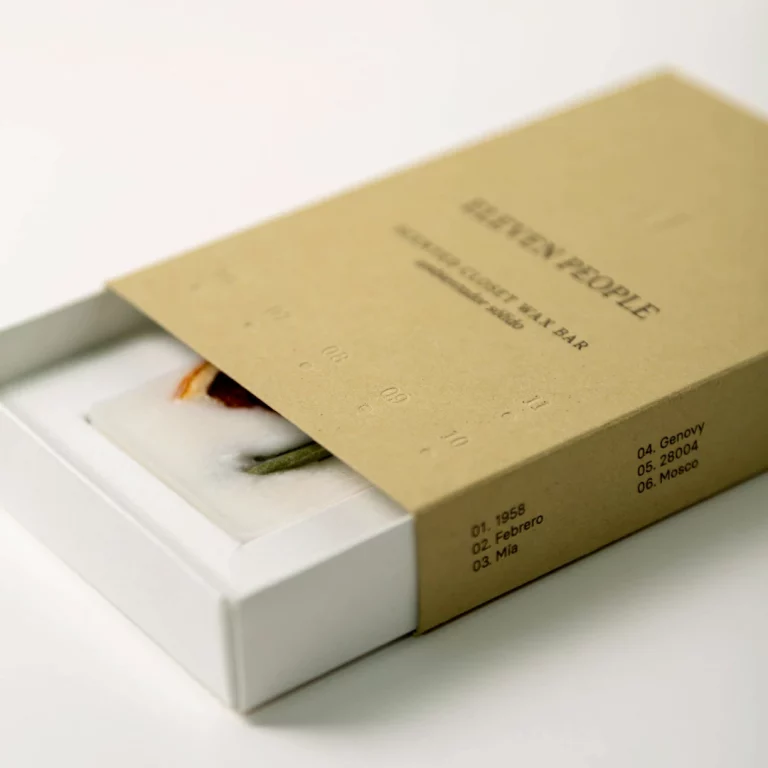

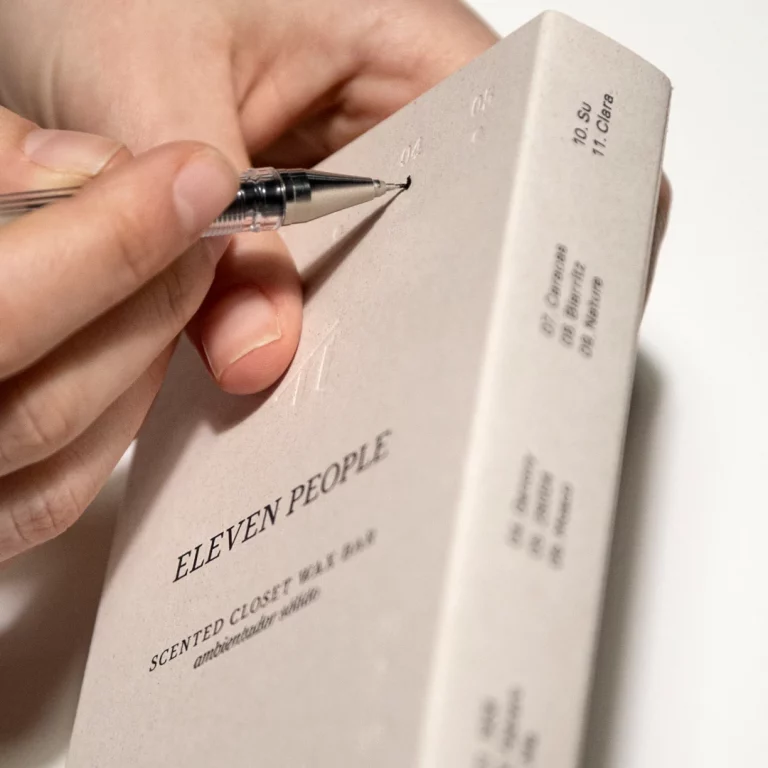
Alacuerno Studio
2025
Eleven People
We didn’t just focus on sensory experiences; we also considered practicality. We implemented a dry embossing system that allows for easy identification of different products without the need to design a separate box for each one.
The range of recycled creative papers from favinipapers, along with dry embossing finishes that aid in product identification, shape a sustainable packaging solution without compromising aesthetics.
EL ESPÍRITU
by Vailio Agency
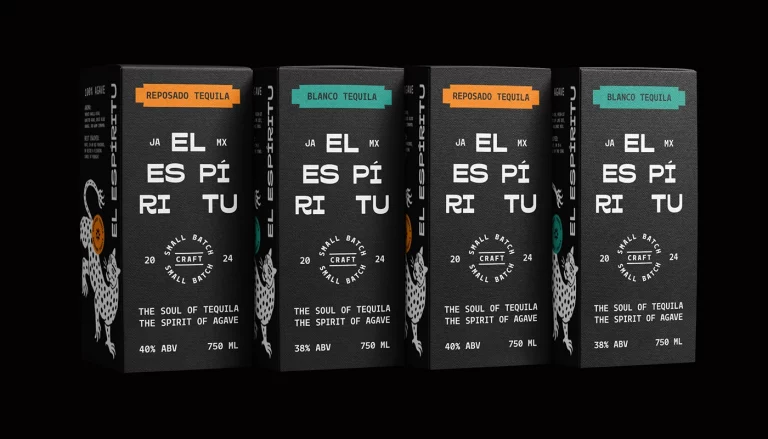



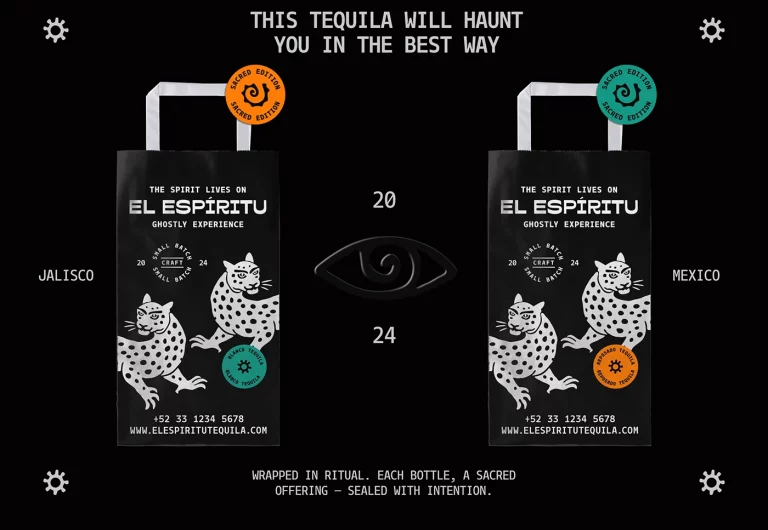
Vailio Agency
2025
EL ESPÍRITU
For the visual identity, we centered the design around the jaguar, a symbol in ancient Mexican mythology representing spiritual transformation. The vibrant orange palette evokes the warmth of agave roasting and Jalisco sunsets, while the label shape draws inspiration from pyramids, symbolizing the connection between earth and sky — much like how tequila bonds tradition with celebration. The packaging design extends this concept with textural elements that elevate the tactile experience.
Naga
by Stefano Bracci



Stefano Bracci
2025
Naga
The gold-foiled scales catch light with hypnotic elegance, evoking the mystique of the eternal Naga. Clean typography balances the bold iconography, anchoring the design with heritage and sophistication.
Sorigami
by Tatiana Myravyova

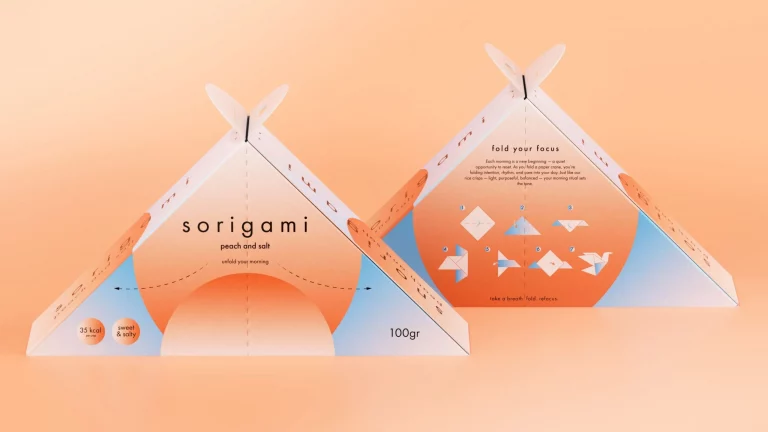
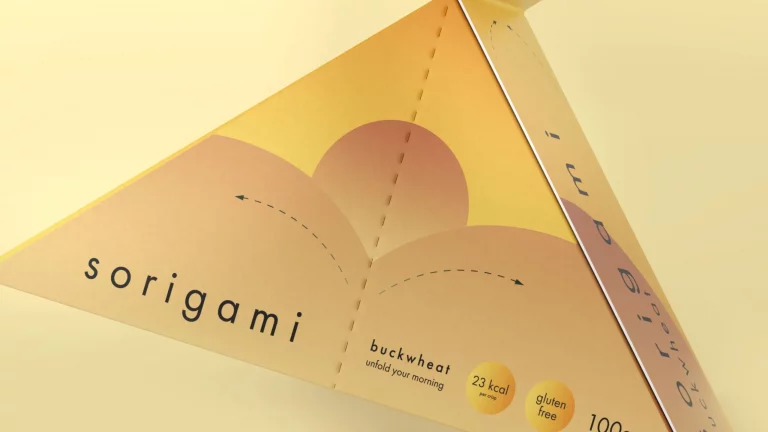
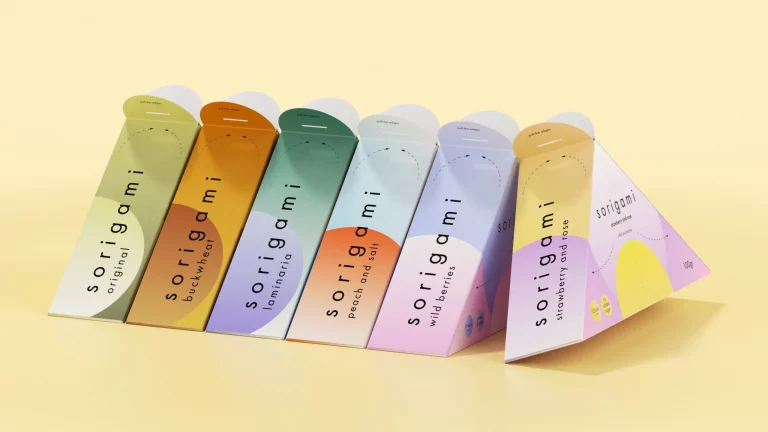
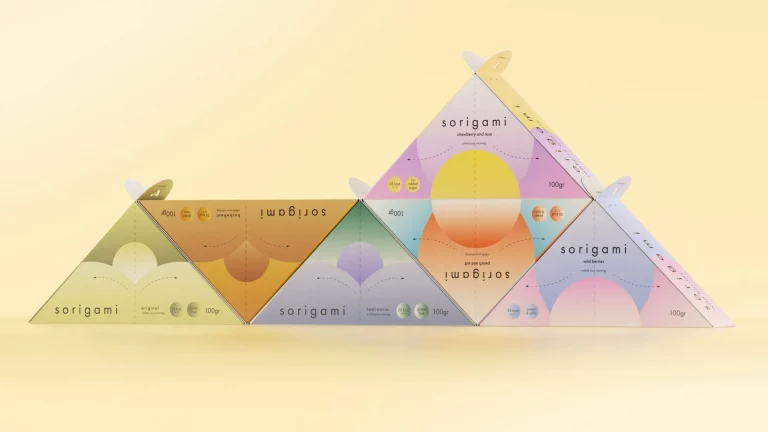
Tatiana Myravyova
2025
Sorigami
The packaging design turns an everyday breakfast moment into a tactile, emotional ritual. As the consumer unfolds the structured pack, it mirrors the mindful act of folding paper – encouraging a moment of pause and intention at the start of the day. With minimal, sunrise-inspired gradients and soft tactile materials, Sorigami evokes warmth and serenity. Sorigami blends thoughtful structure, visual calm, and emotional storytelling into a breakfast product that resonates deeply with design-conscious, self-aware consumers seeking peace in the everyday.
Better Us
by Dyin Li



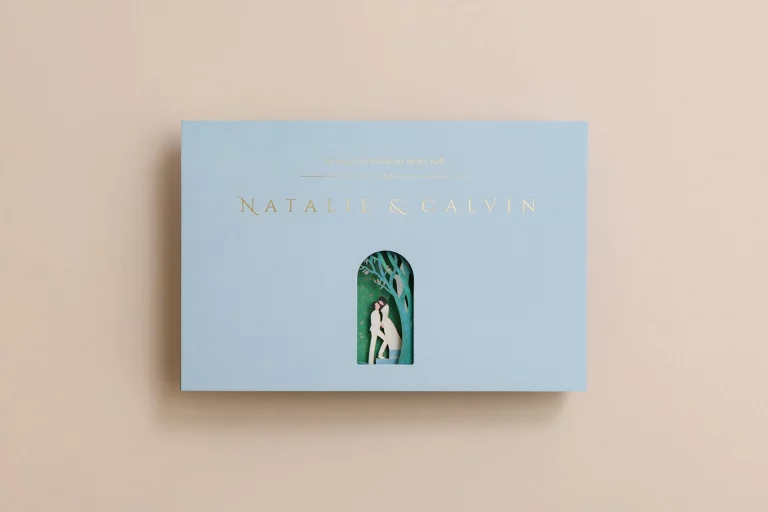
Dyin Li
2025
Better Us
This pop-up wedding invitation uses a series of steps to symbolise “a better us,” reflecting how, throughout their enduring relationship, they have witnessed each other grow into better versions of themselves and are moving towards a brighter future together.
Pop-up of a Chinese Solar Term
by Songgua WANG

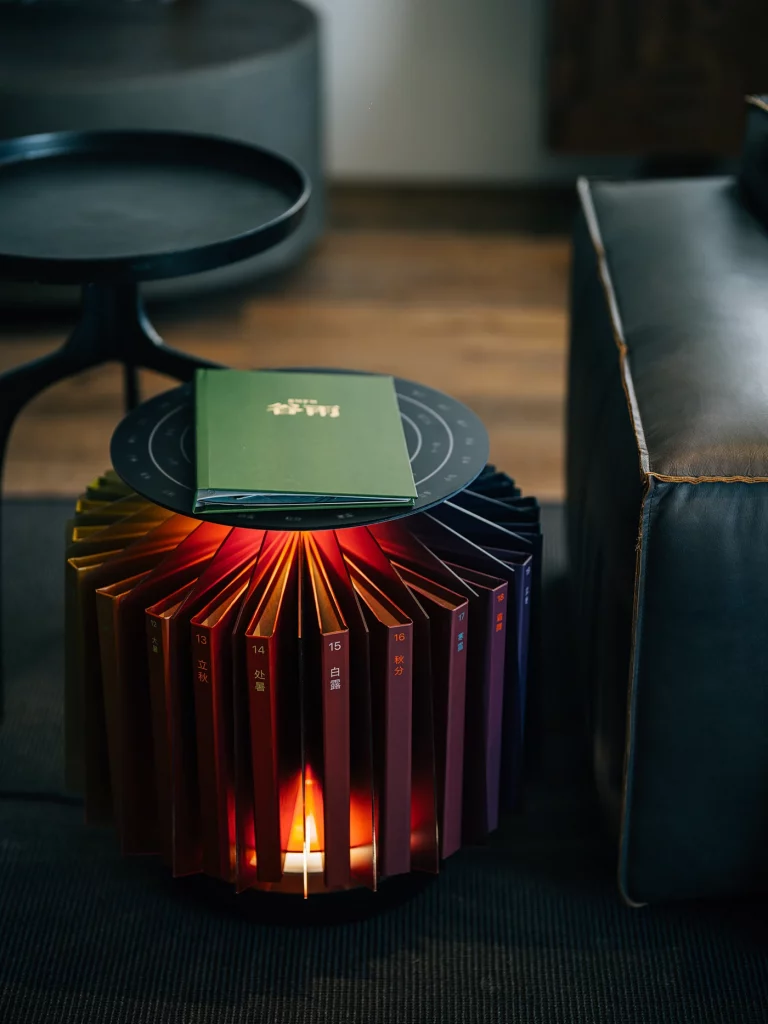

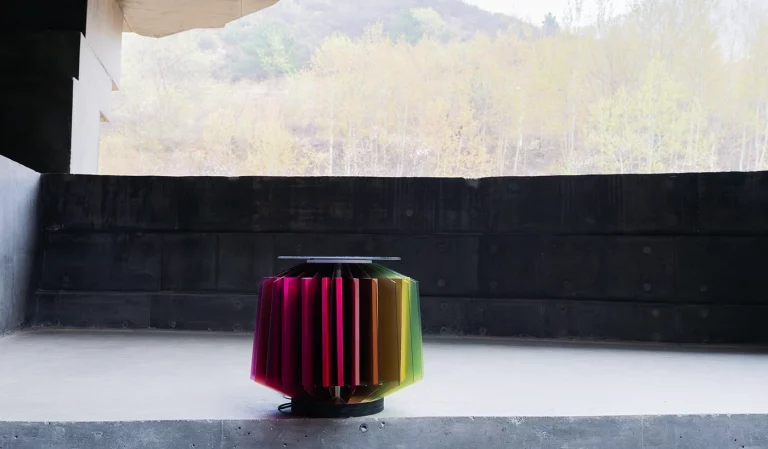

Songgua WANG
2025
Pop-up of a Chinese Solar Term
Filliers
by Quatre Mains




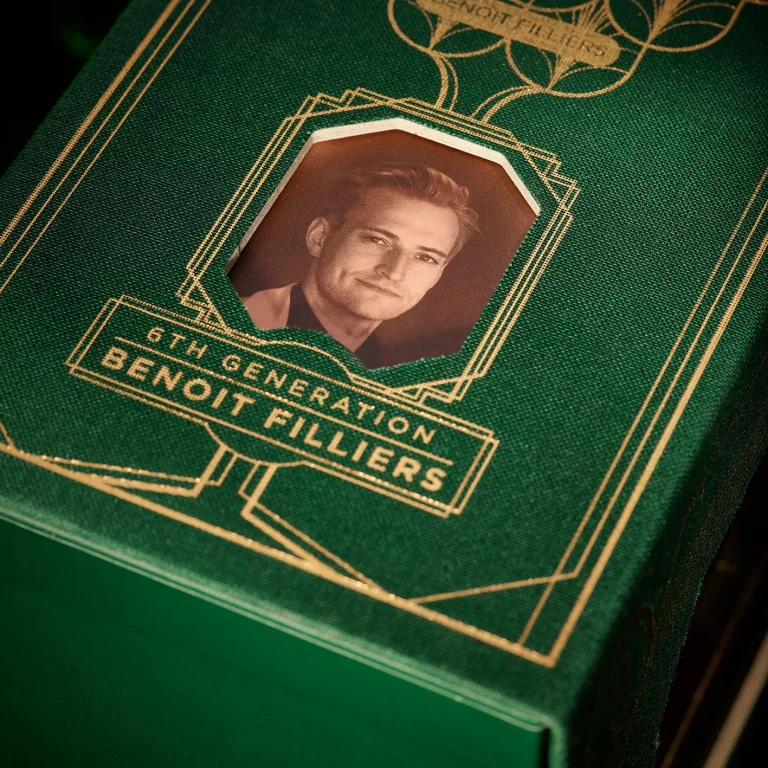
Quatre Mains
2025
Filliers
As a testament to the Filliers family’s dedication to building a whisky tradition decades in the making, the packaging required a treatment worthy of its excellence and prestige. Our focus was to create a certain depth of storytelling that evokes a feeling of a family’s journey through time and how expertise built over generations of innovation and dedication has been beautifully distilled into this masterpiece. Textured fabric card embellished with gold foil wraps the gatefold display box, whose window places the art deco bottle on a pedestal illuminated by a reflective gold interior.
Curating Homes
by Toby Ng


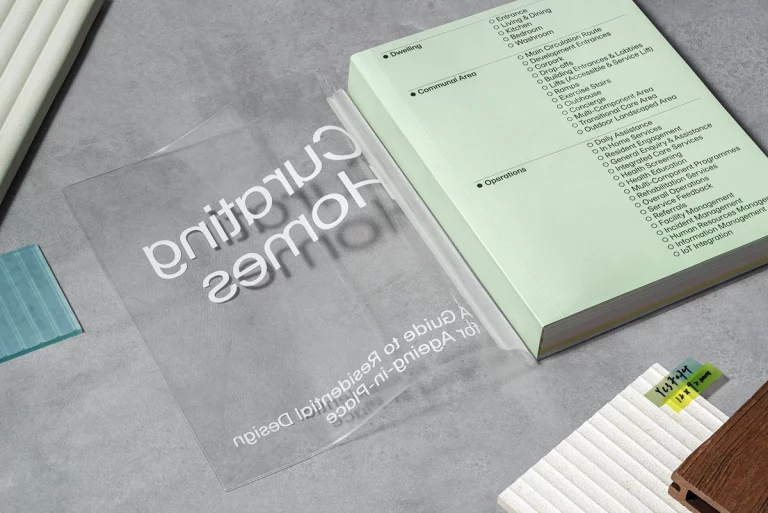
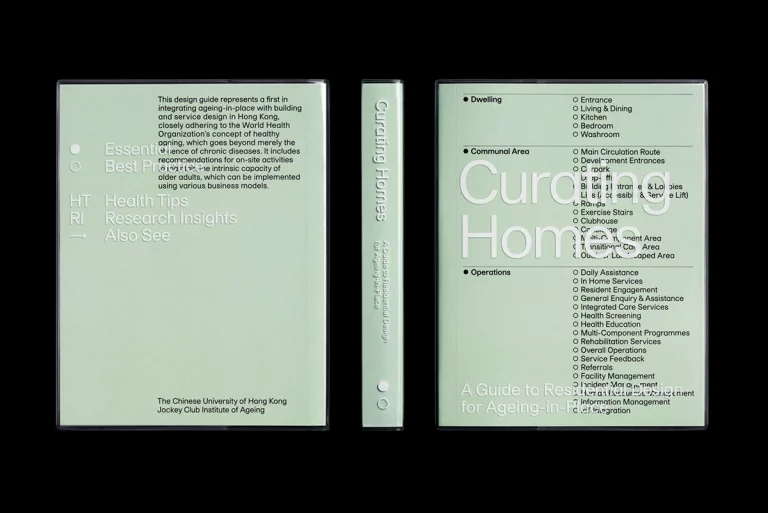
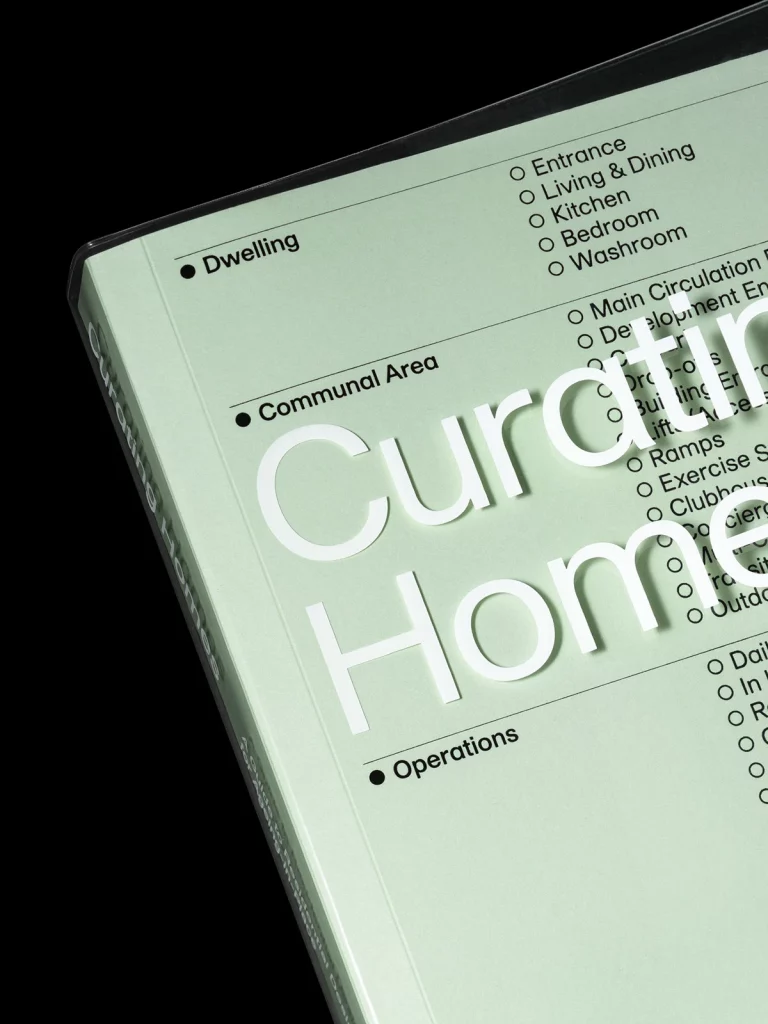
Toby Ng
2025
Curating Homes
At the core of the book’s design is a humble yet effective device: the checklist. A universal symbol of structure and clarity, it defines the visual language—translating abstract intentions into actionable steps. Here, the checklist serves as both content and concept, turning each page into a surface of accountability. Solid circles denote essential actions, while open circles indicate best practices—visually distinguishing between the necessary and the ideal.
This idea is made tangible on the cover. Each marked box represents a quiet act of commitment toward better elder living. Wrapped in a translucent plastic jacket, the book is made to last—more than a protective layer, it speaks to practicality, durability, and the everyday resilience required in age-inclusive design.
Tipoteca Italiana Fondazione
by Design Associati



Design Associati
2025
Tipoteca Italiana Fondazione
Design Associati designed the label for the limited-edition celebratory bottle, printed directly at Tipoteca. The production combines offset printing with gold hot foil stamping, resulting in a highly elegant and tactile finish. This collaboration highlights the shared passion for typography, printmaking, and Italian design culture.
The Story Of Tet Holiday
by Anothern Creative

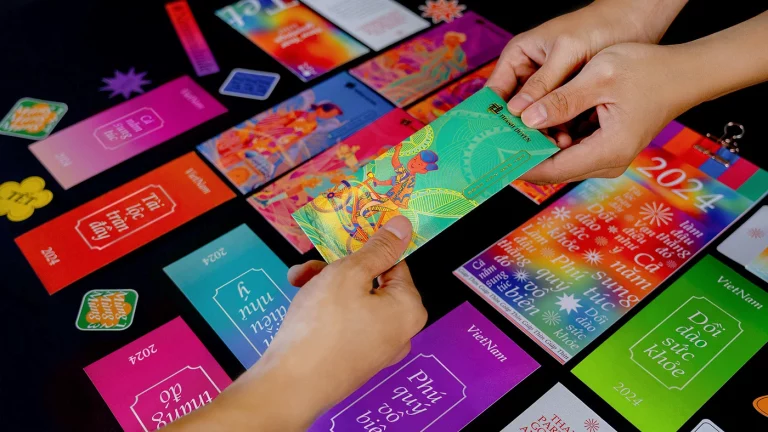


Anothern Creative
2024
The Story Of Tet Holiday
On the first day of Tet, people usually stay at home, and children wear new clothes and receive red envelopes containing small amounts of money, considered lucky money from older adults. Before receiving lucky money envelopes, children often offer traditional Tet greetings to older adults. This is also an indispensable aspect of Tet. It is for this reason that this lucky money envelope set was created. For this Lunar New Year collection, inspiration is drawn from images of traditional attire from the year 2024, blended with elements of abstract style and using bright and cheerful color palettes. This special design collection hopes to bring a sense of excitement for the upcoming new year.
Calendar
by Pigeon Studio
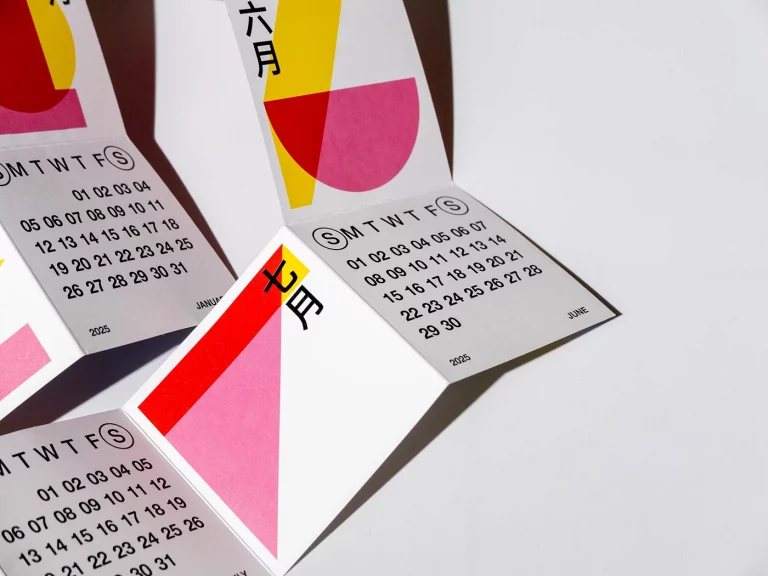
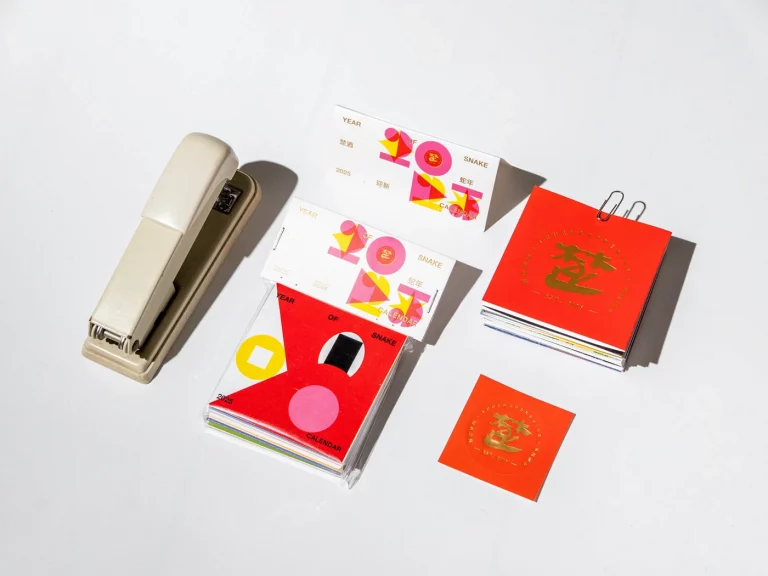
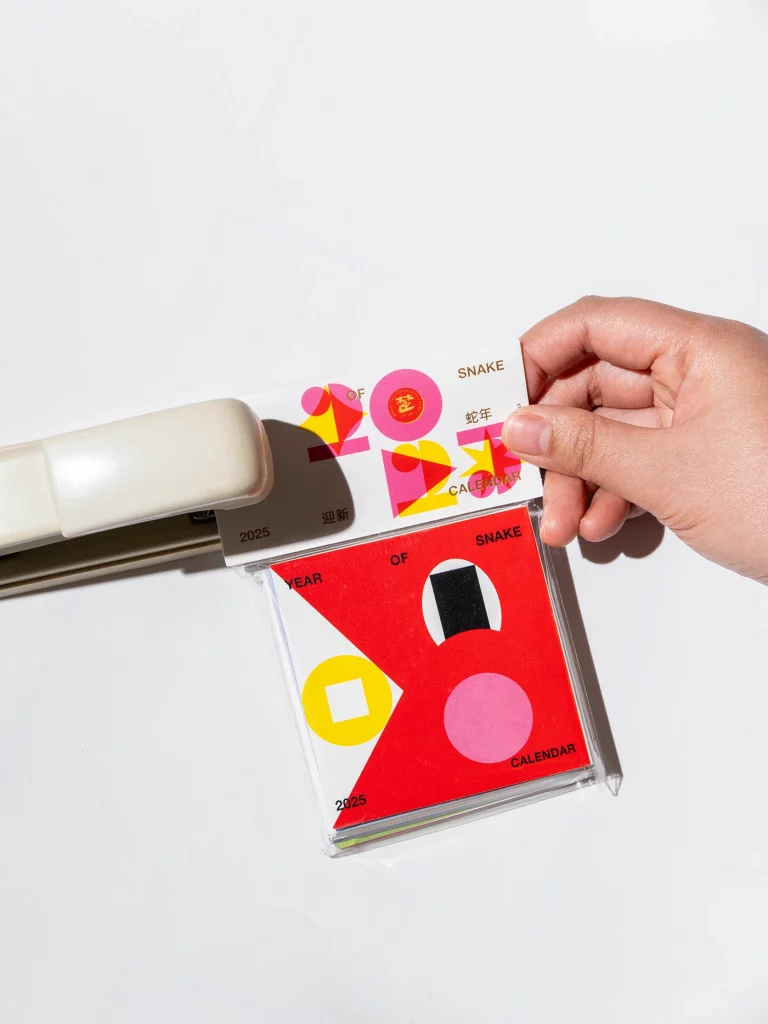
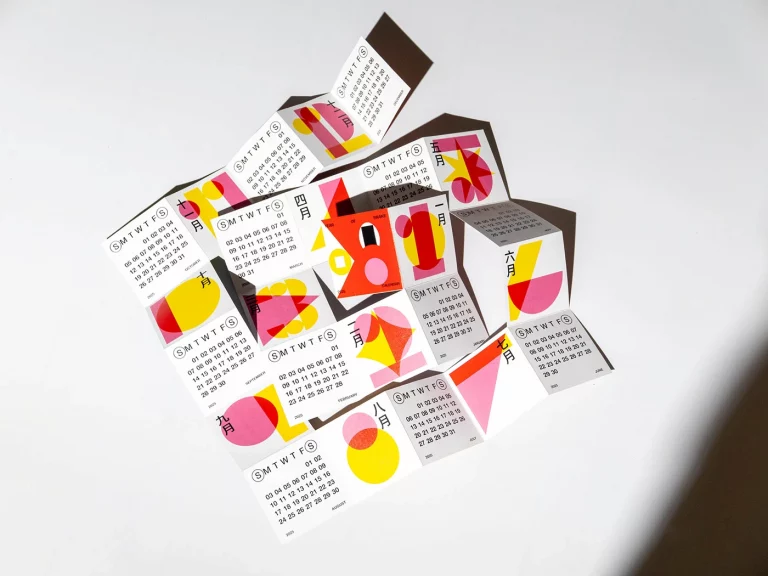

Pigeon Studio
2025
Calendar
The calendar is presented in a serpentine fold, with the 2025 annual calendar on the front and an interesting display of Trumenzin’s award-winning beers on the back. This is not only a practical gift, but also a good wish for the New Year. The compact and lightweight calendar for the Year of the Snake is an excellent choice for gifts and personal use.
TAKE SUSHI
by Pigeon Studio
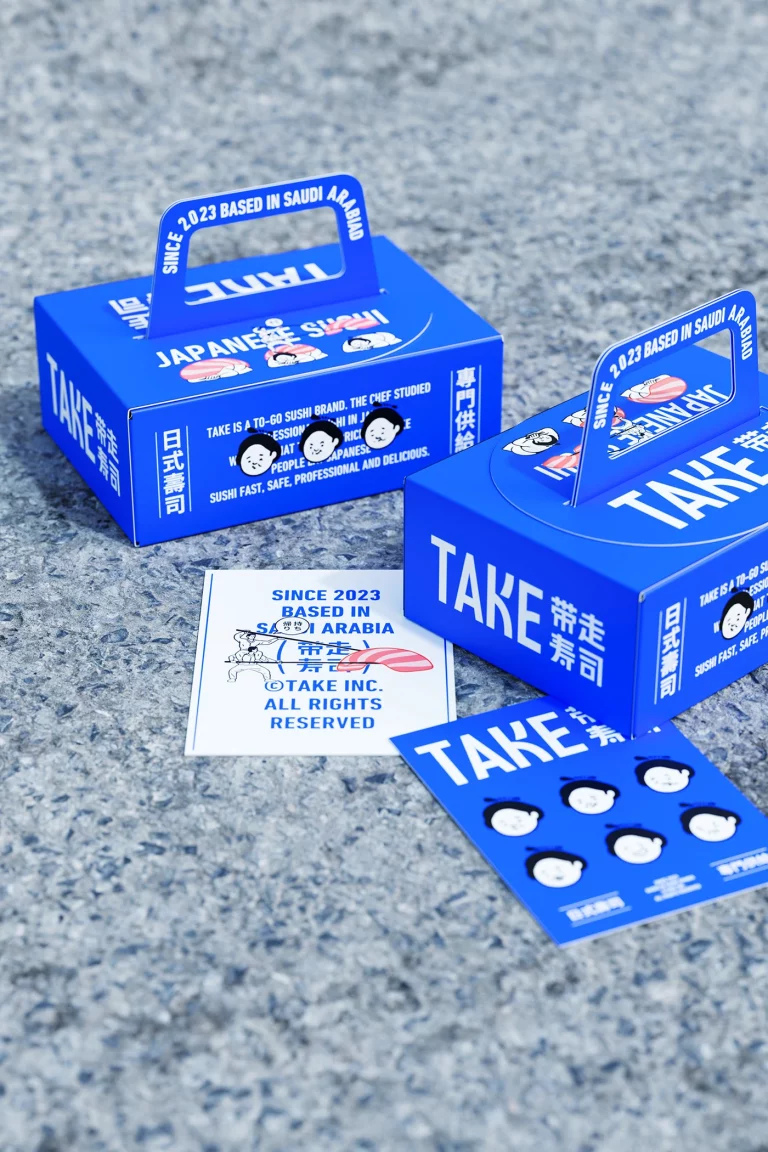


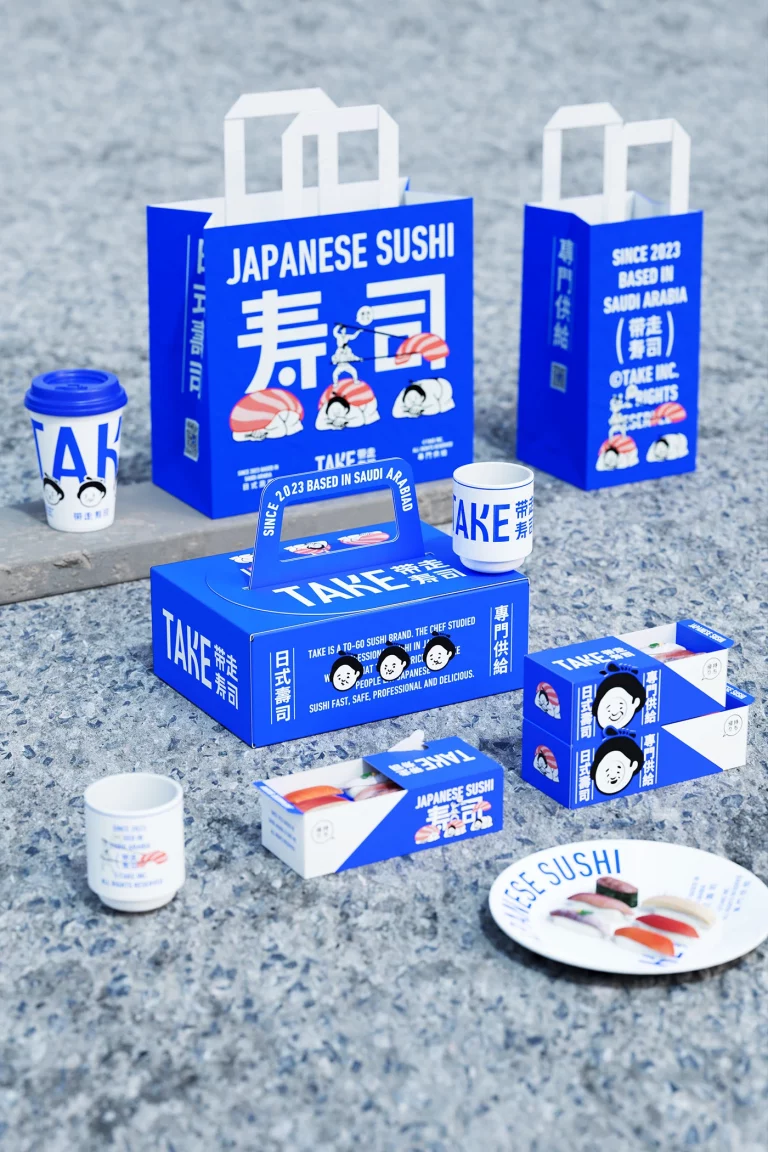
Pigeon Studio
2023
TAKE SUSHI
In the current prevailing take-out culture, it is hoped that consumers can feel the interesting brand energy in their daily fast consumption, and will be impressed with a smile when they see the take-out packaging of the brand. Therefore, a sumo wrestler covered with sashimi is chosen as the brand symbol to convey the brand concept of full energy to consumers. A sumo wrestler who cleverly combines sushi shape with creeping, and connects with consumer items in an interesting way.
Valentino Festival
by Rohanne Thomson
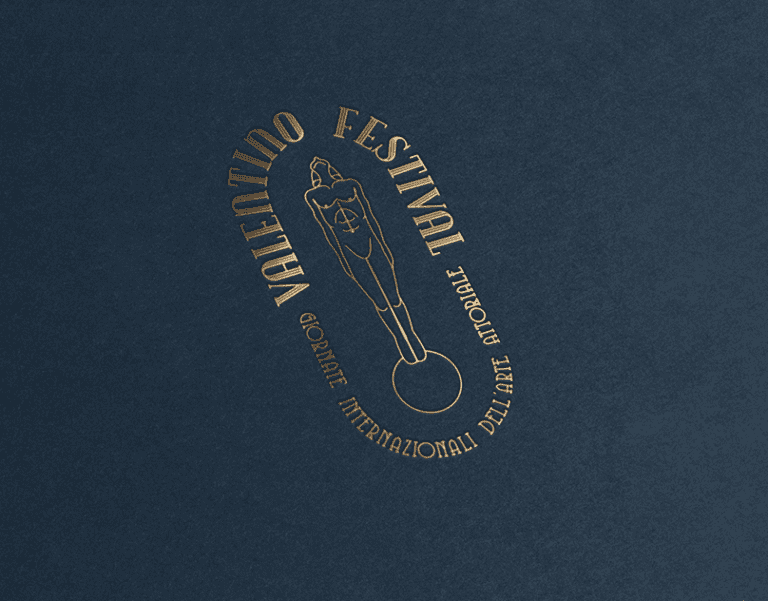


Rohanne Thomson
2023
Valentino Festival
The inspiration for the logo design comes from the sophisticated Art Deco, the very style in vogue in the Hollywood of Rodolfo Valentino. The design has been reinterpreted in a contemporary key, but still alive in the font and lines that stylise the Festival award.
Mare Aperto
by The6th Creative Studio
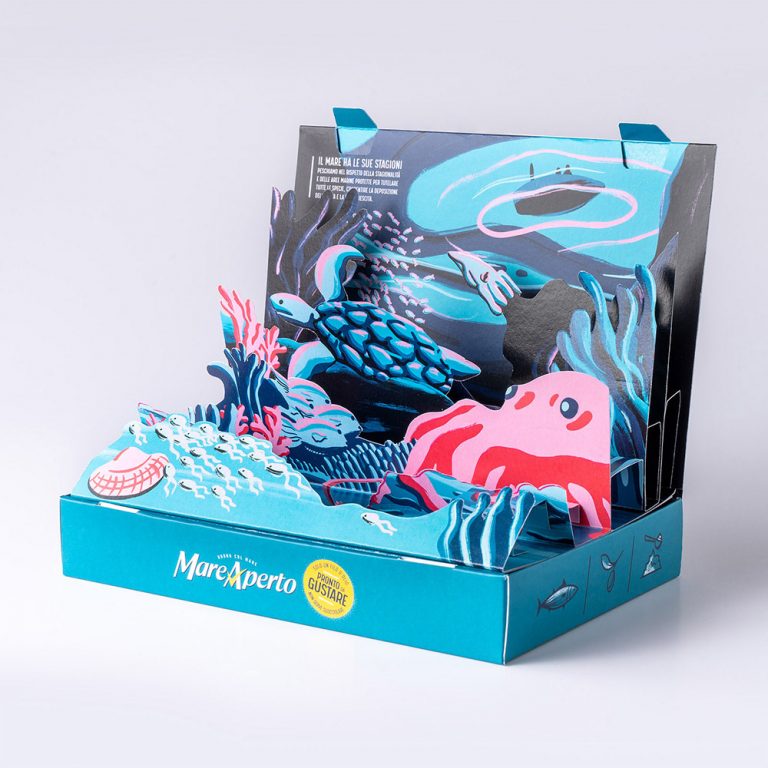
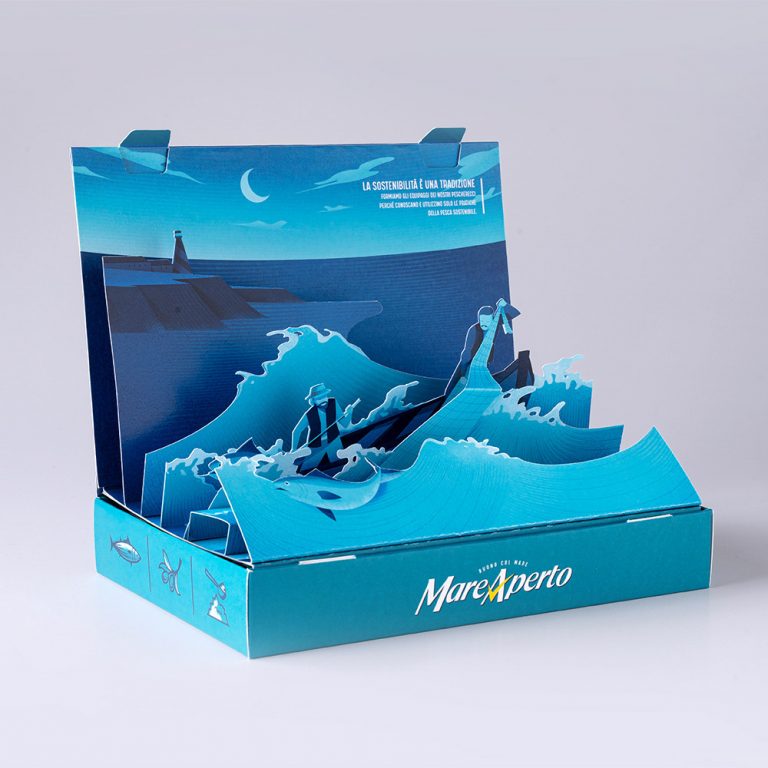

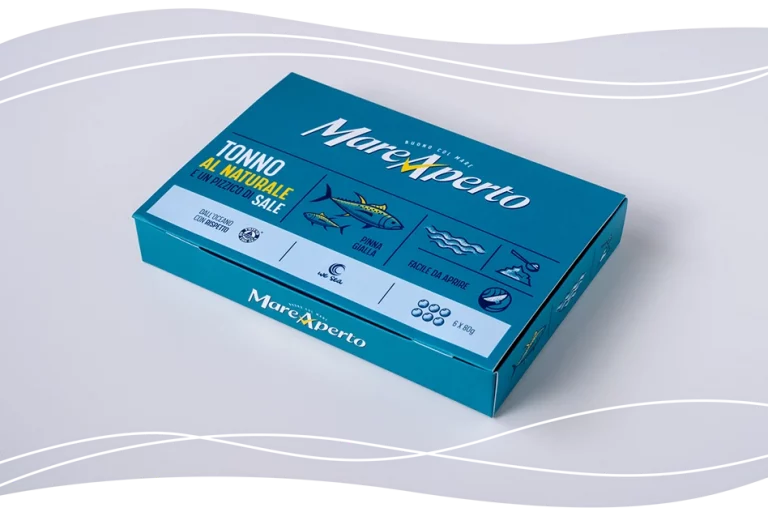
The6th Creative Studio
2021
Mare Aperto
Our studio worked on Mare Aperto tuna rebranding. When finished, the client also needed to engage buyers and media to share its sustainable philosophy. So we thought about a limited edition tuna packages: outside they look like
the packagings sold in supermarkets, while, inside, we designed a surprising unboxing experience with 3 pop-ups.
POST TRUTH
by Bo-Wei Wang





Bo-Wei Wang
2019
POST TRUTH
“POST-TRUTH” is the breakthrough after “Behind The True”” and it aims to explore the effects of world system and information space and symbol system in consumption world. Reality of virtual things is exposed after breaking the black box. However, in Post-Truth, reality and virtuality are no longer important. Real world constructed by oneself is the free exploration of Post-Truth.
Zodiac Collection
by Barbara Bazzi

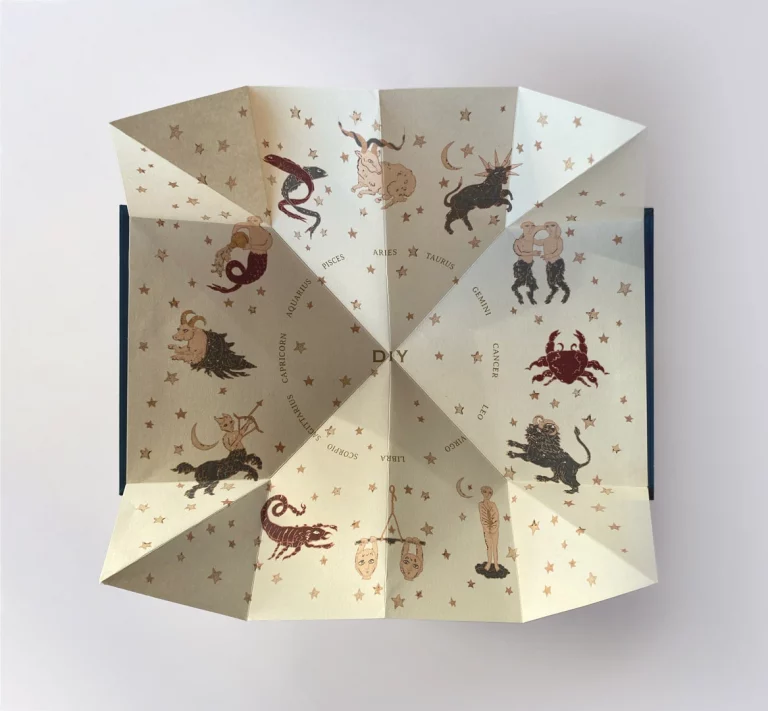



Barbara Bazzi
2023
Zodiac Collection
Inspired by the signs of the zodiac a pop up invitation unveals the new Zodiac Collection and it is accompanied by special gifts for customers: a perpetual calendar given away as a decorative object with a vintage and elegant flavor kept in a precious box together with a customized DIY stamp with Gucci bee and LOVED lettering engraved on.
Colección de Libros
by María Agustina Quiroga
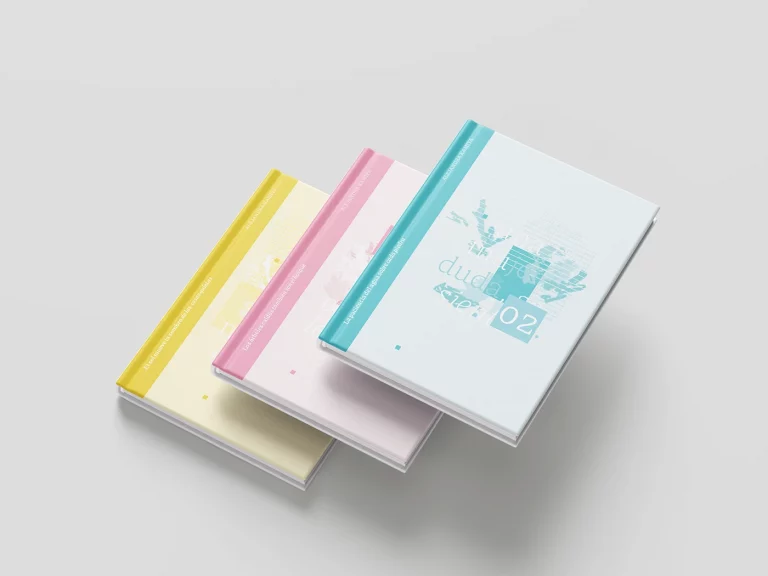
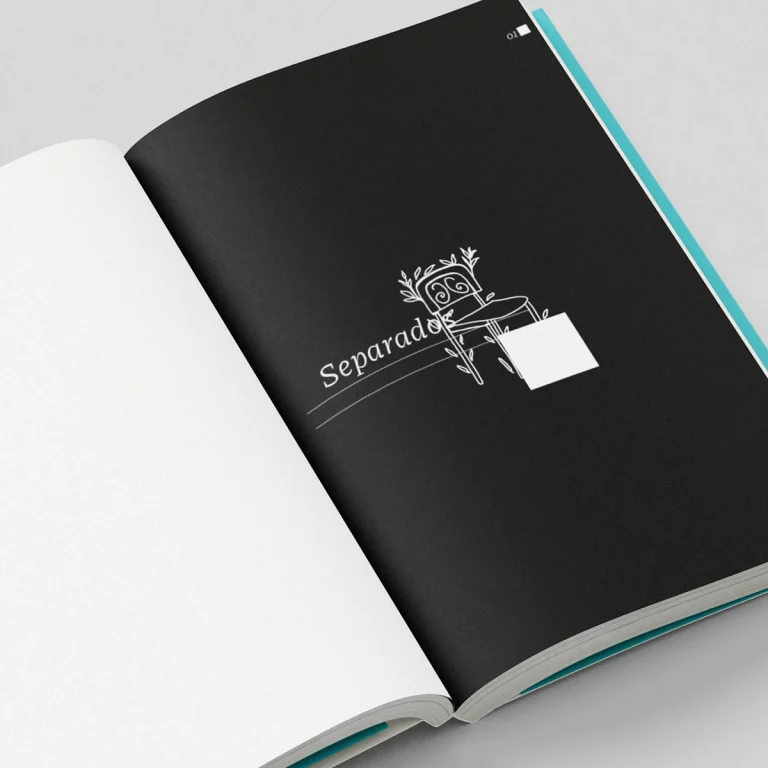
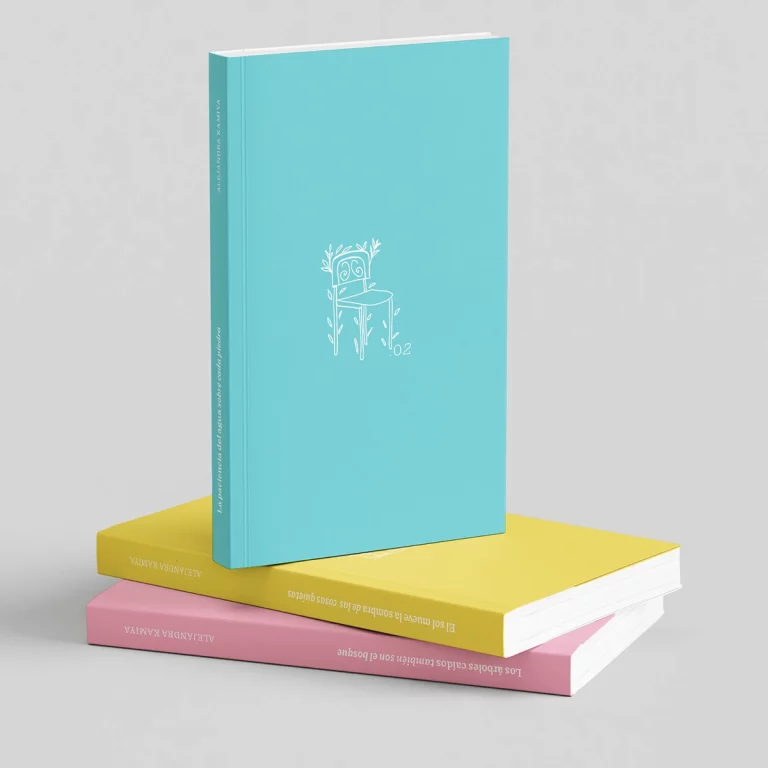
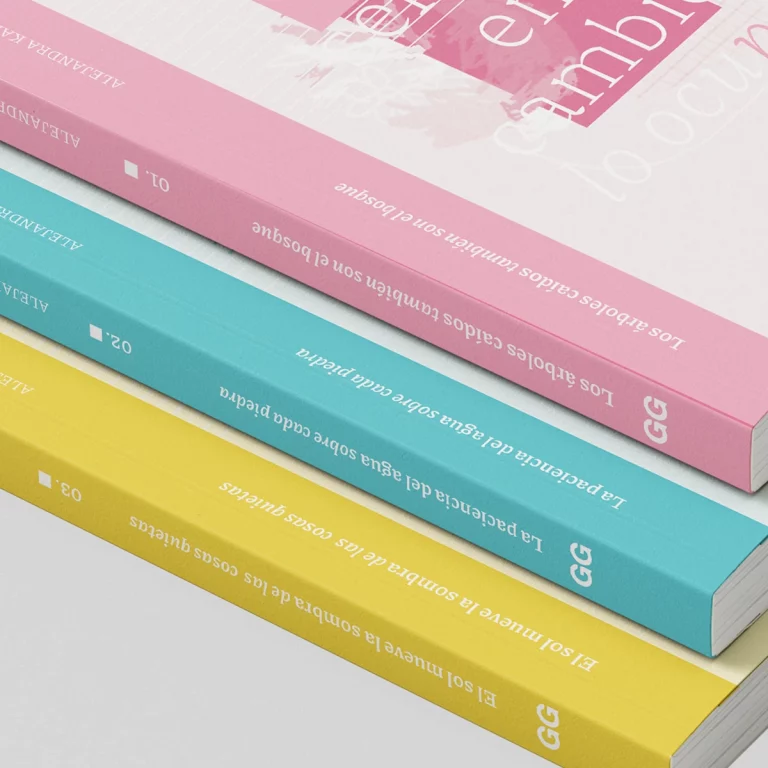
María Agustina Quiroga
2025
Colección de Libros
This project presents the design of a collection of three books by Alejandra Kamiya, focusing on the sensitivity of her writing and the development of a warm and subtle visual identity. Both the covers and the interior layouts of each volume were designed.
Each book includes a dust jacket featuring a large-scale excerpt from the text, inviting a first, fragmented, and suggestive reading. Once removed, it reveals a solid-colored cover, accompanied by a linear illustration and the collection number.
Adidas Project
by Felicia Hedström





Felicia Hedström
2018
Adidas Project
We have made a design project in collaboration with Adidas through our school Brobygrafiska. We decided to create a packaging in an unusual shape to fit today’s young adult and social media society.
Adidas projectThe packaging has a simple design on the outside, and a colorful pattern on the inside for an extra unboxing effect to the packaging when opening it.
PRÉSGÉPEZET
by Patkás Áron
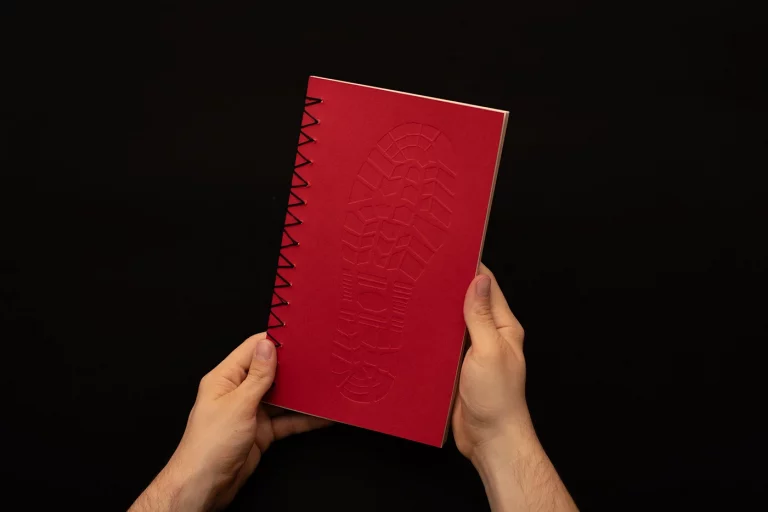

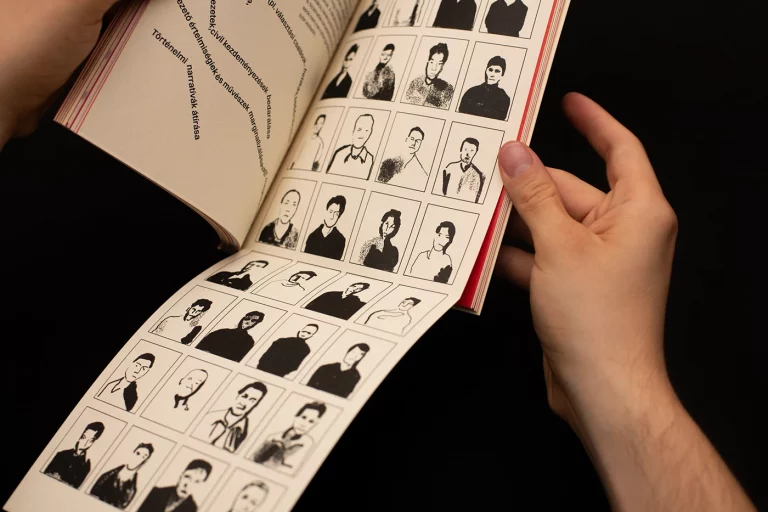
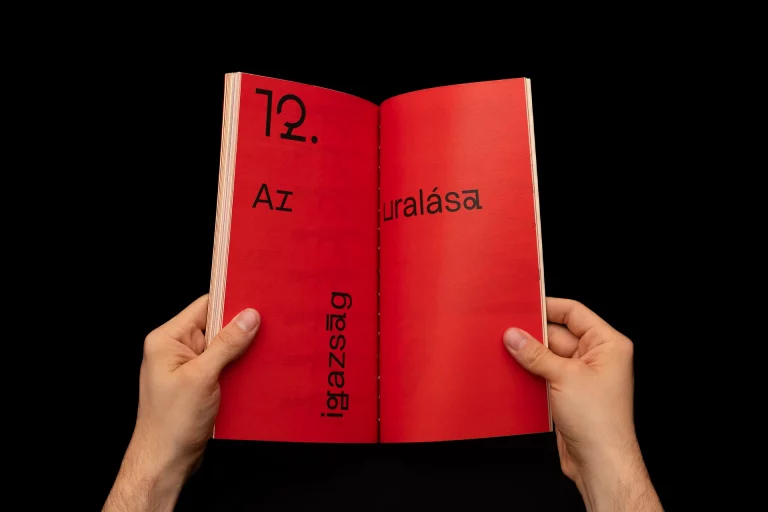
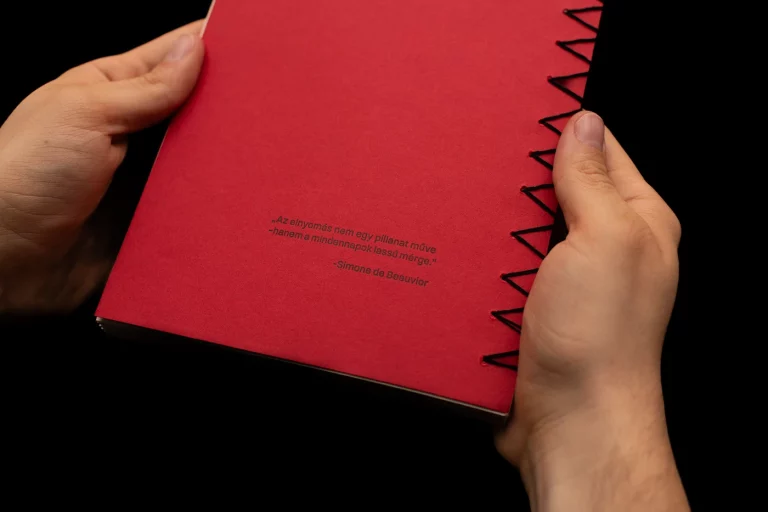
Patkás Áron
2025
PRÉSGÉPEZET
Each chapter seeks to creatively explore its respective theme—some in a more satirical tone, others in a more serious manner. The illustrations blend photographic, silhouette-style, and experimental hand-drawn elements. With this publication, I aim to raise awareness of political consciousness.
Onca
by Magno Gavancho Studio

Magno Gavancho Studio
2025
Onca
The deep purple hue, paired with crisp white, gives it a sharp, memorable edge. The mix of clean typographic blocks with bursts of lush, tropical illustrations nods to the chocolate’s origins and natural ingredients. It’s just the right amount of eclectic that will make you crave a chocolate bar in an instant.
Intelligent Beauty
by Found Studio
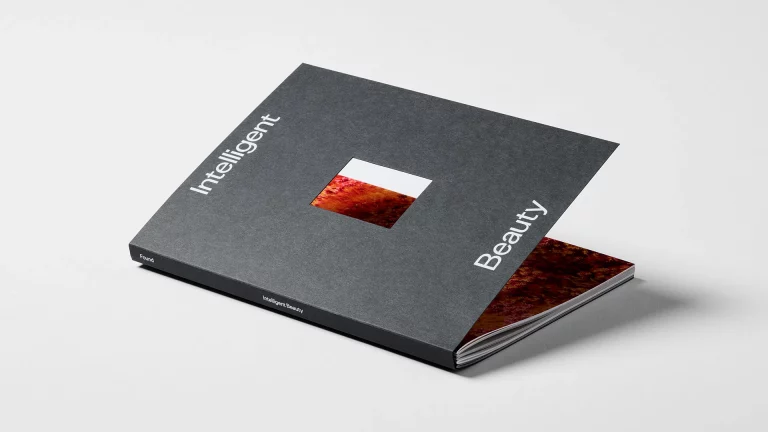
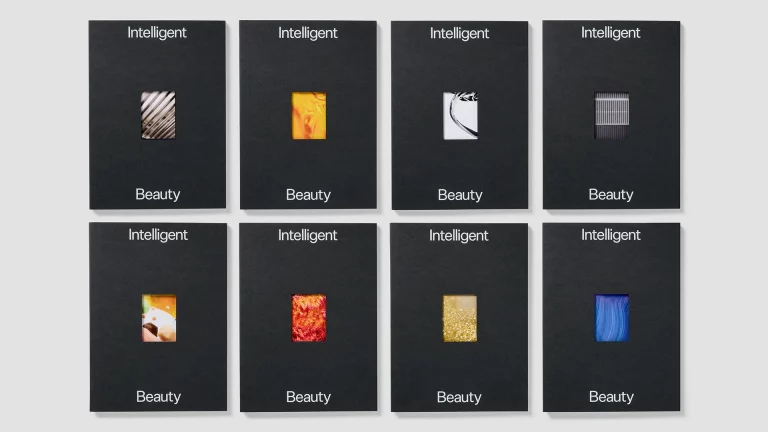


Found Studio
2025
Intelligent Beauty
Intelligent Beauty is more than a portfolio book; it’s a lovingly curated exploration of our approach. t blends research, conceptual thinking and print technology innovation with a collection of compelling visual content. Structured in two distinct chapters, the book reflects the dual nature of our proposition, revealing how one is never in play without the other.
Zongzi
by Pigeon Studio



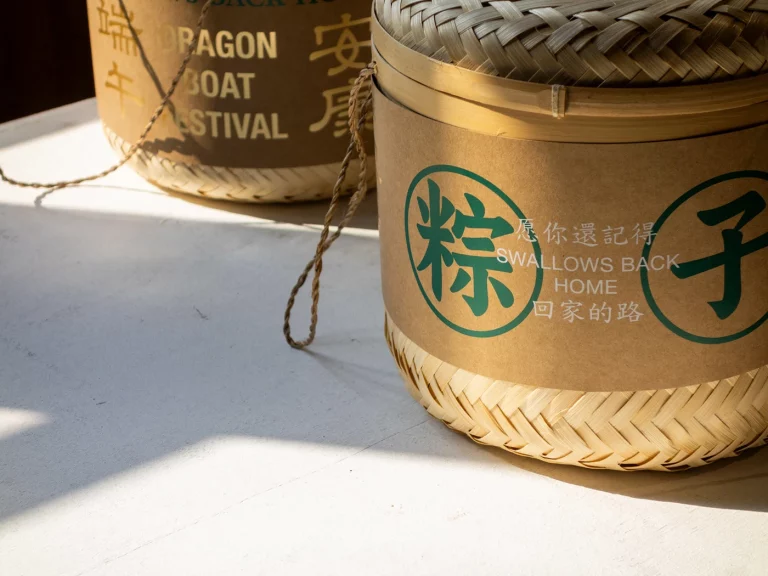

Pigeon Studio
2024
Zongzi
The design inspiration comes from the retro style of the 1980s, and integrates the elements of the trend at the same time. It is a fusion attempt of old retro and new fashion. The overall design is simple and eye-catching, suitable for all ages. This time, raw, rough kraft paper and hand-woven bamboo baskets were selected as the packaging materials of the product. Design in a lower cost, back-to-basics way. Relatively environmentally friendly materials and printing methods reduce environmental pollution, and return the protagonist to the product itself, and the concept of the brand can also be echoed.
Eco Mirai
by Tanya Zbaratsky

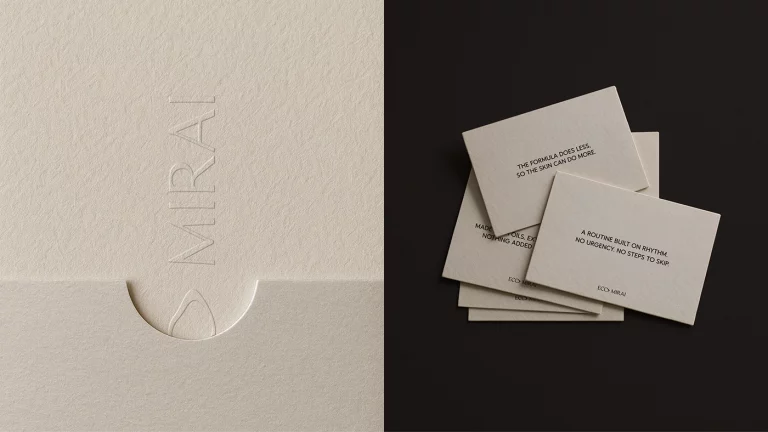
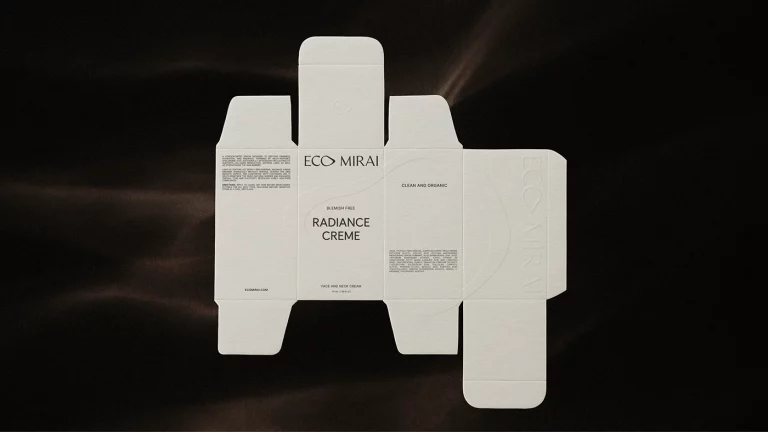

Tanya Zbaratsky
2025
Eco Mirai
The new identity centers on soft forms, transparent layering, and a fluid symbol that merges water and time – a visual metaphor for gentle, ongoing care. Through delicate typography, natural tones, and considered visual rhythm, the brand communicates clarity and sincerity, creating a cohesive experience that feels both meaningful and elevated.
Zongzi
by Pigeon Studio



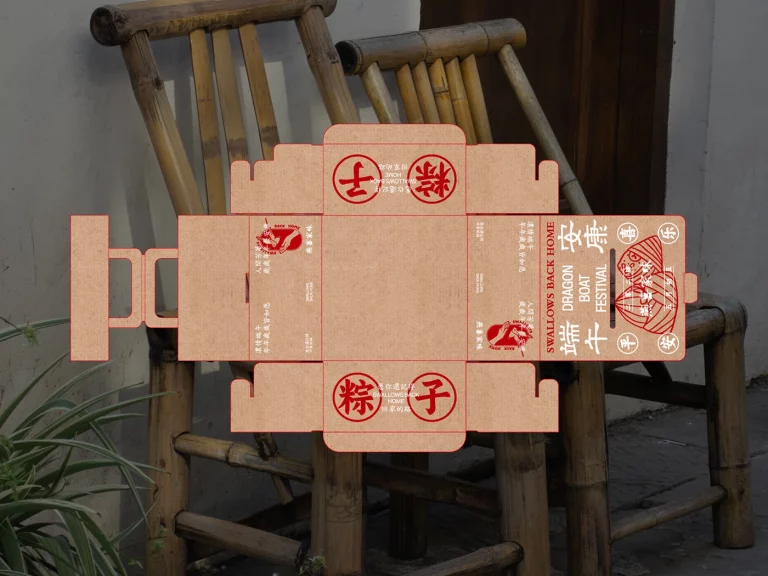

Pigeon Studio
2024
Zongzi
The design inspiration comes from the retro style of the 1980s, and integrates the elements of the trend at the same time. It is a fusion attempt of old retro and new fashion. The overall design is simple and eye-catching, suitable for all ages. This time, raw, rough kraft paper and hand-woven bamboo baskets were selected as the packaging materials of the product. Design in a lower cost, back-to-basics way. Relatively environmentally friendly materials and printing methods reduce environmental pollution, and return the protagonist to the product itself, and the concept of the brand can also be echoed.
That's All, Folks!
Legen Sie ihre Marke in unsere Hände.








